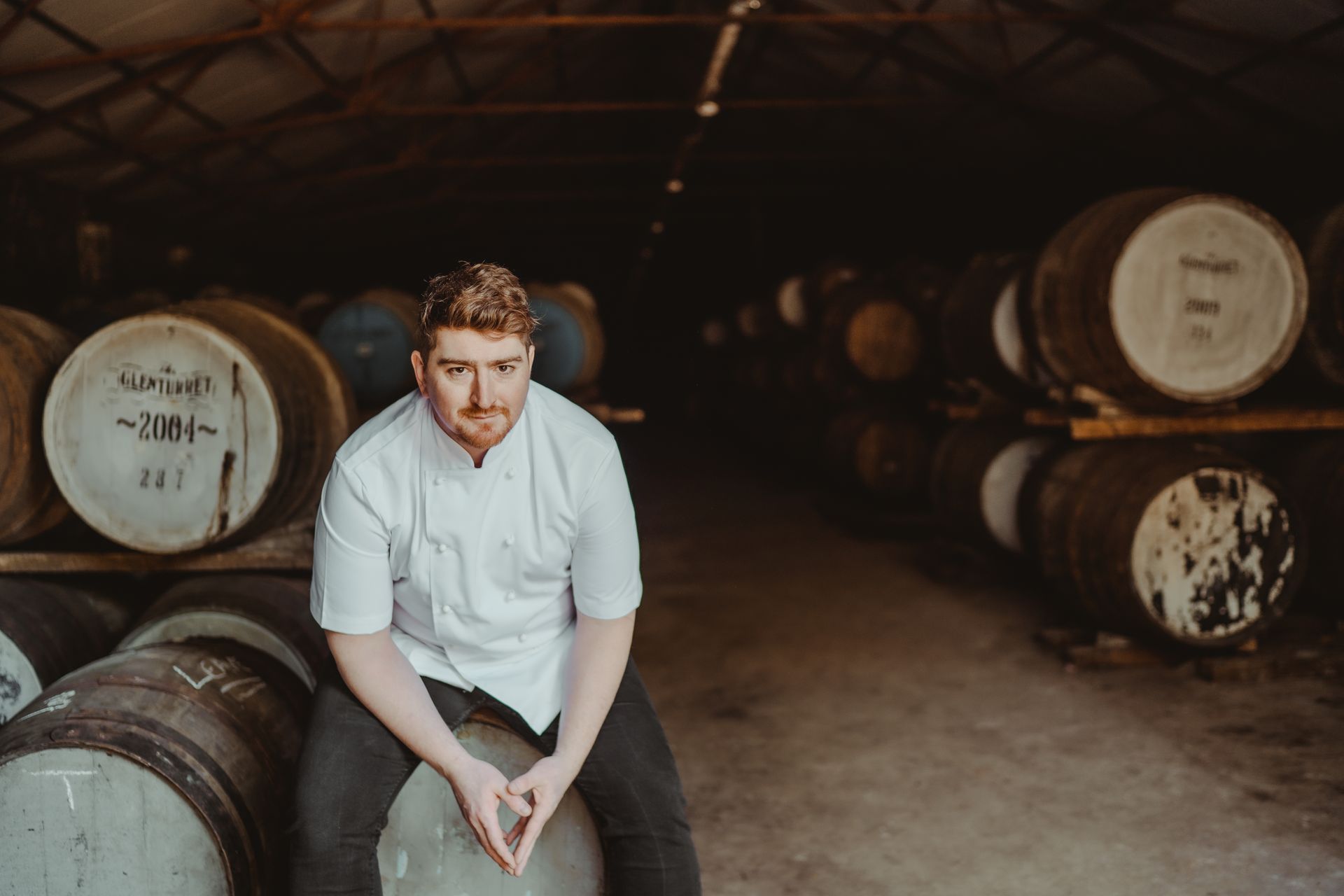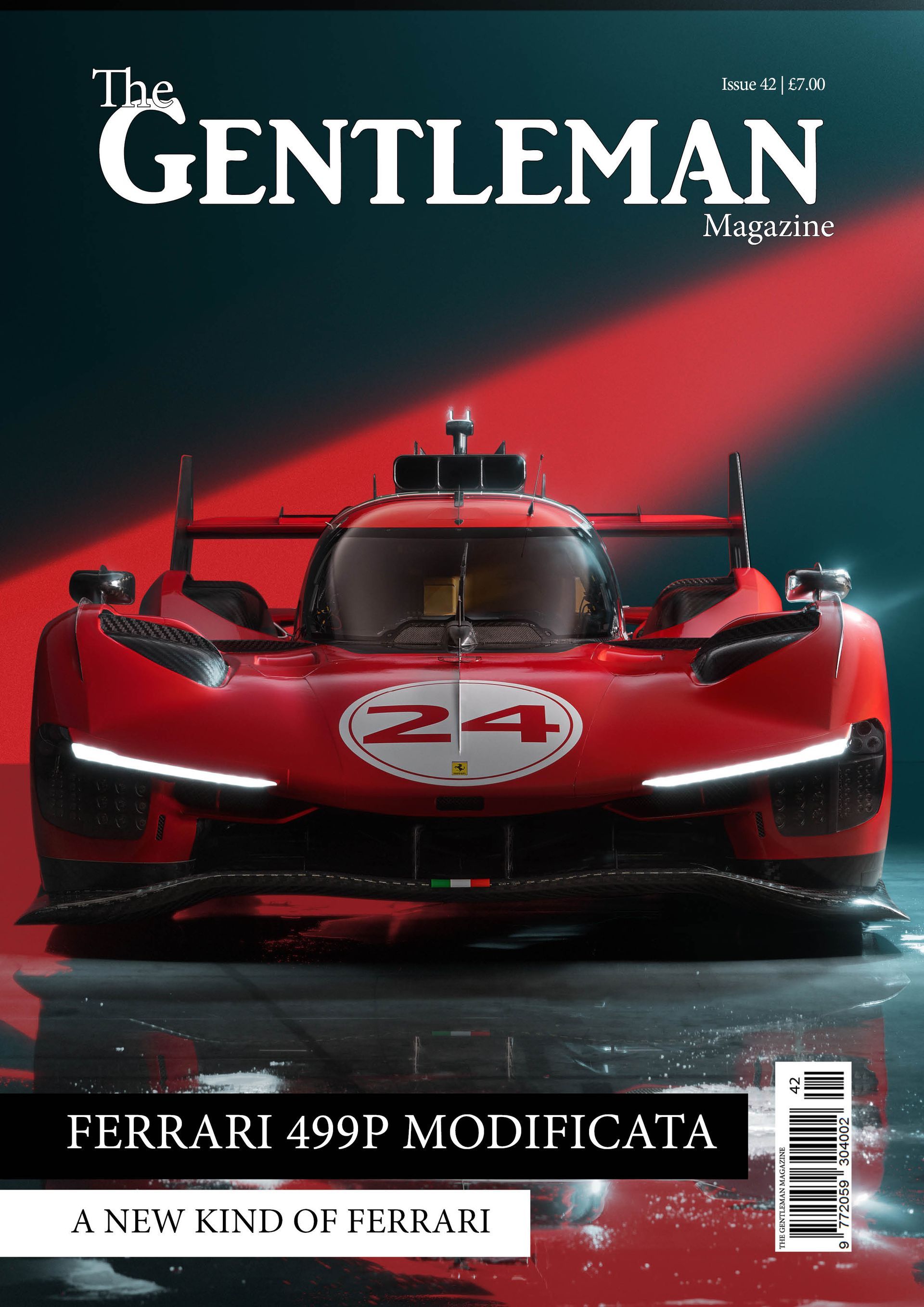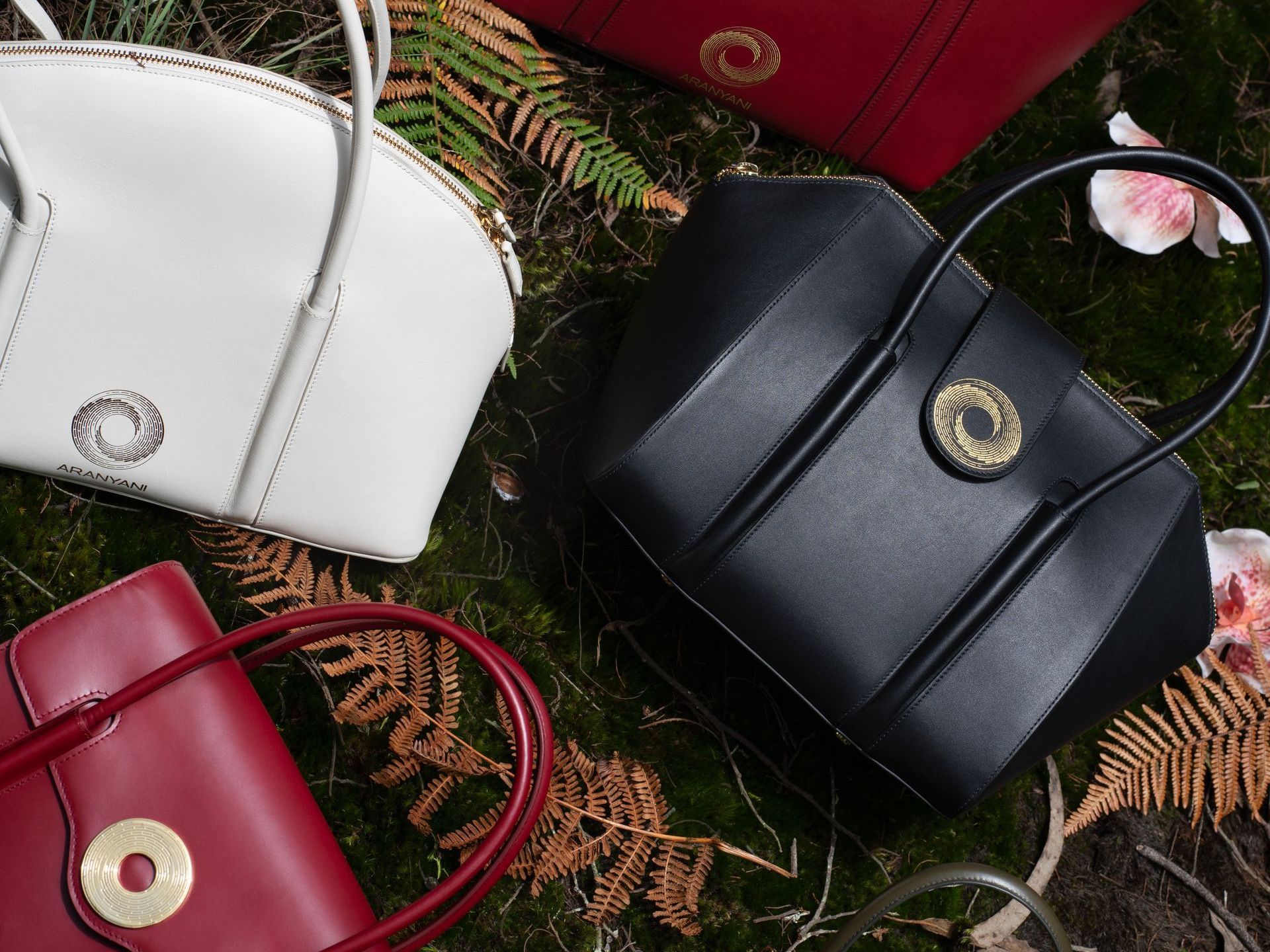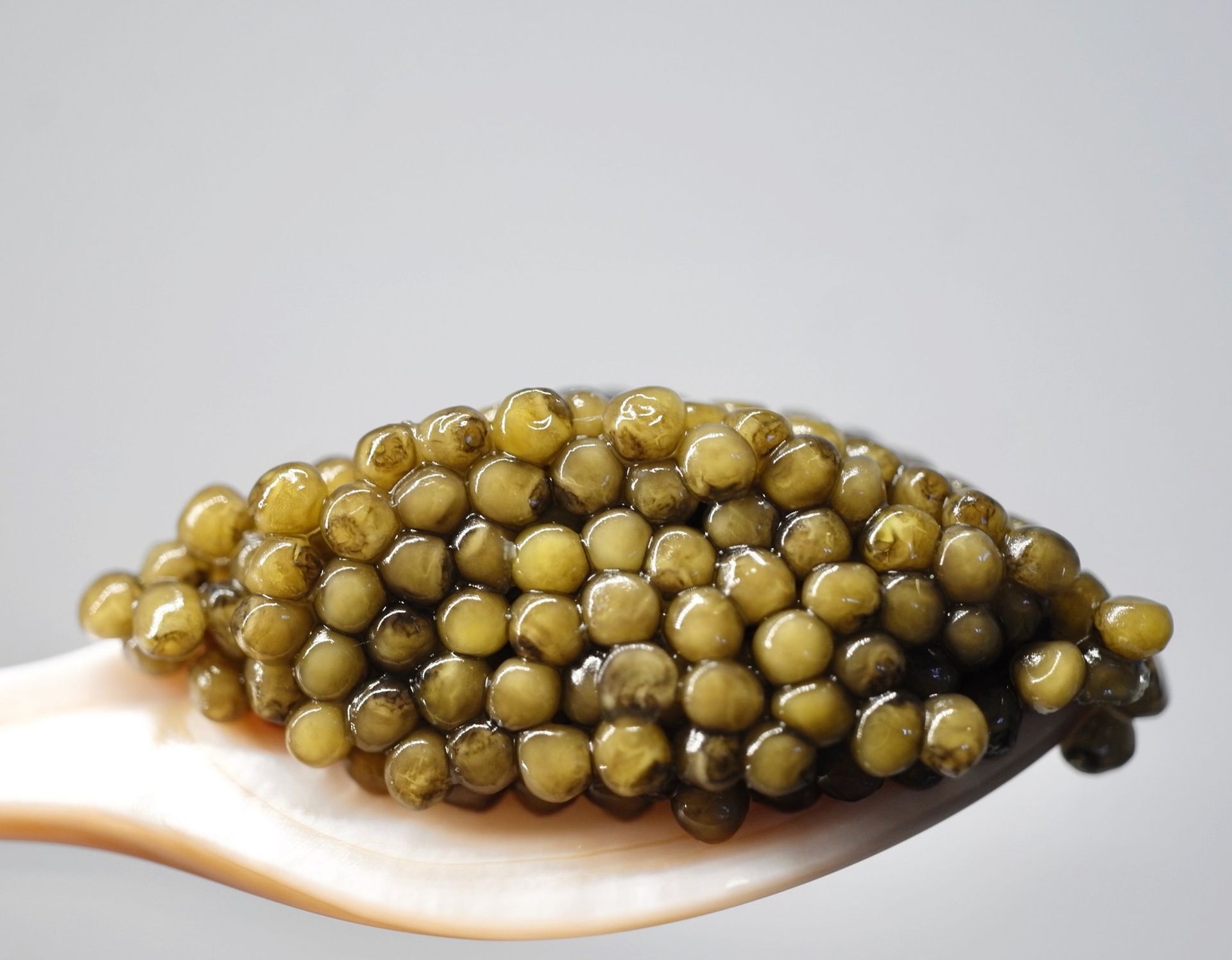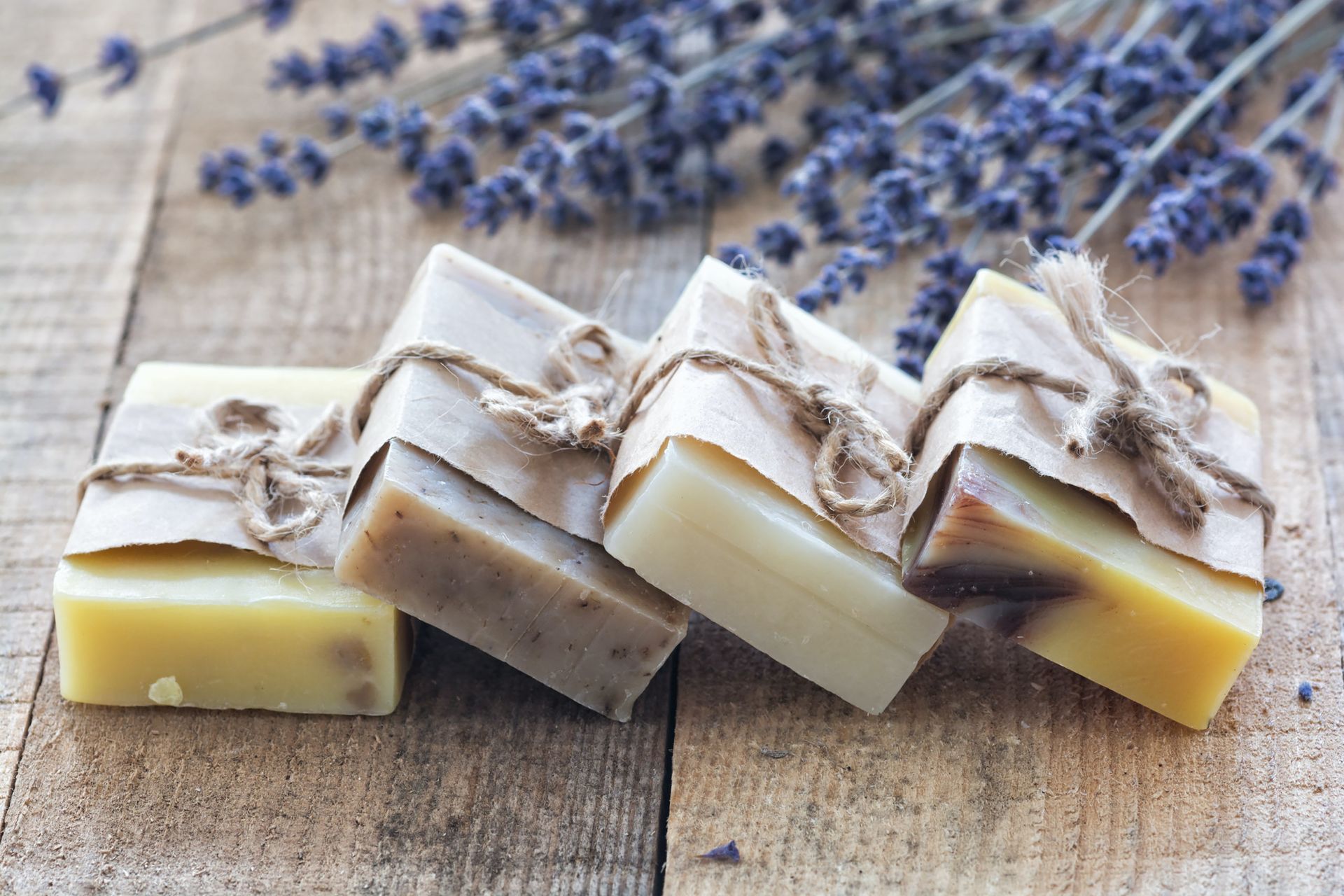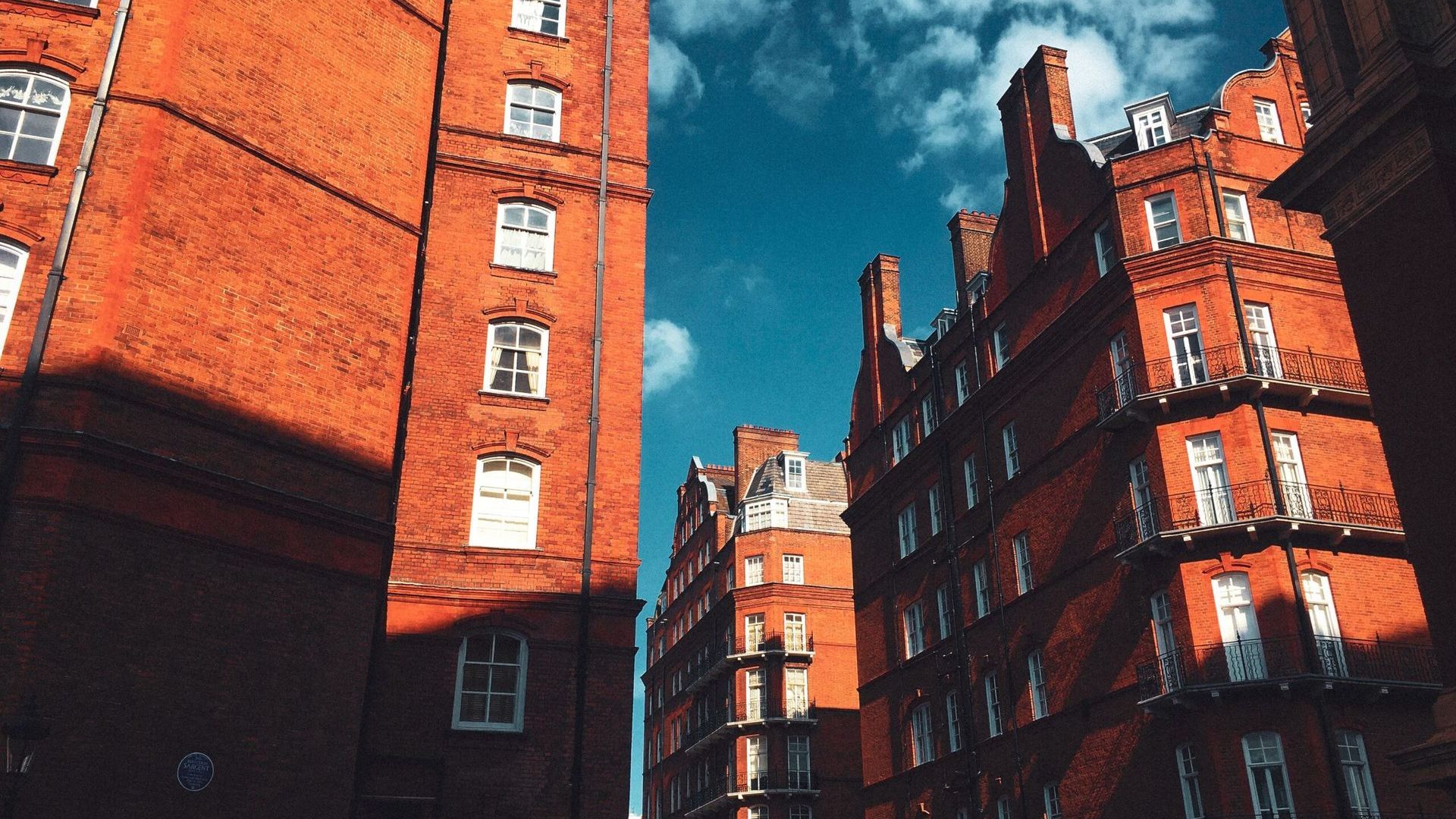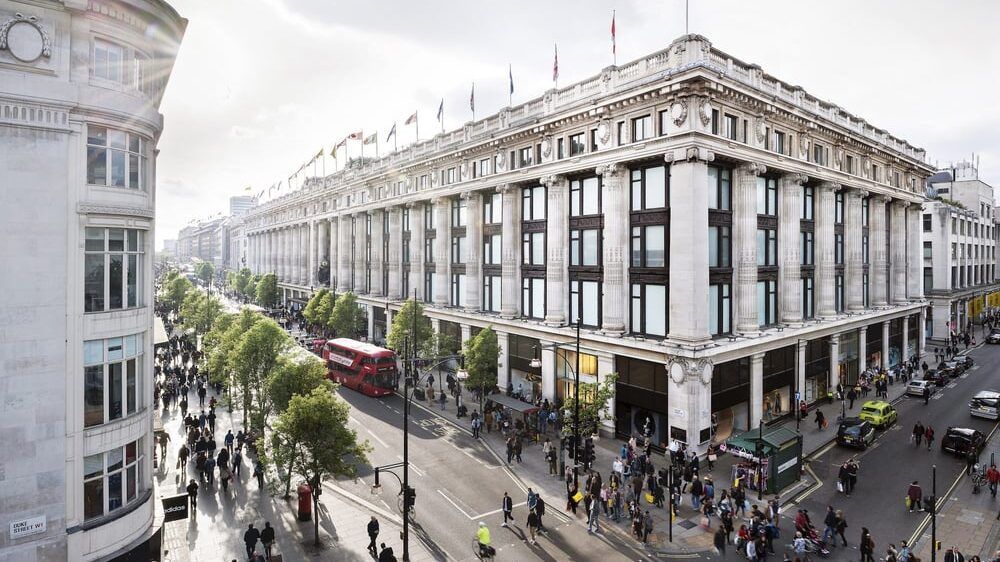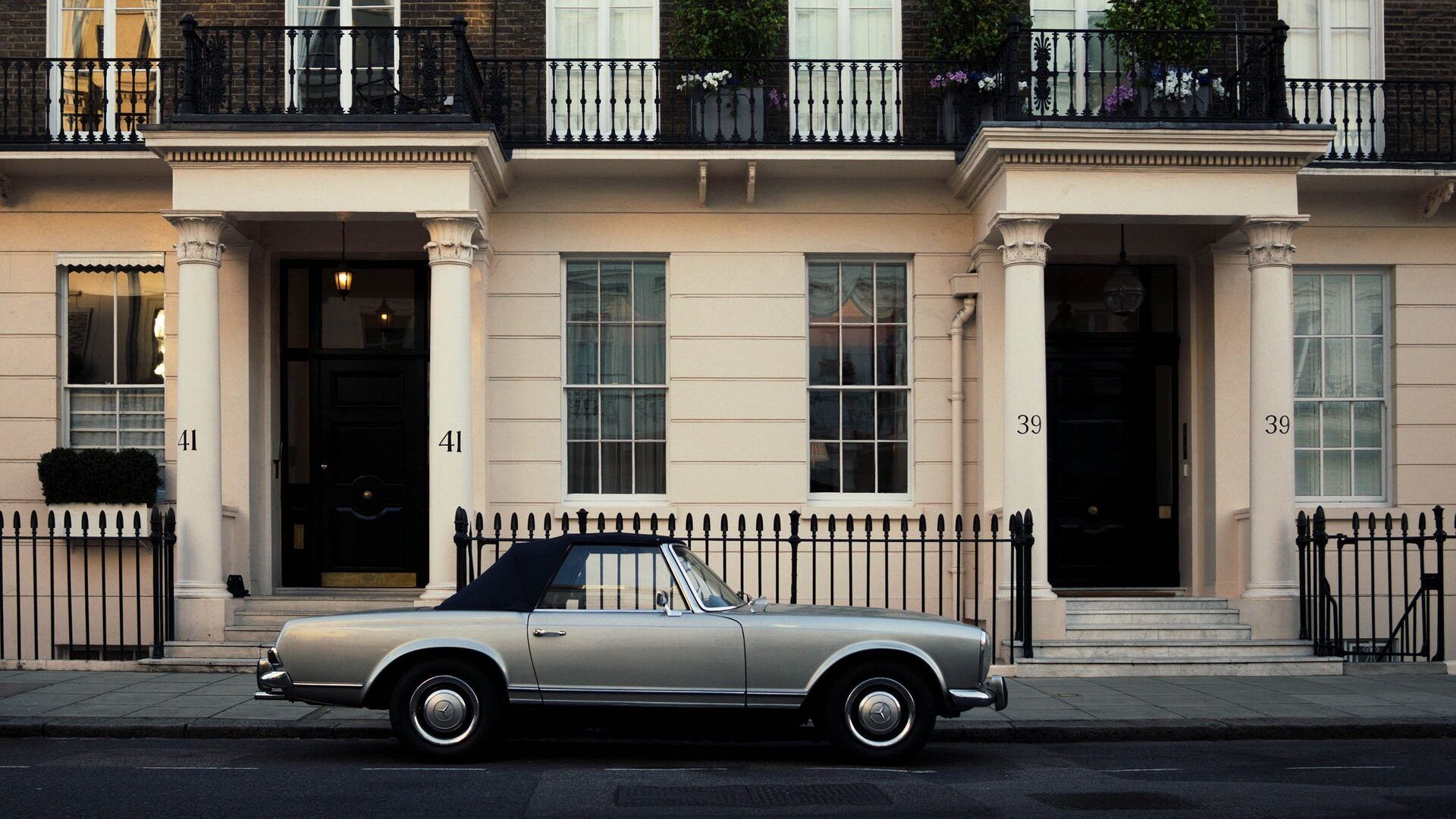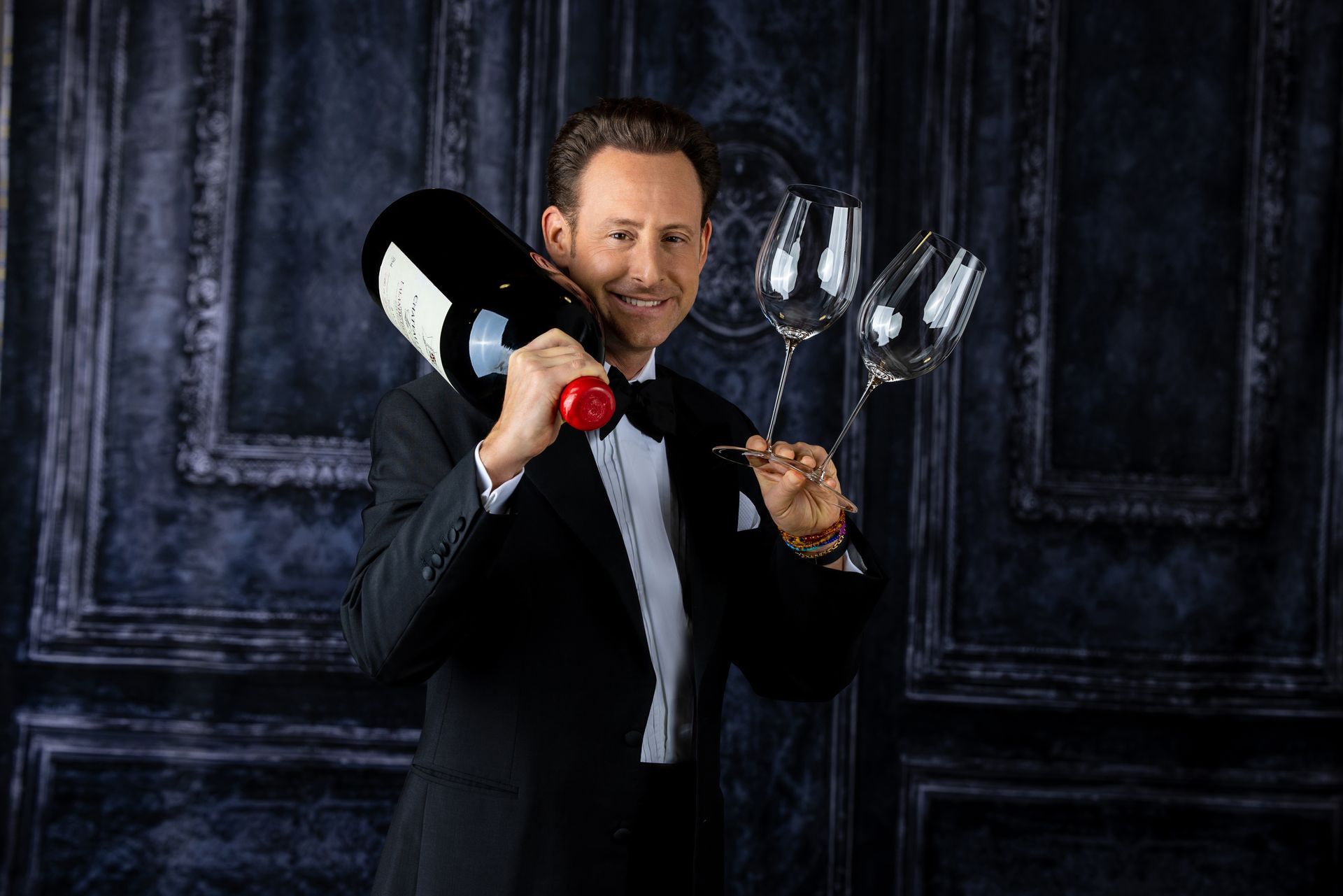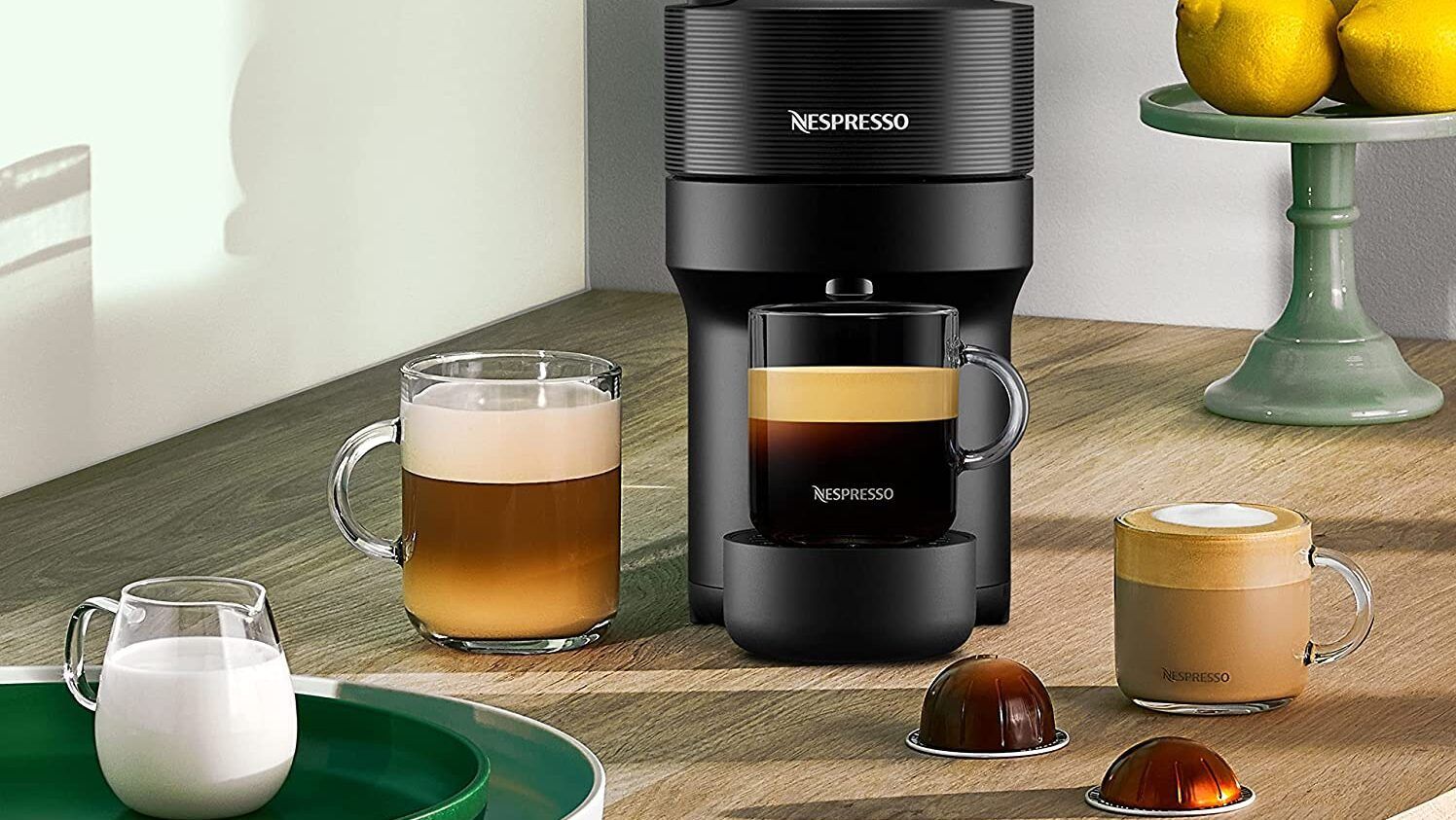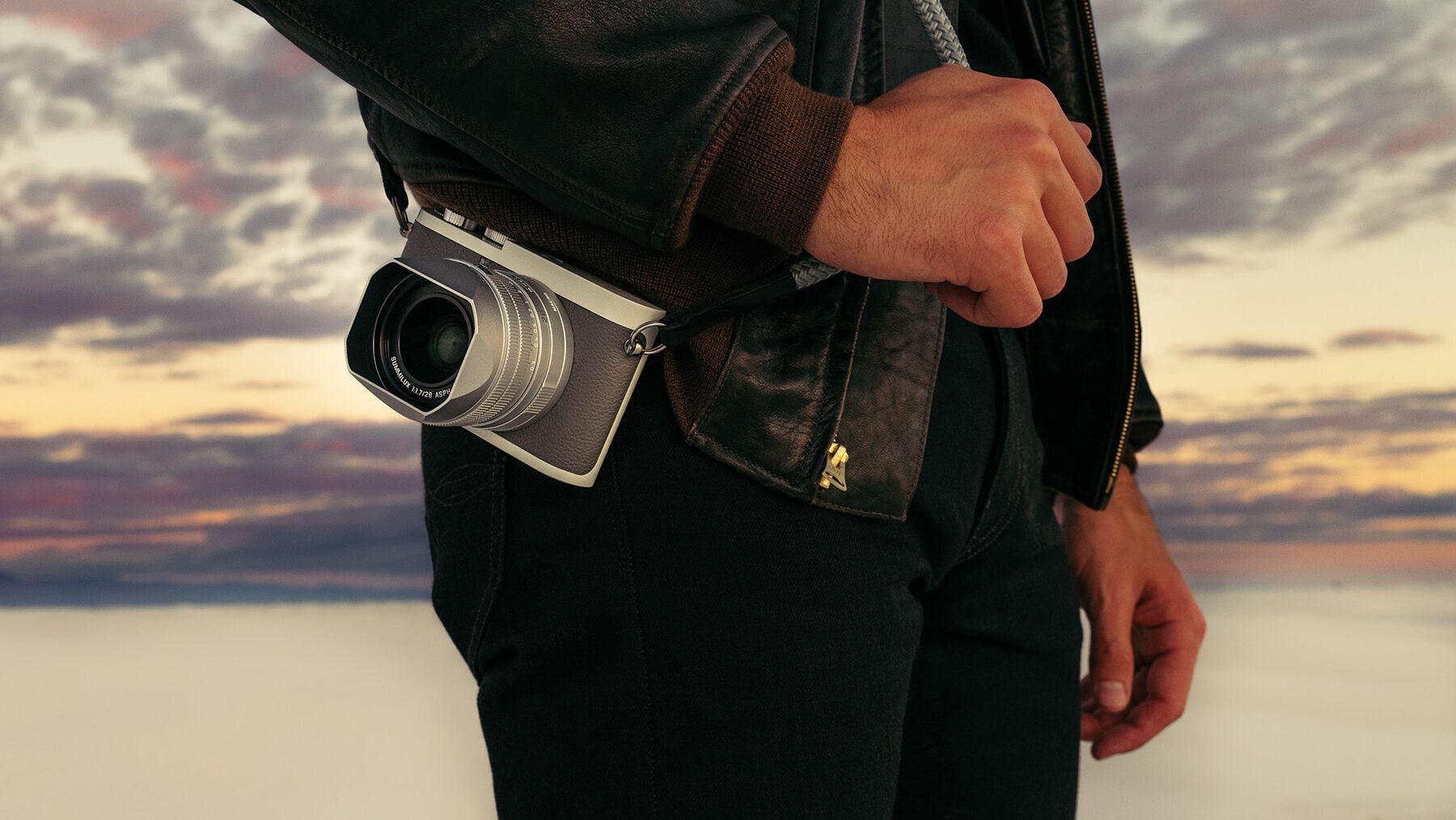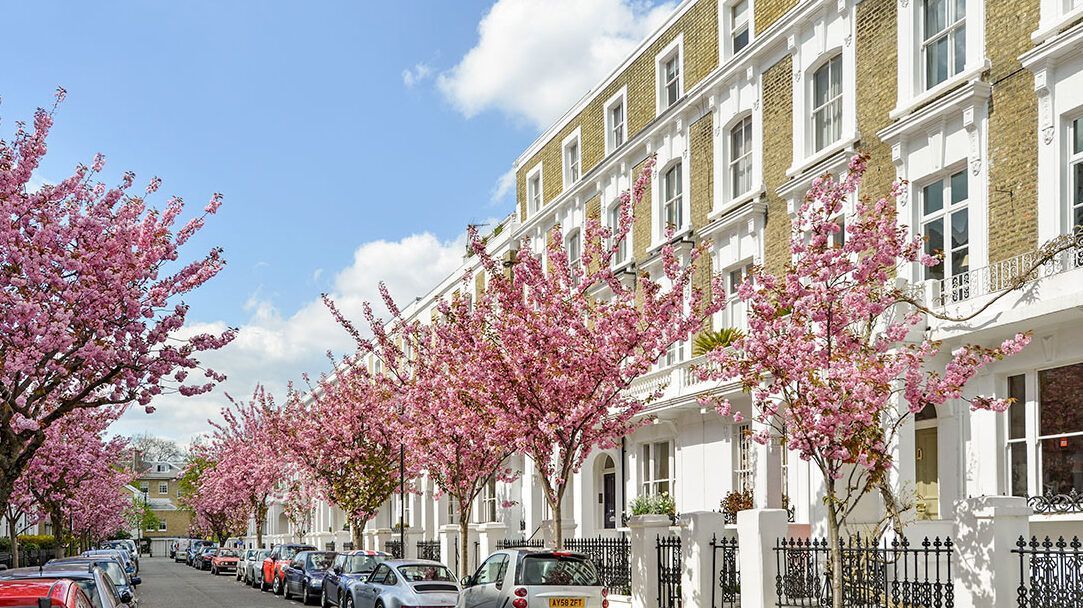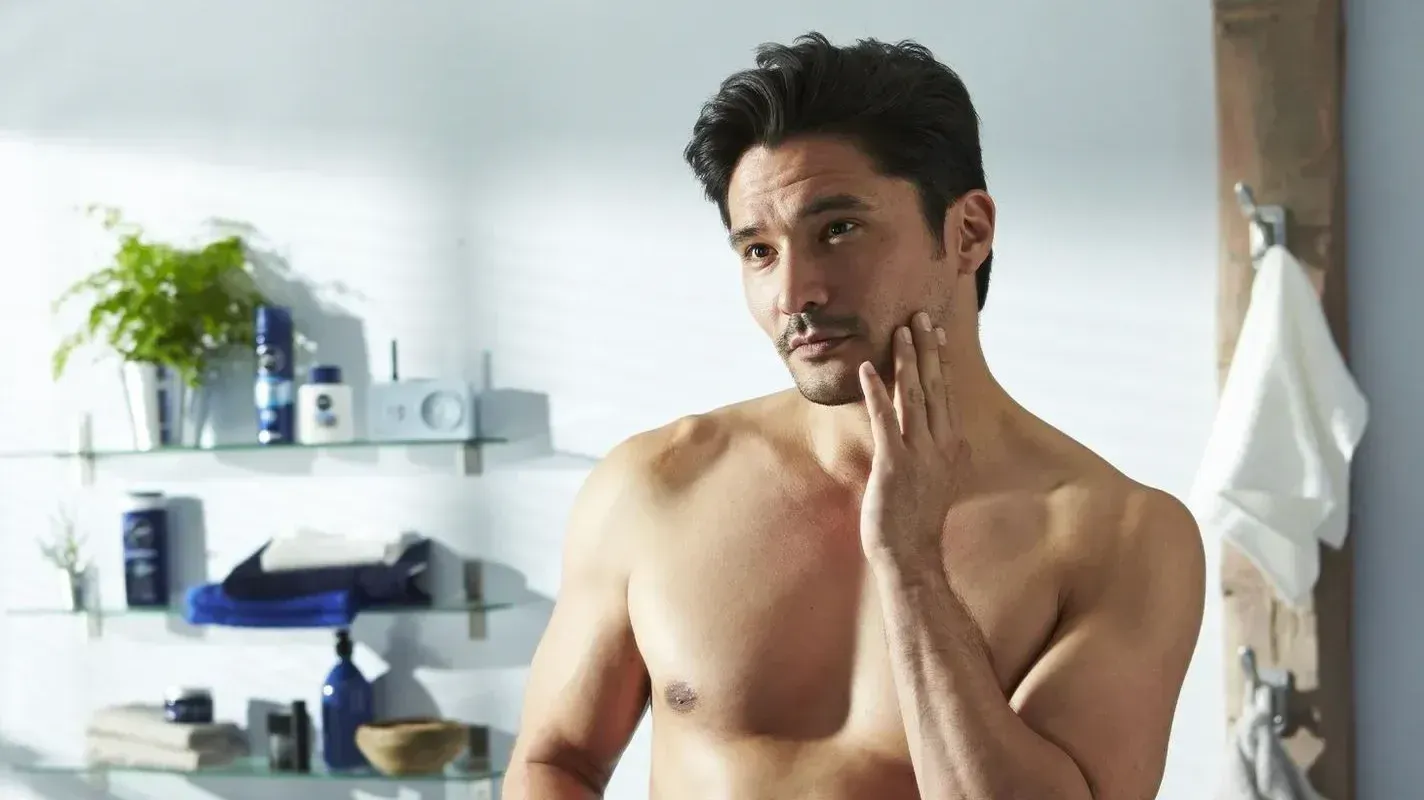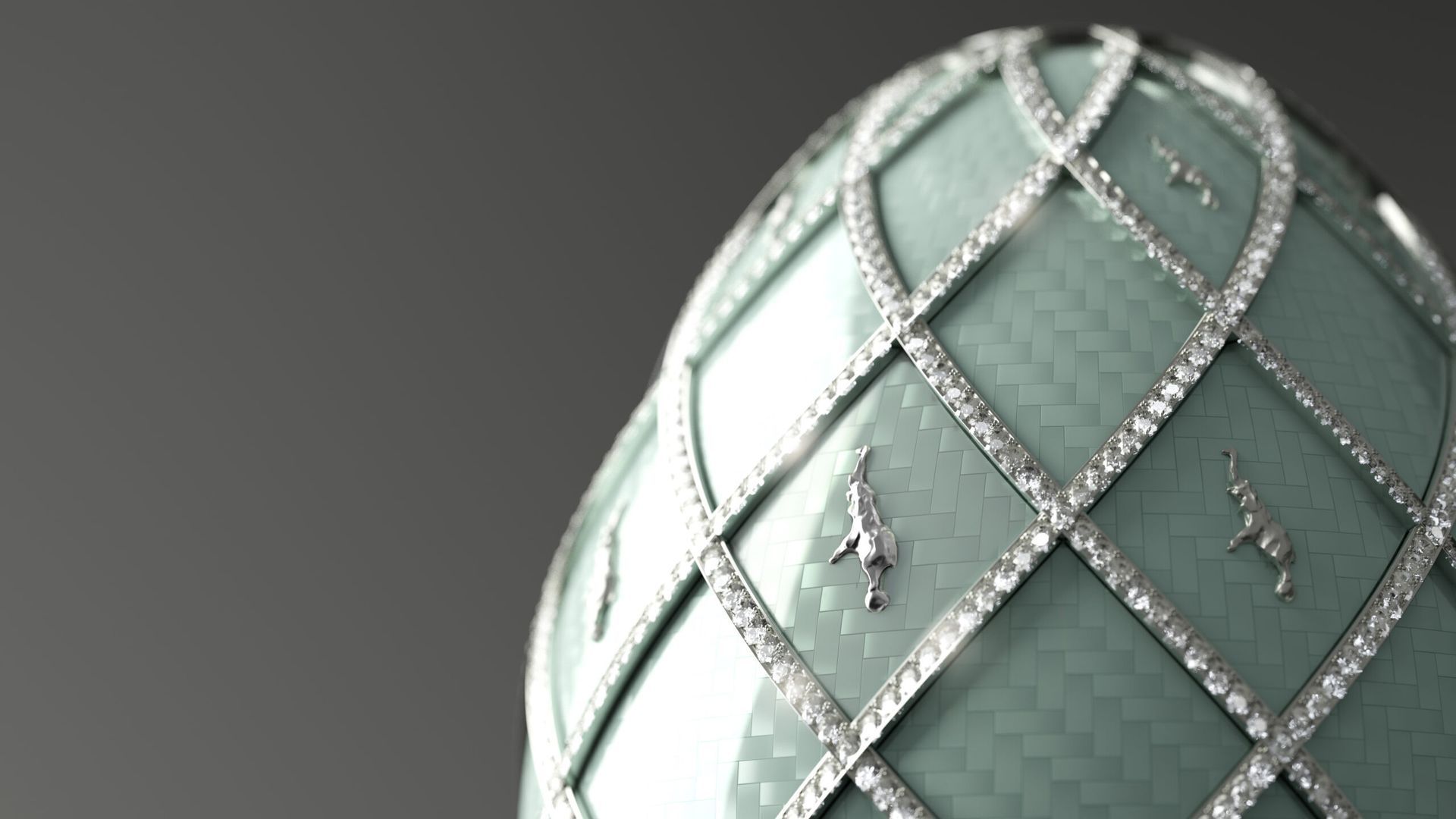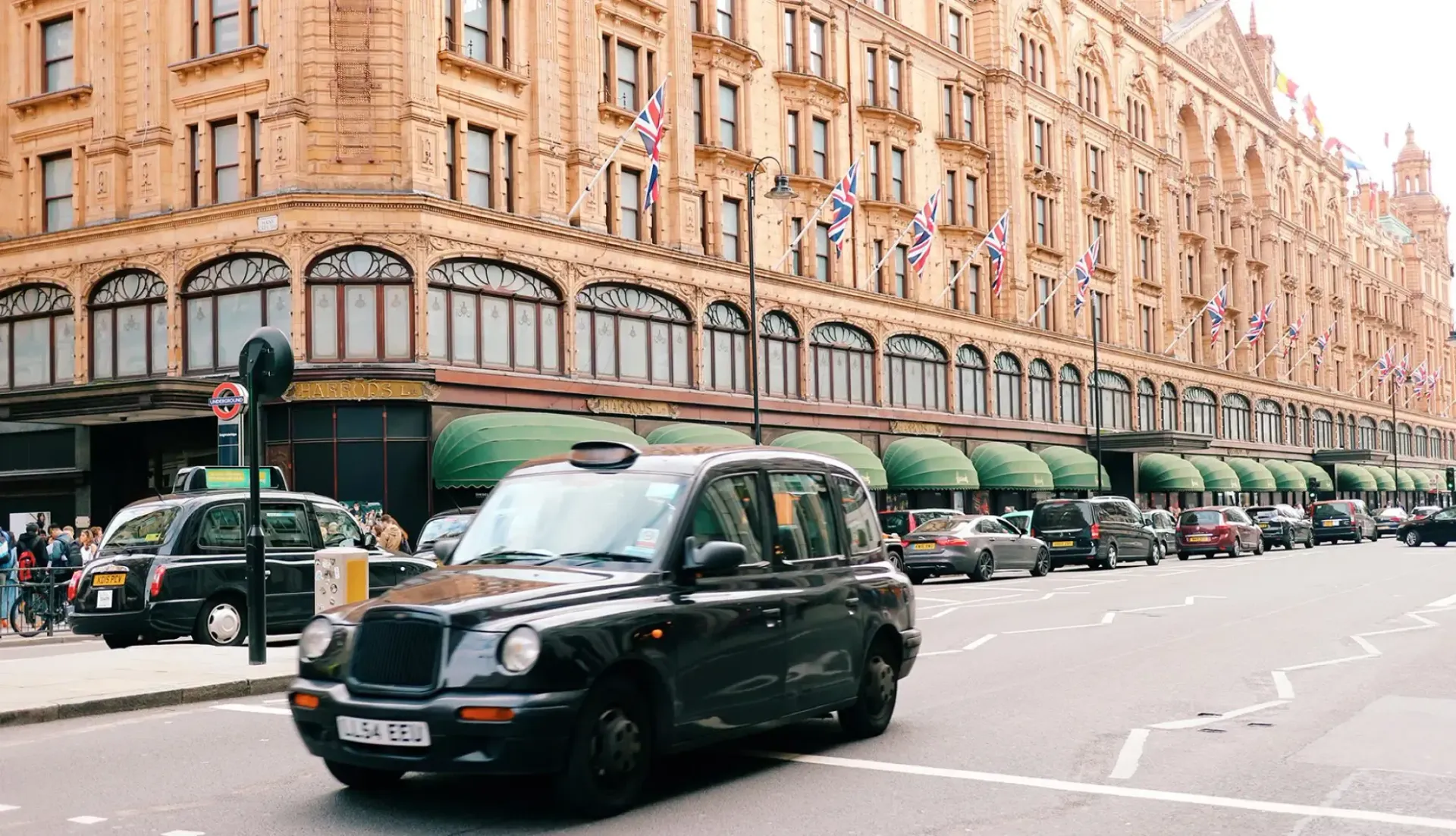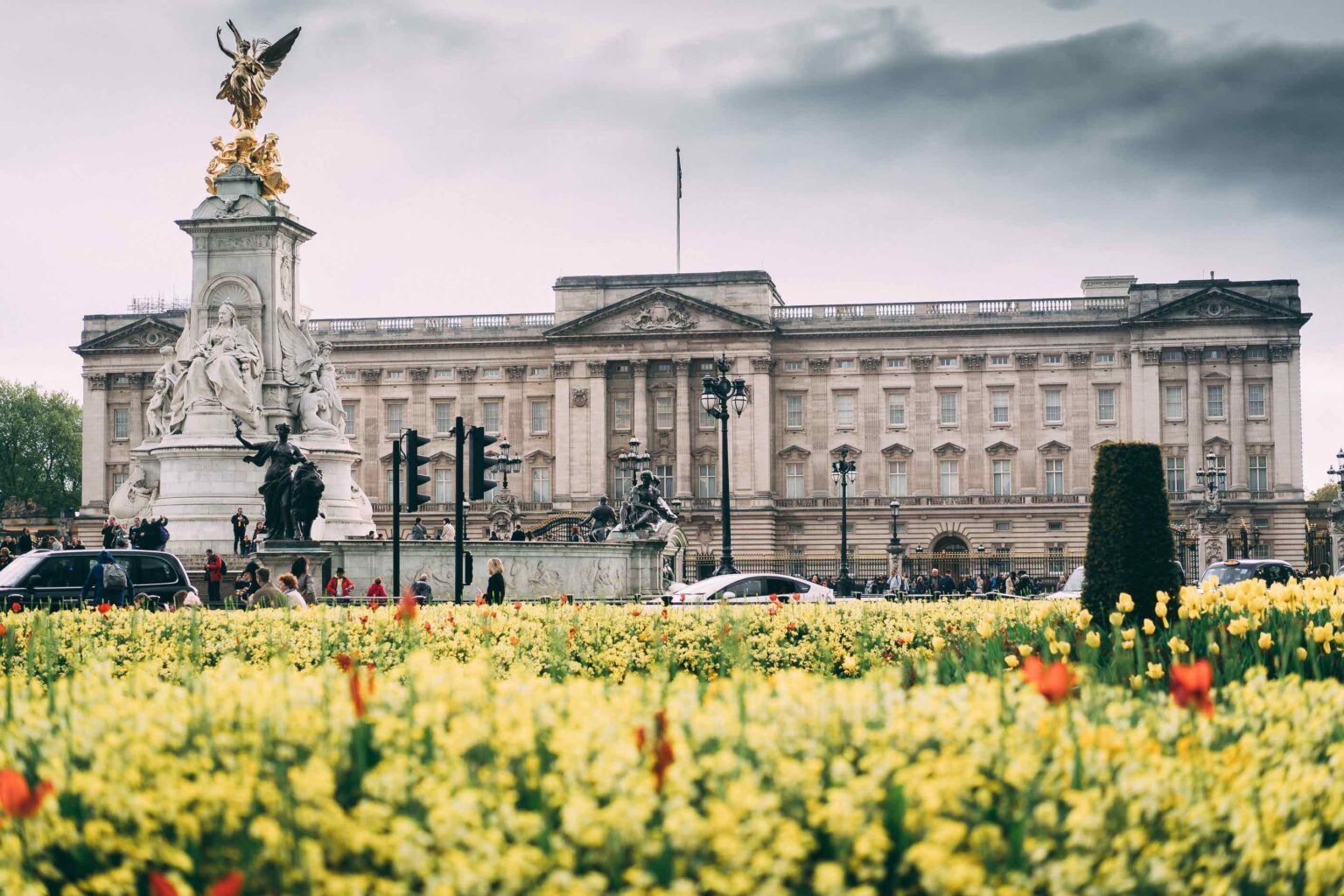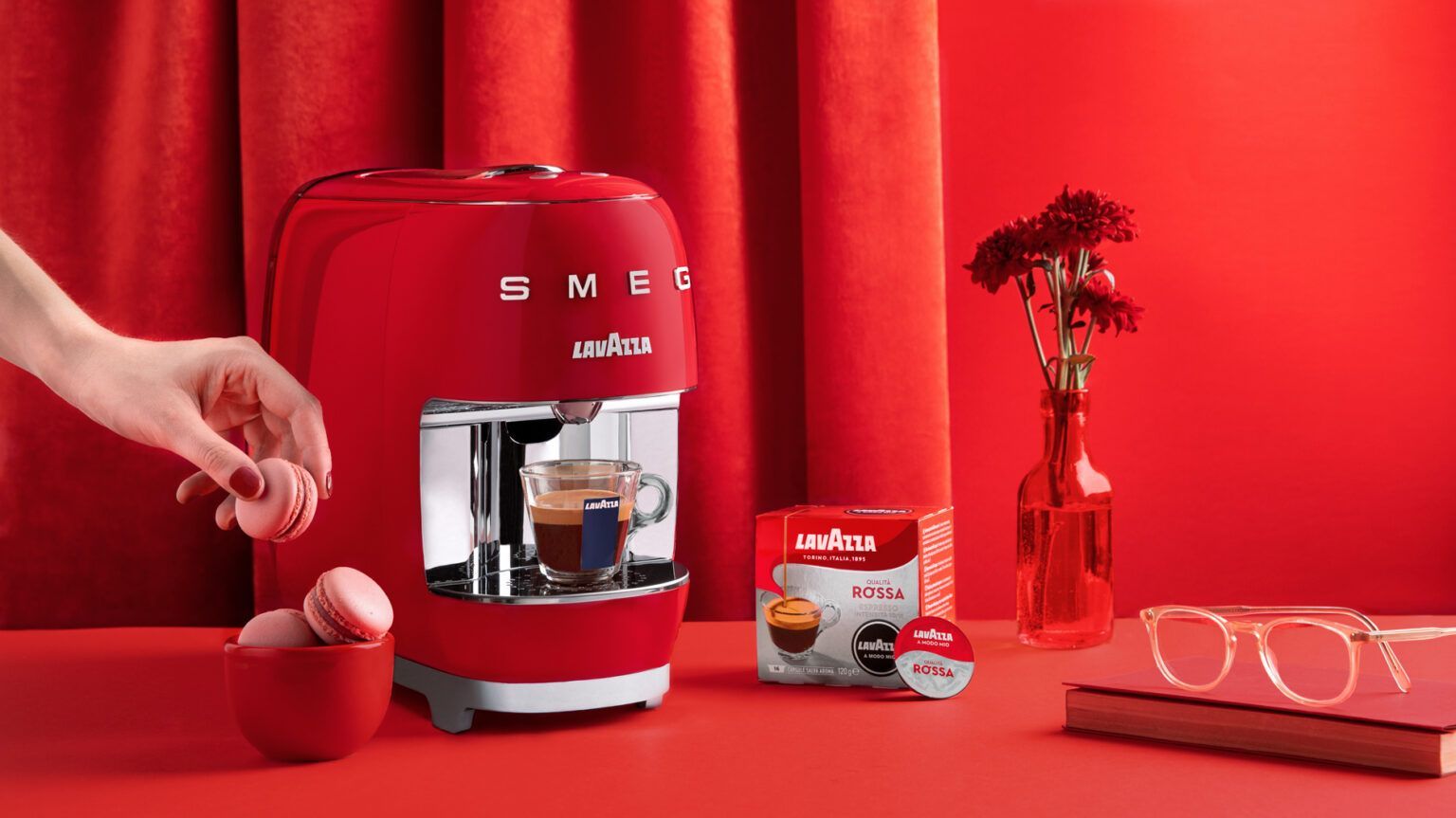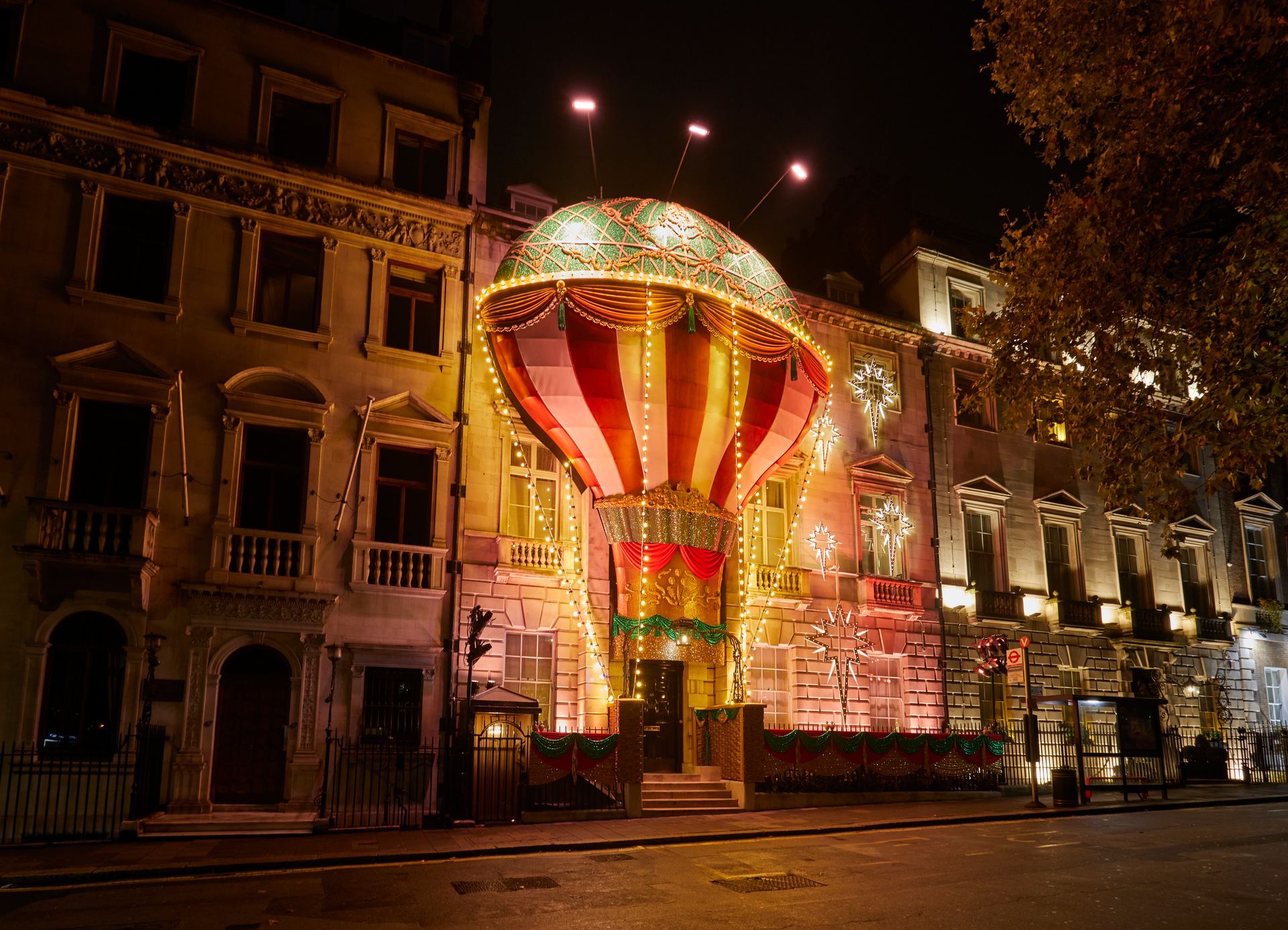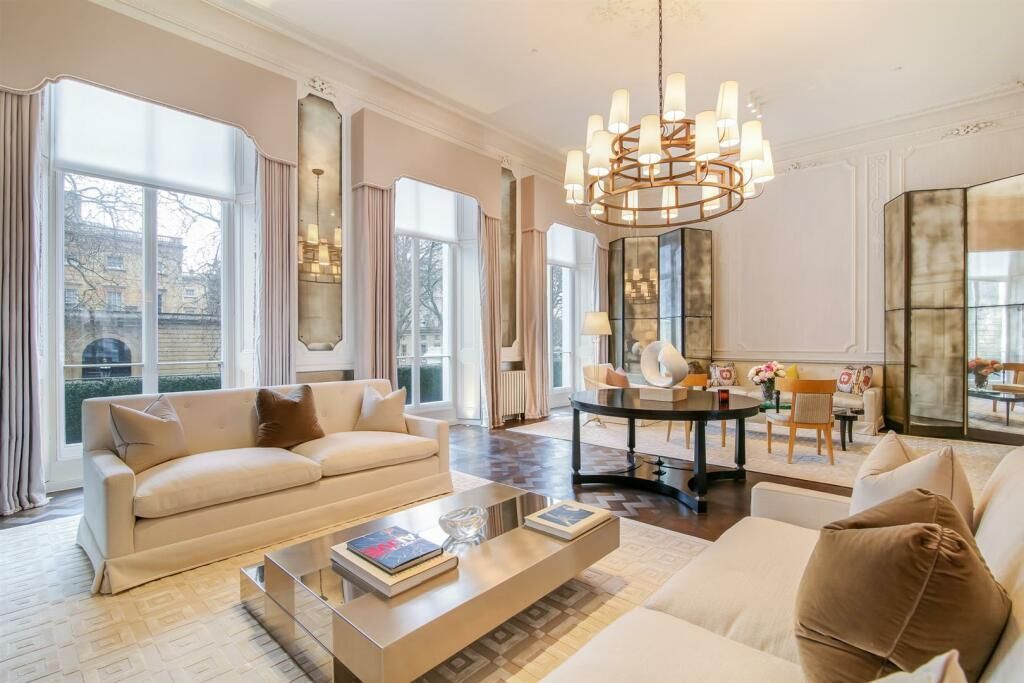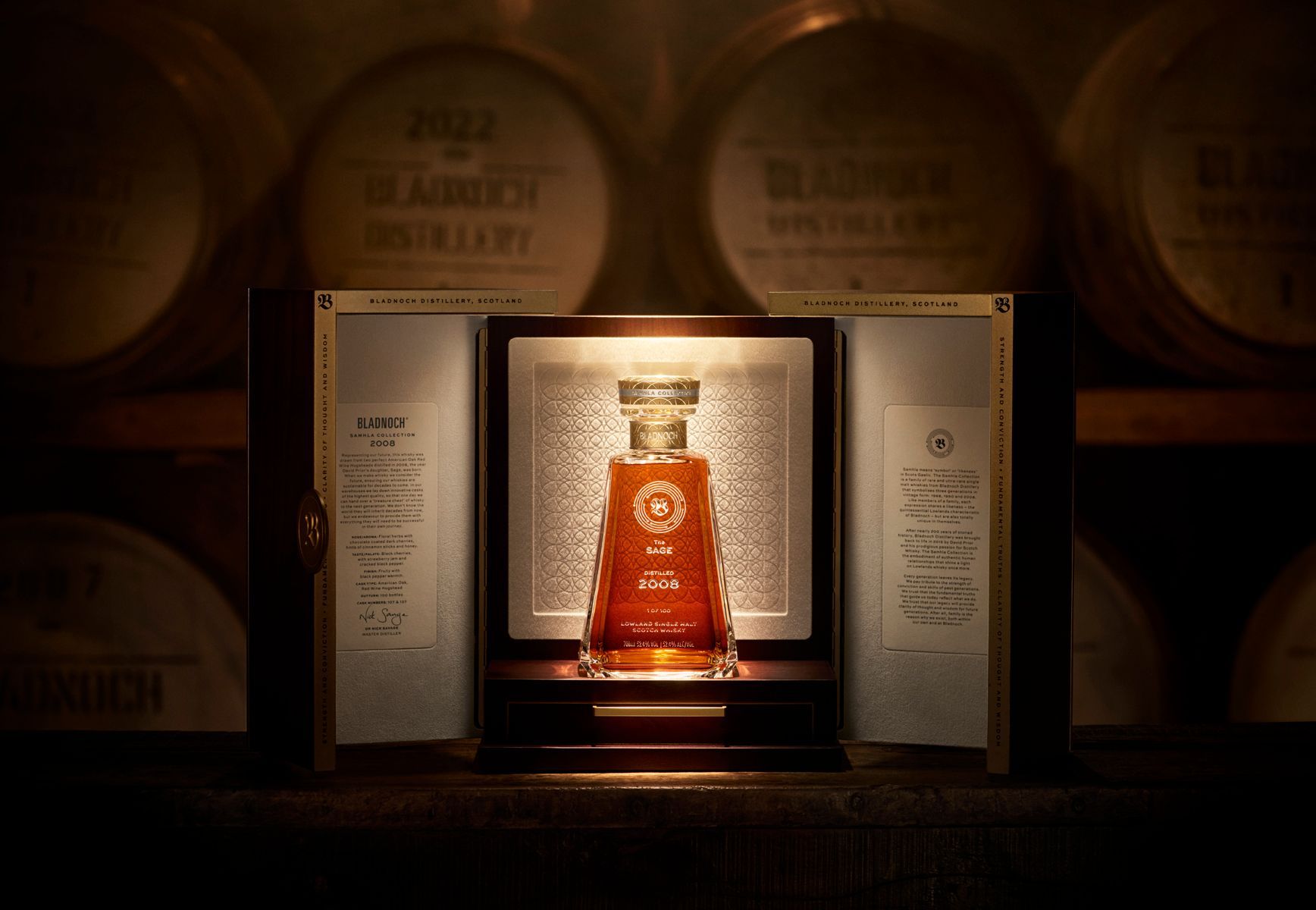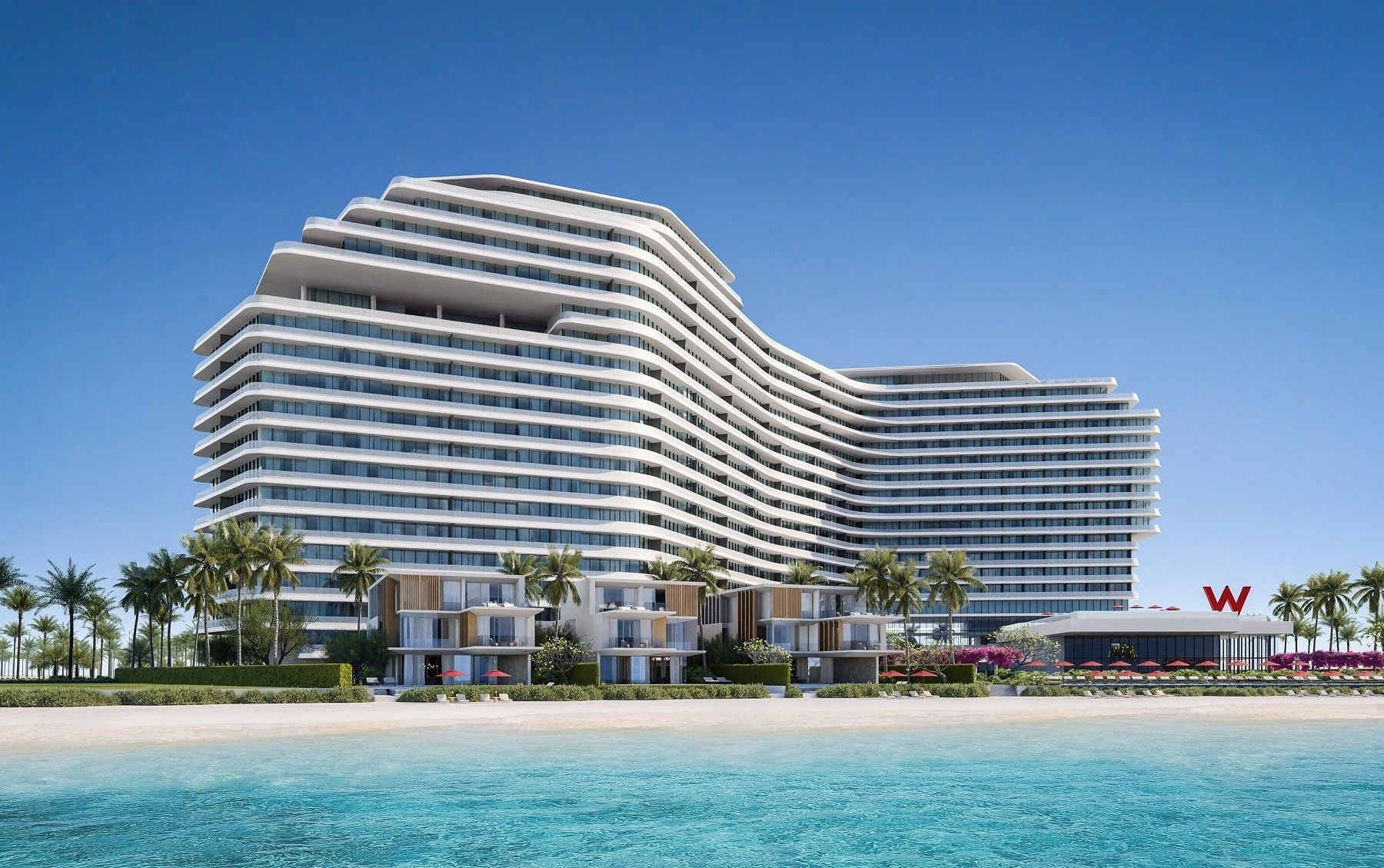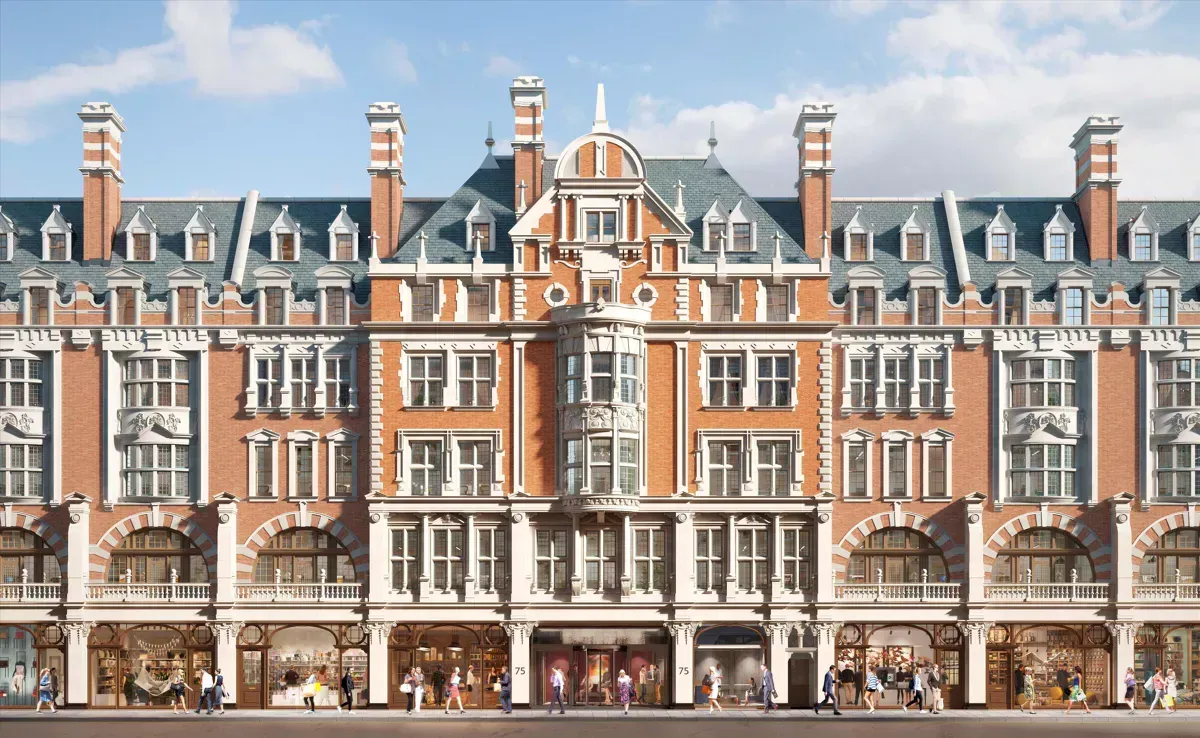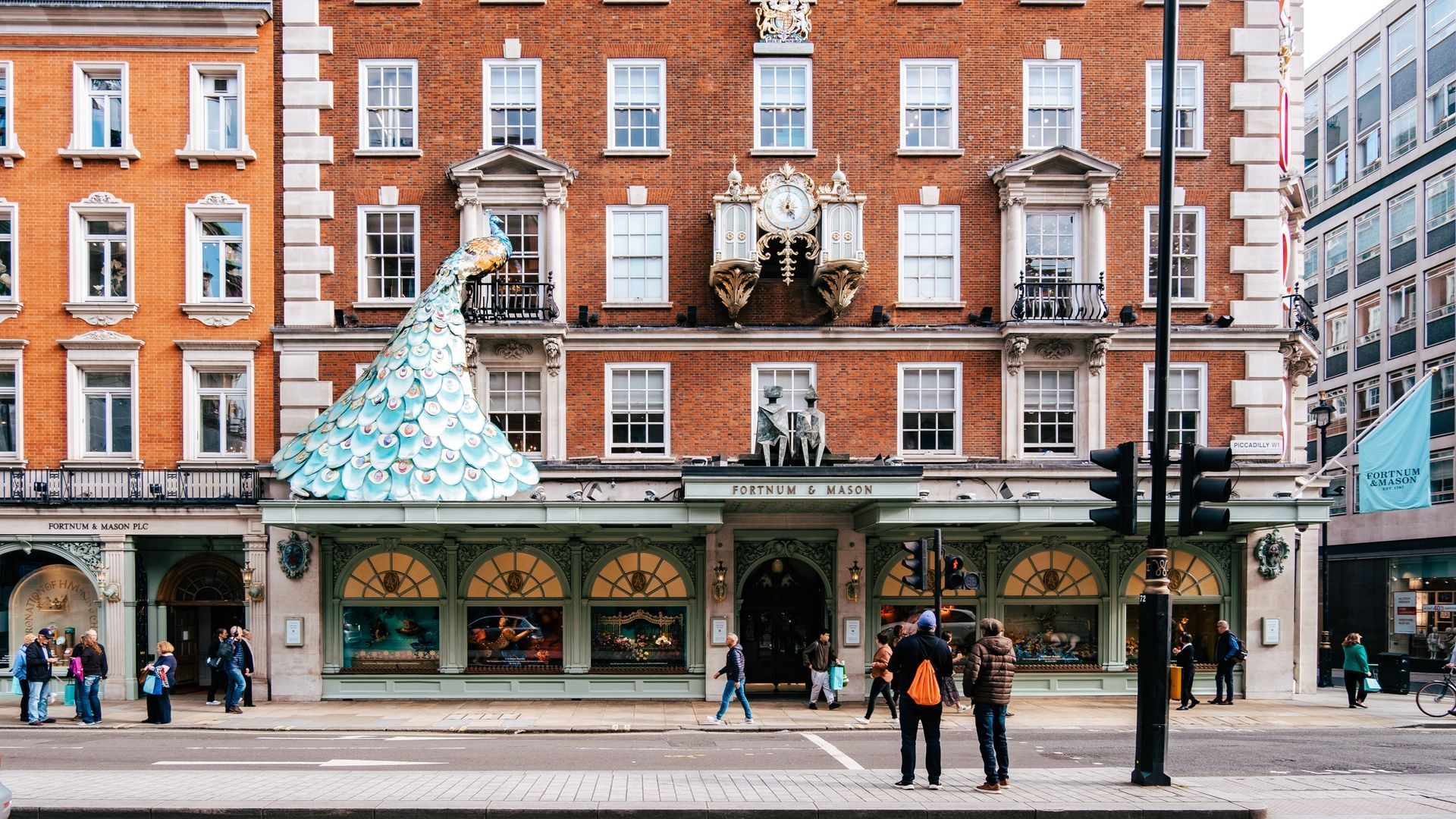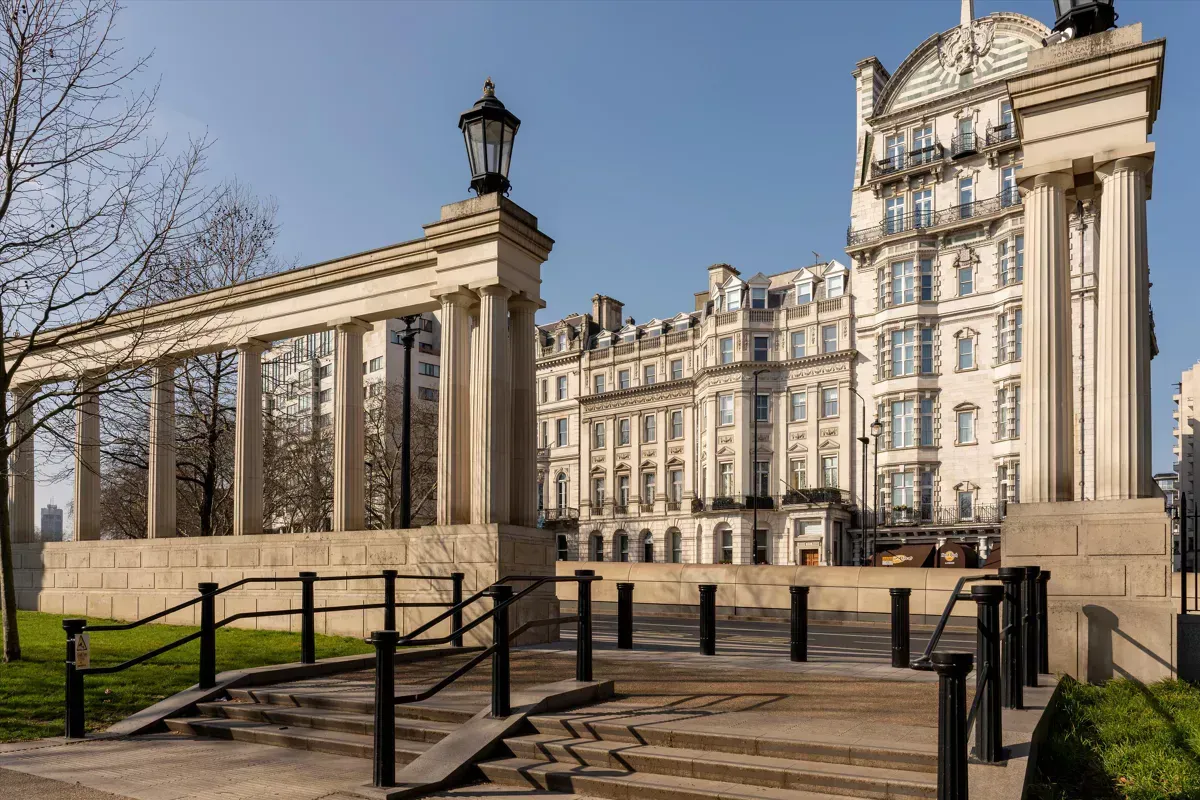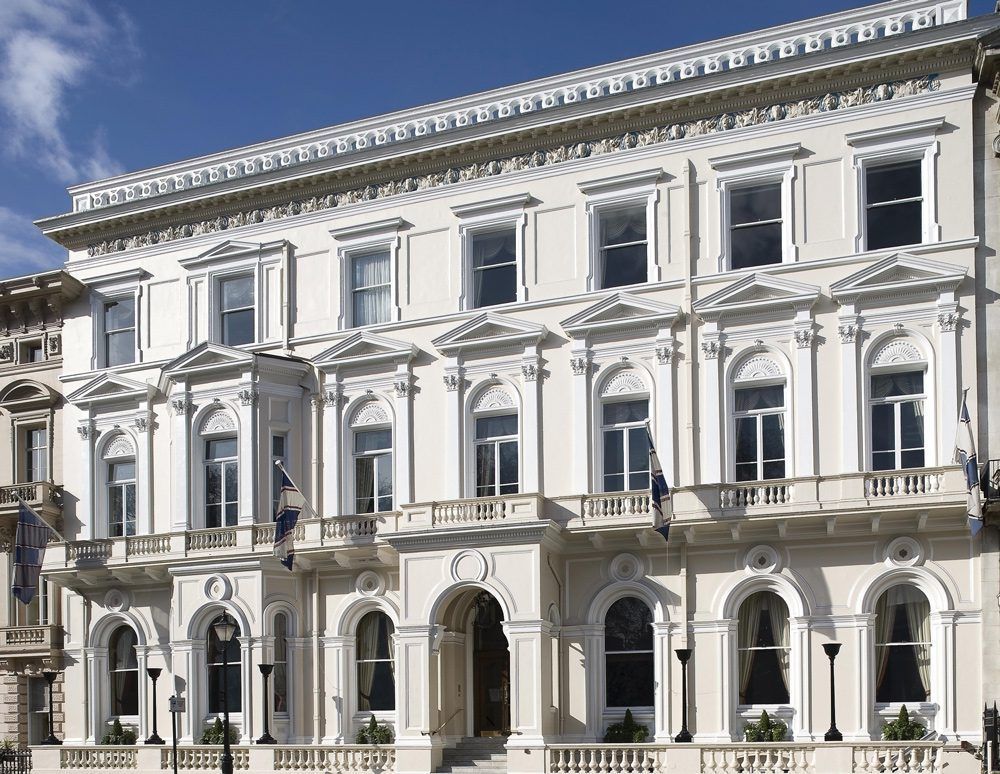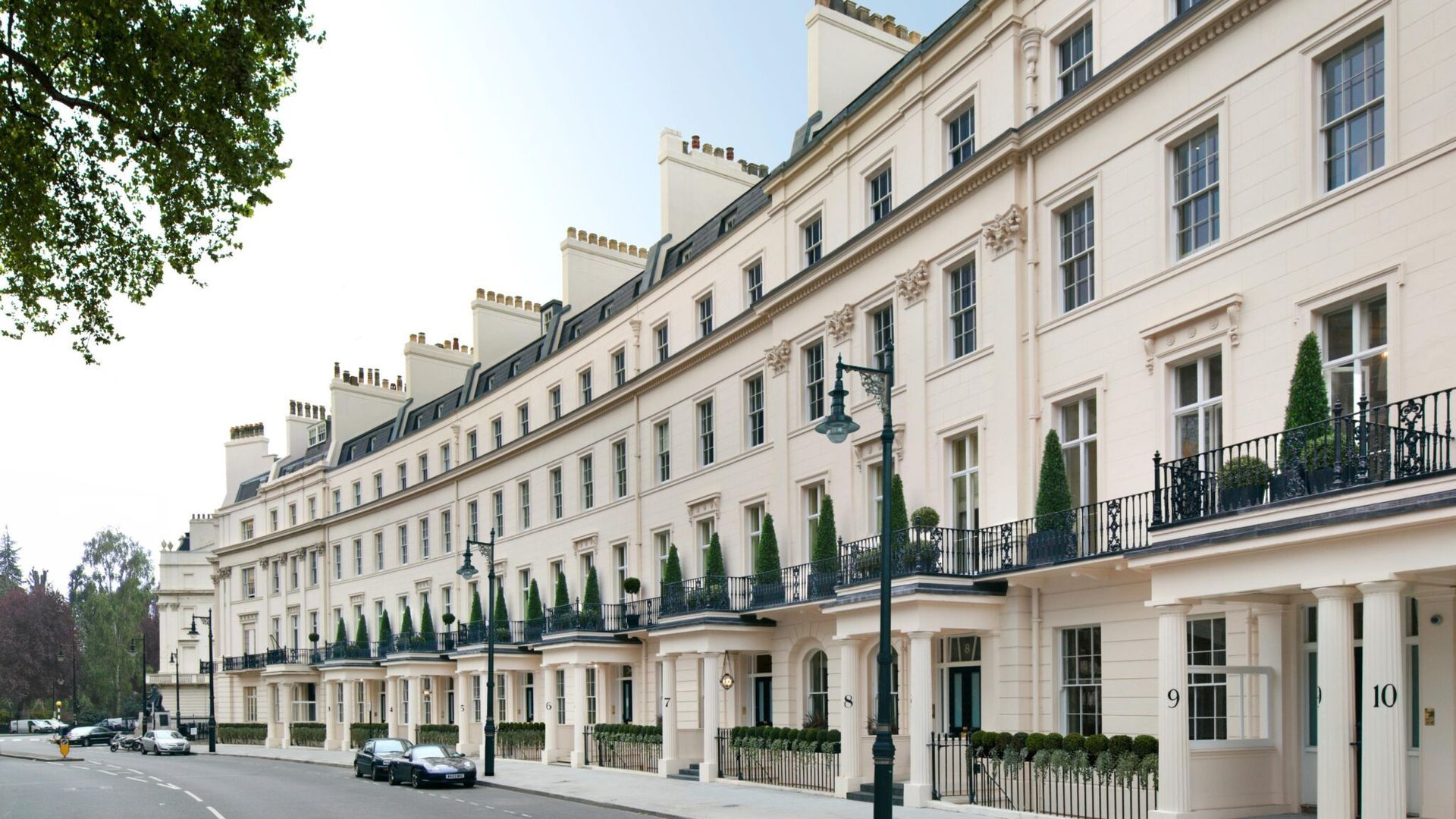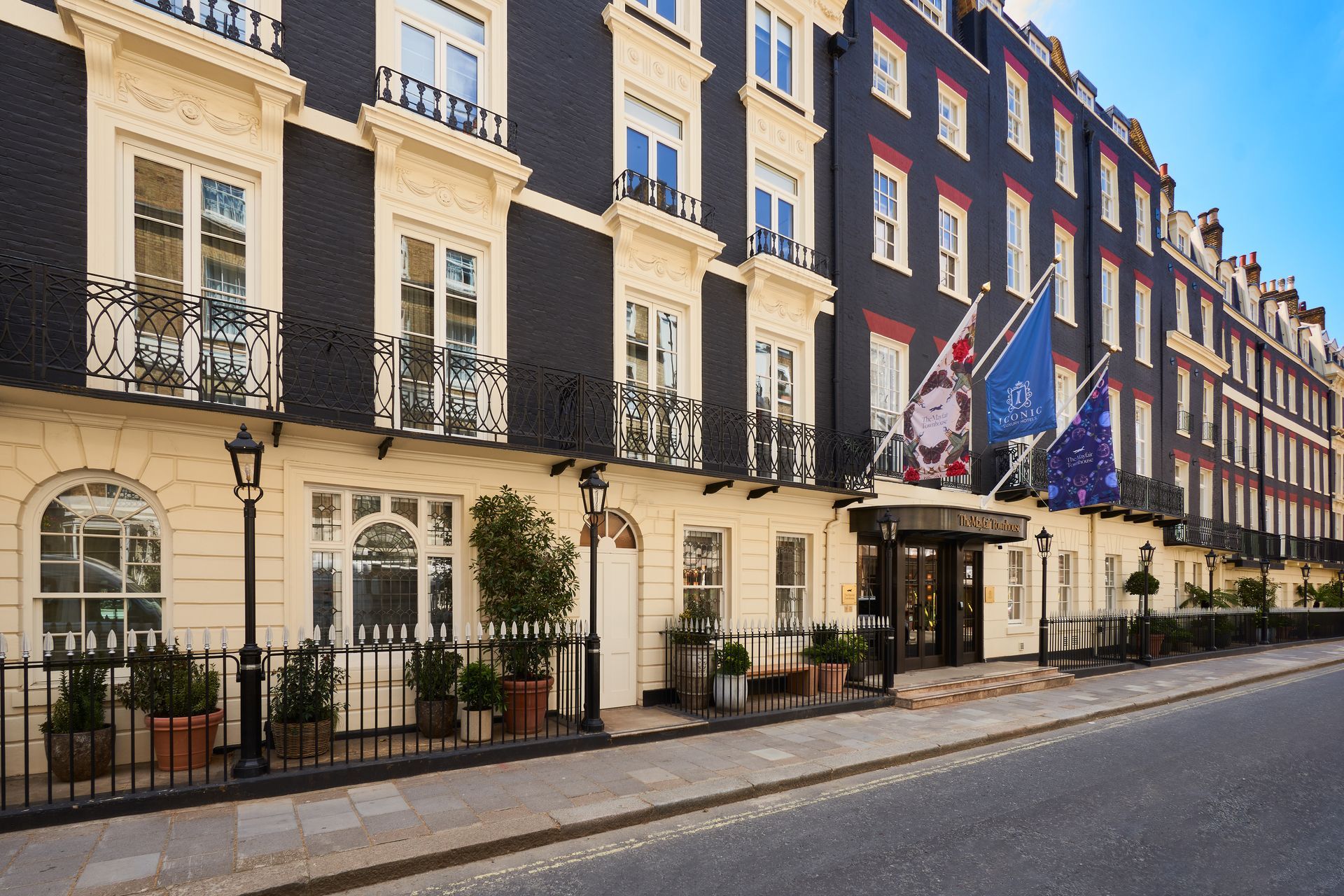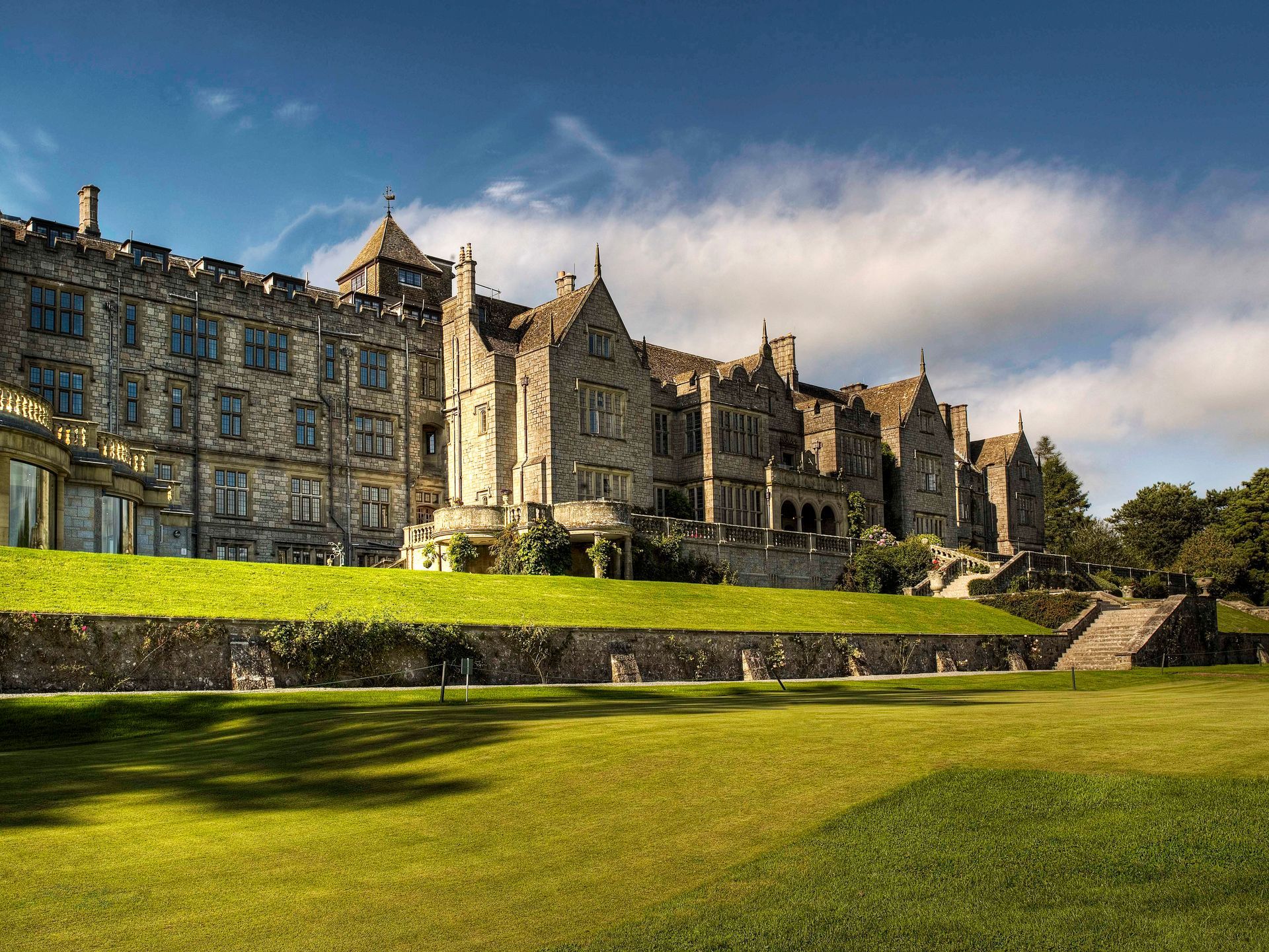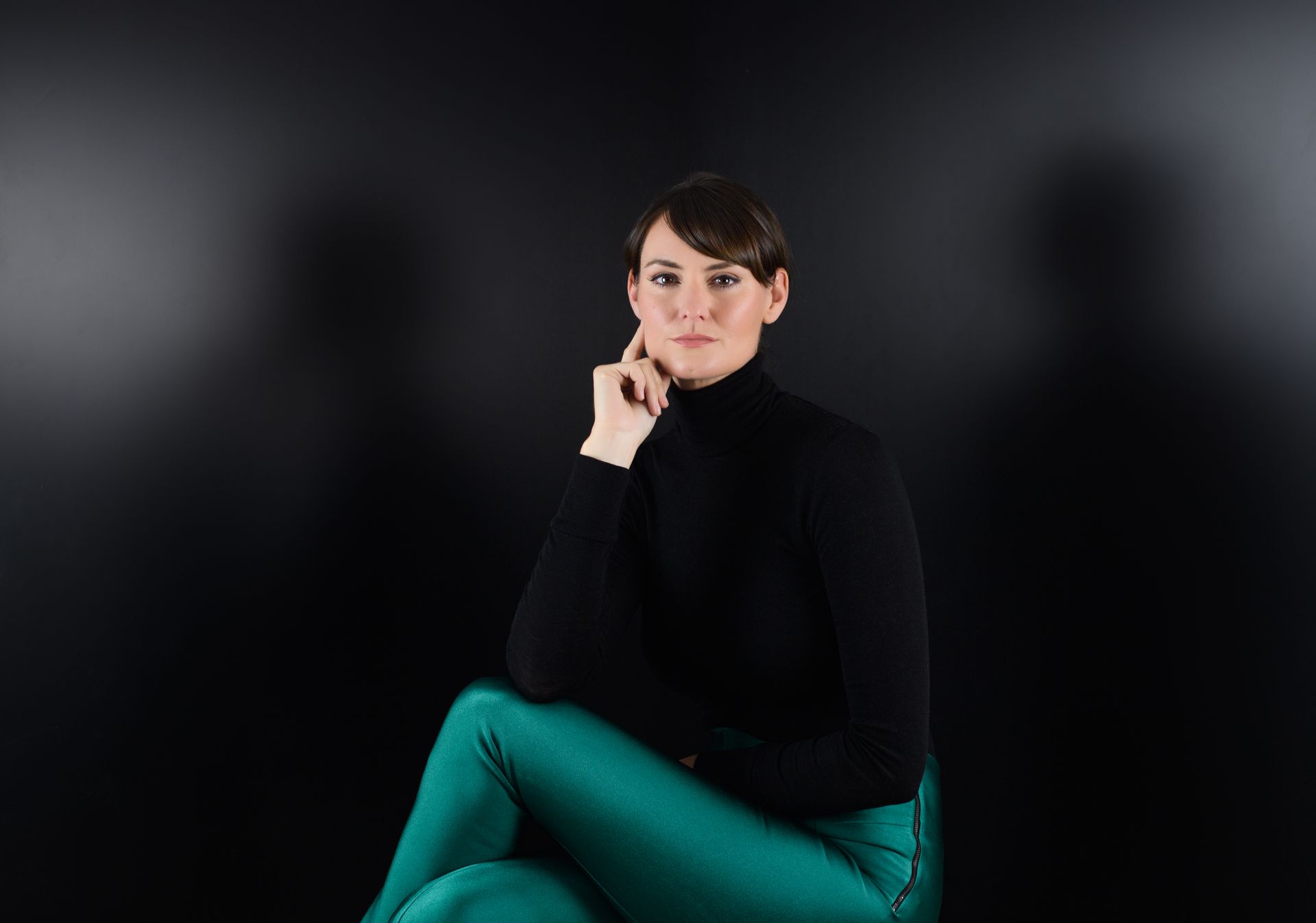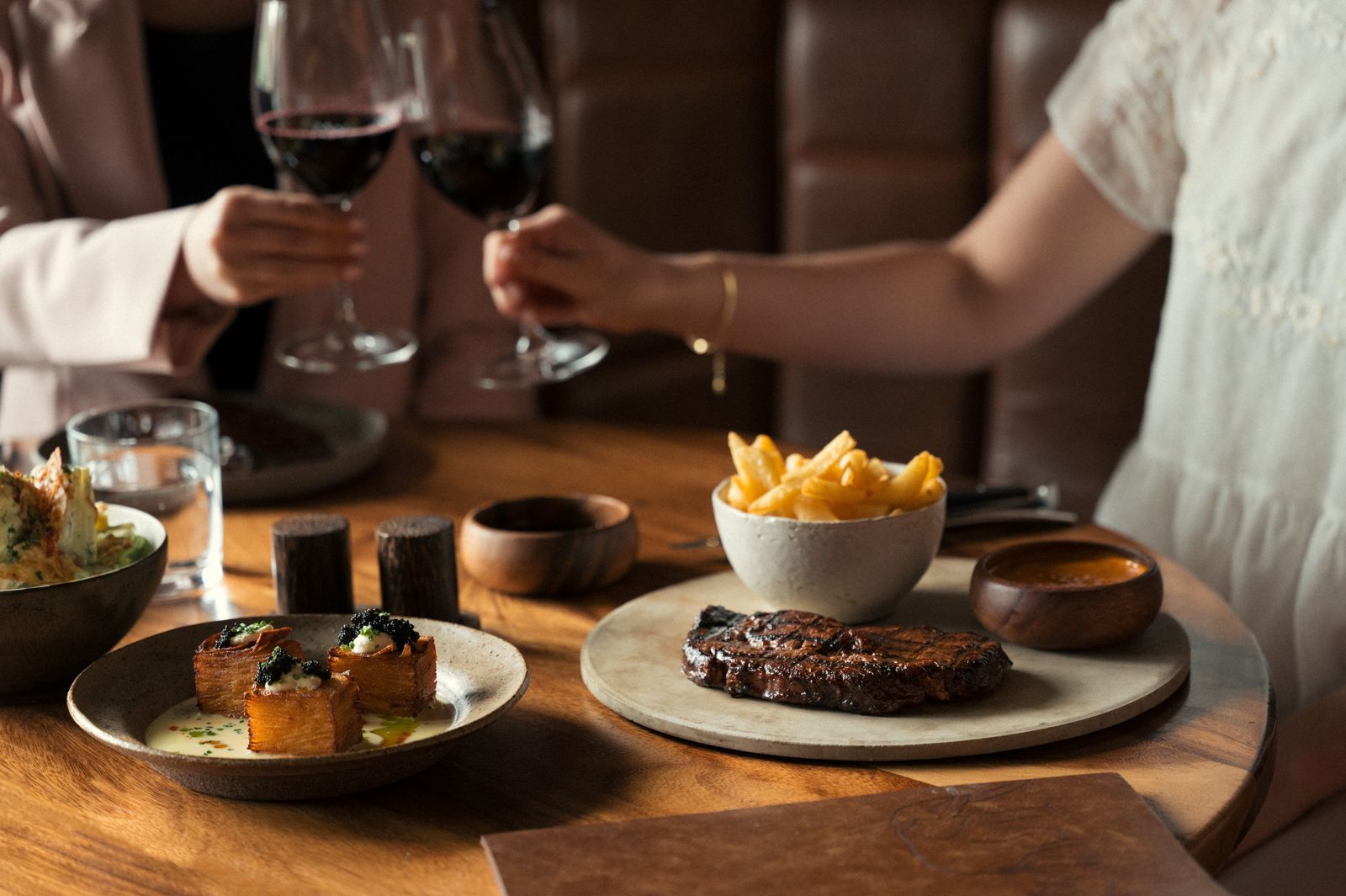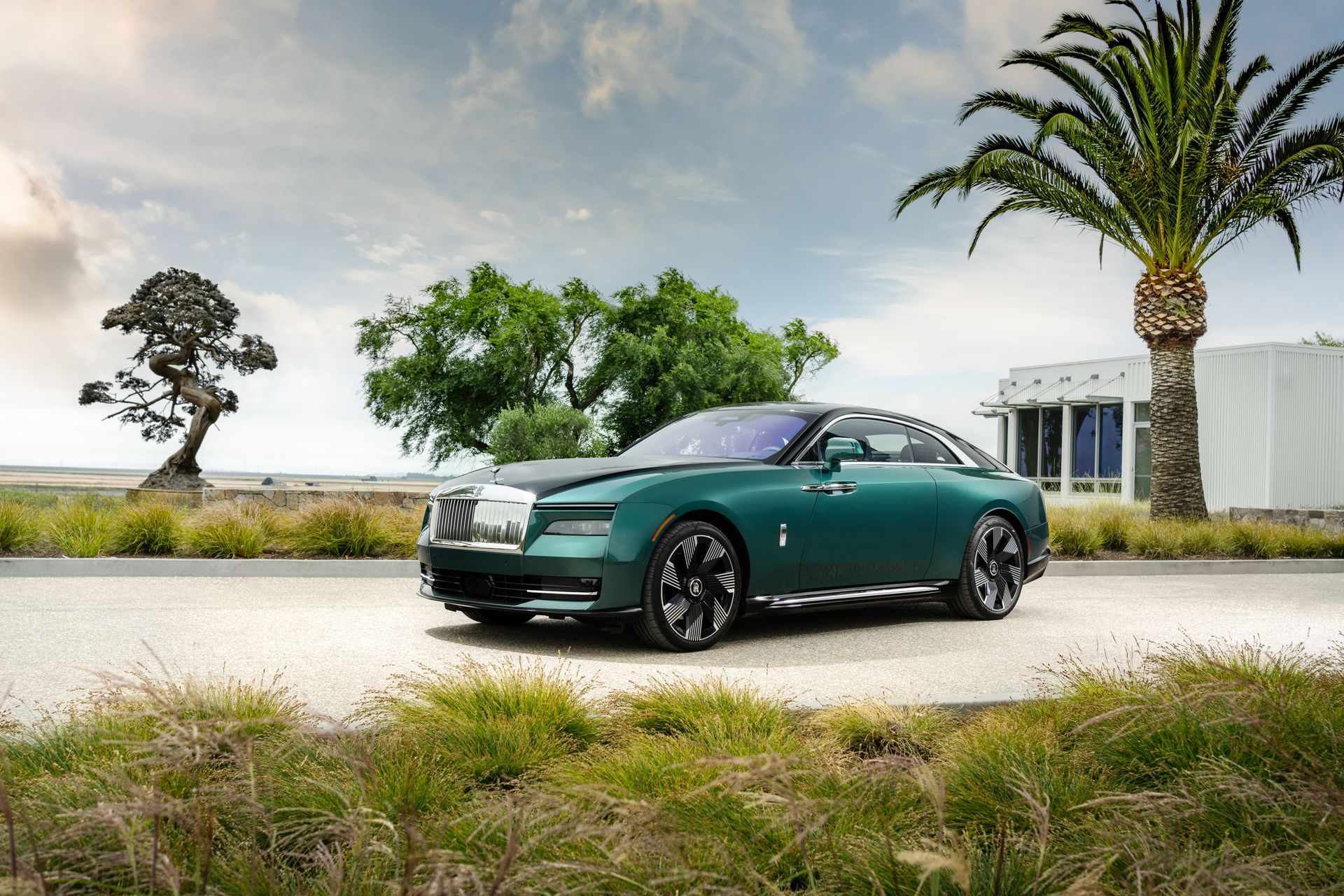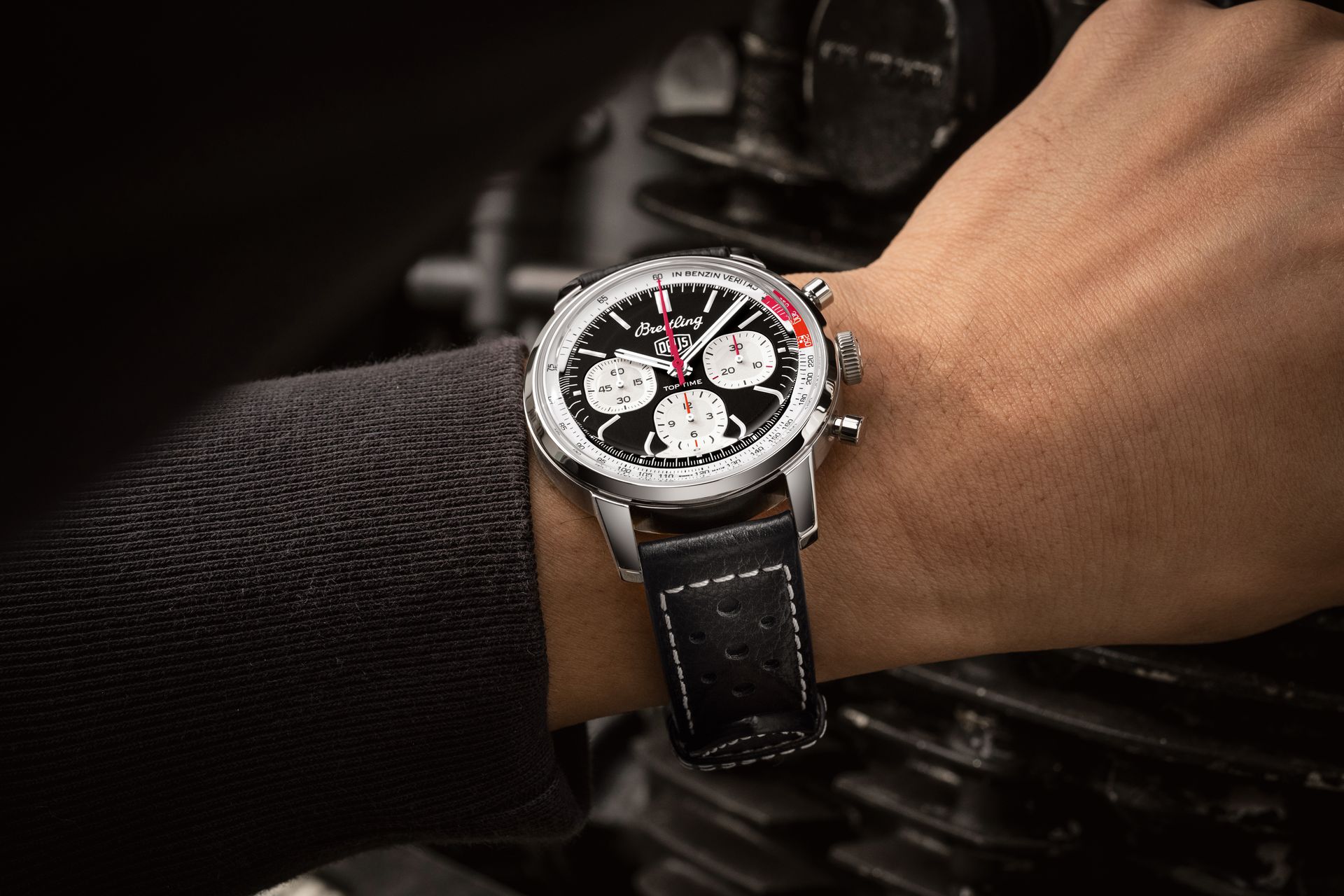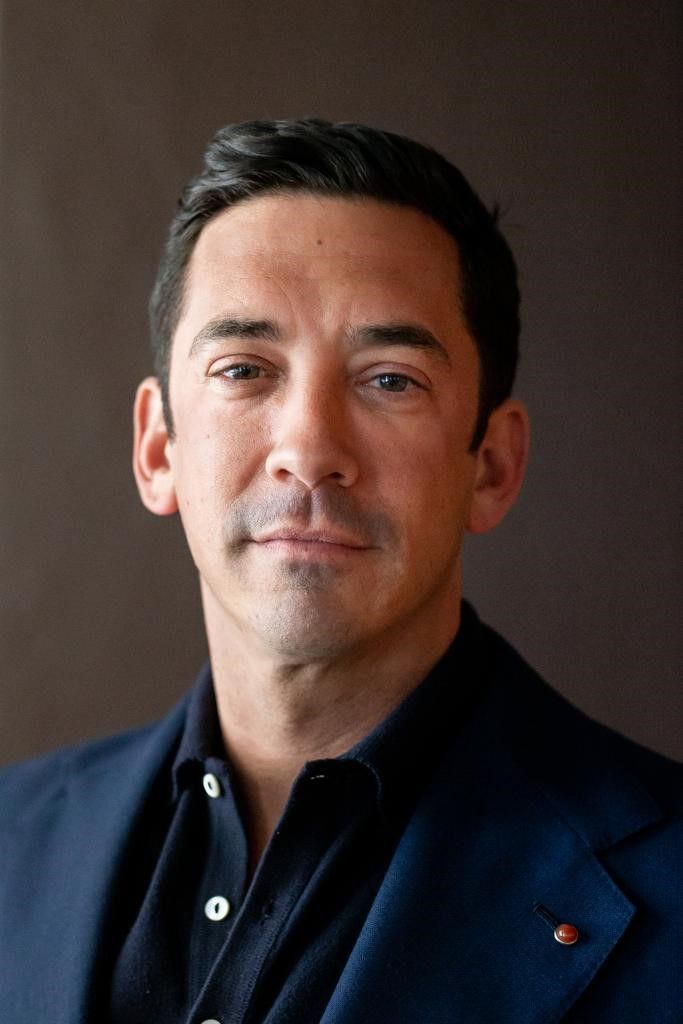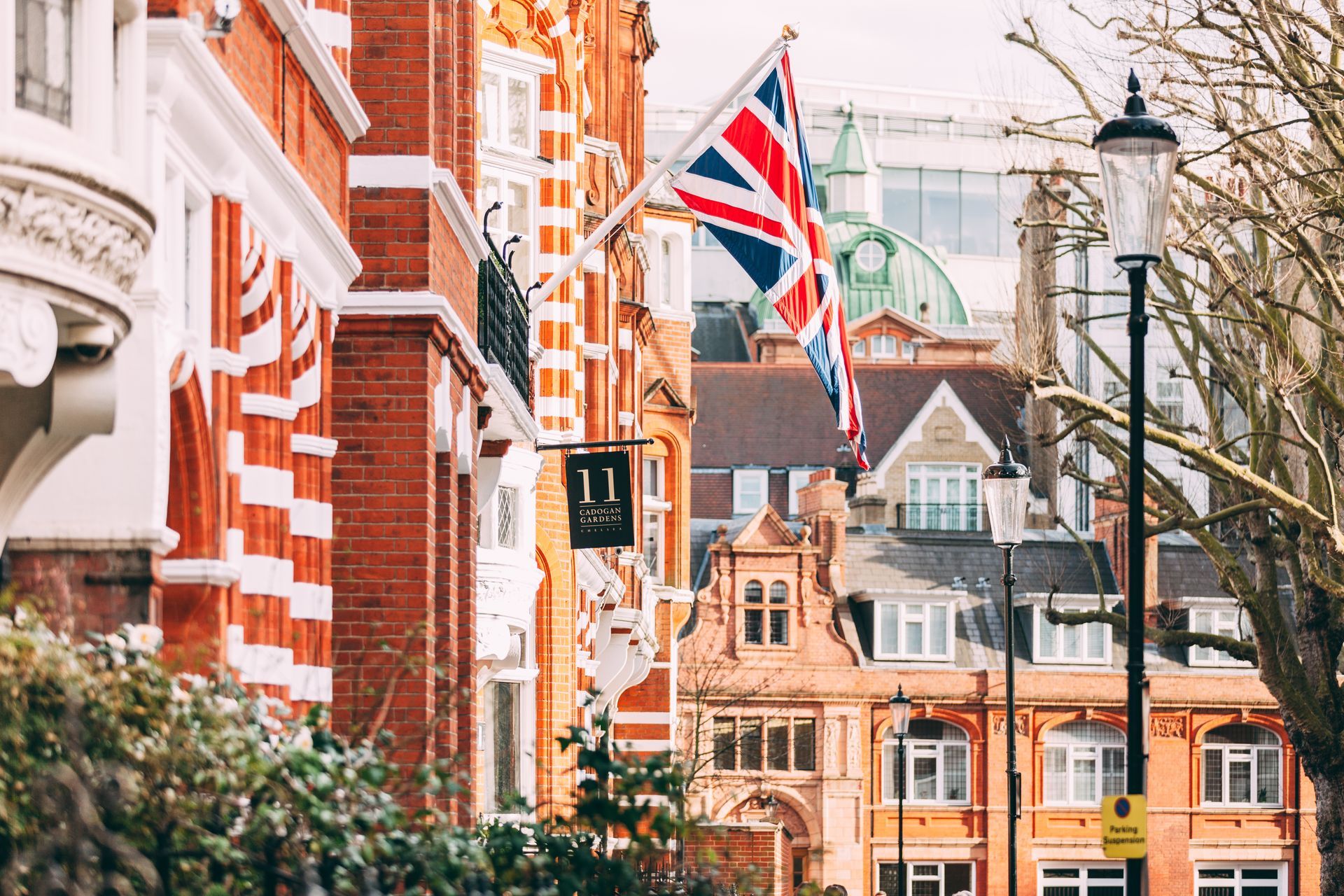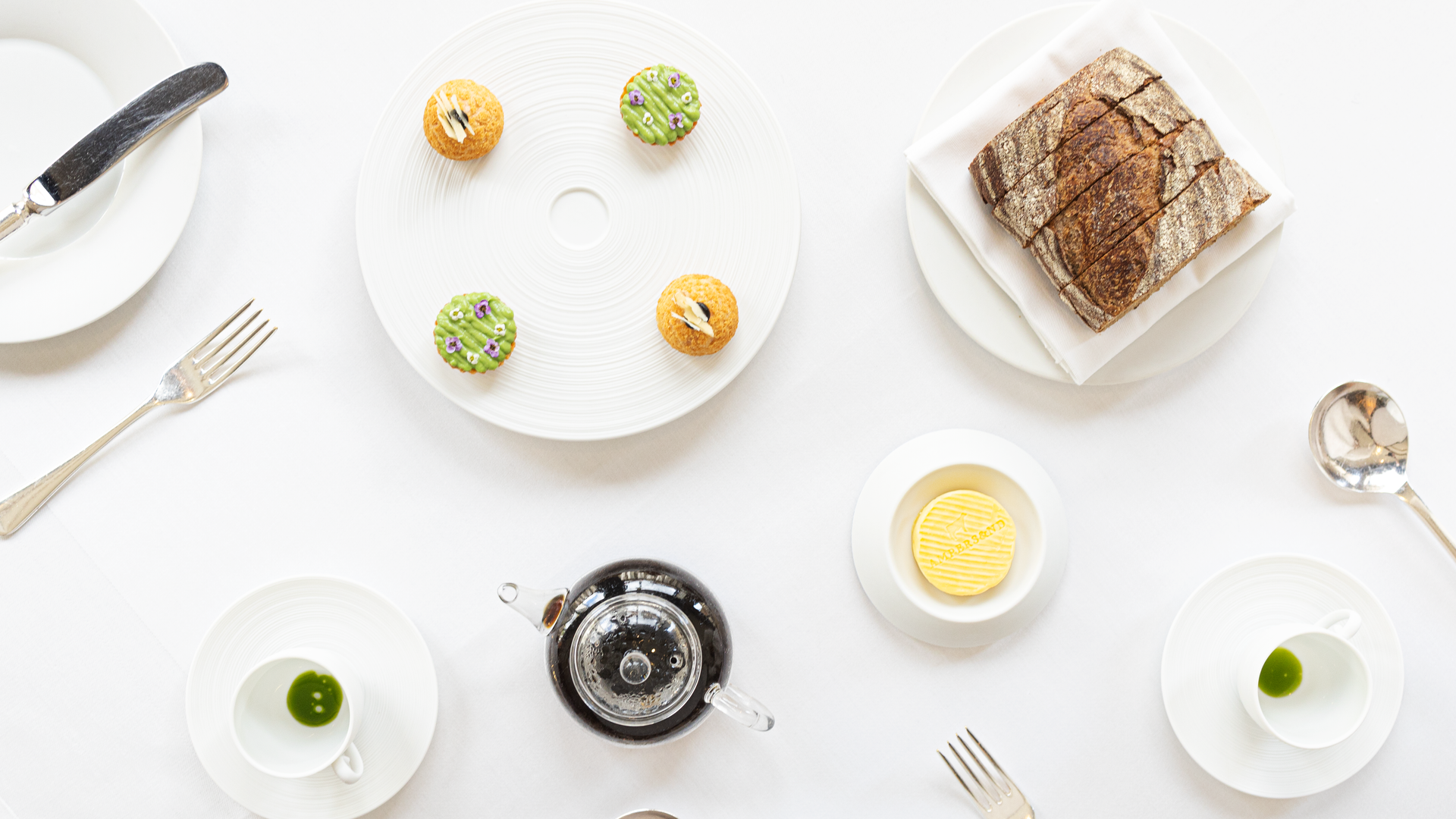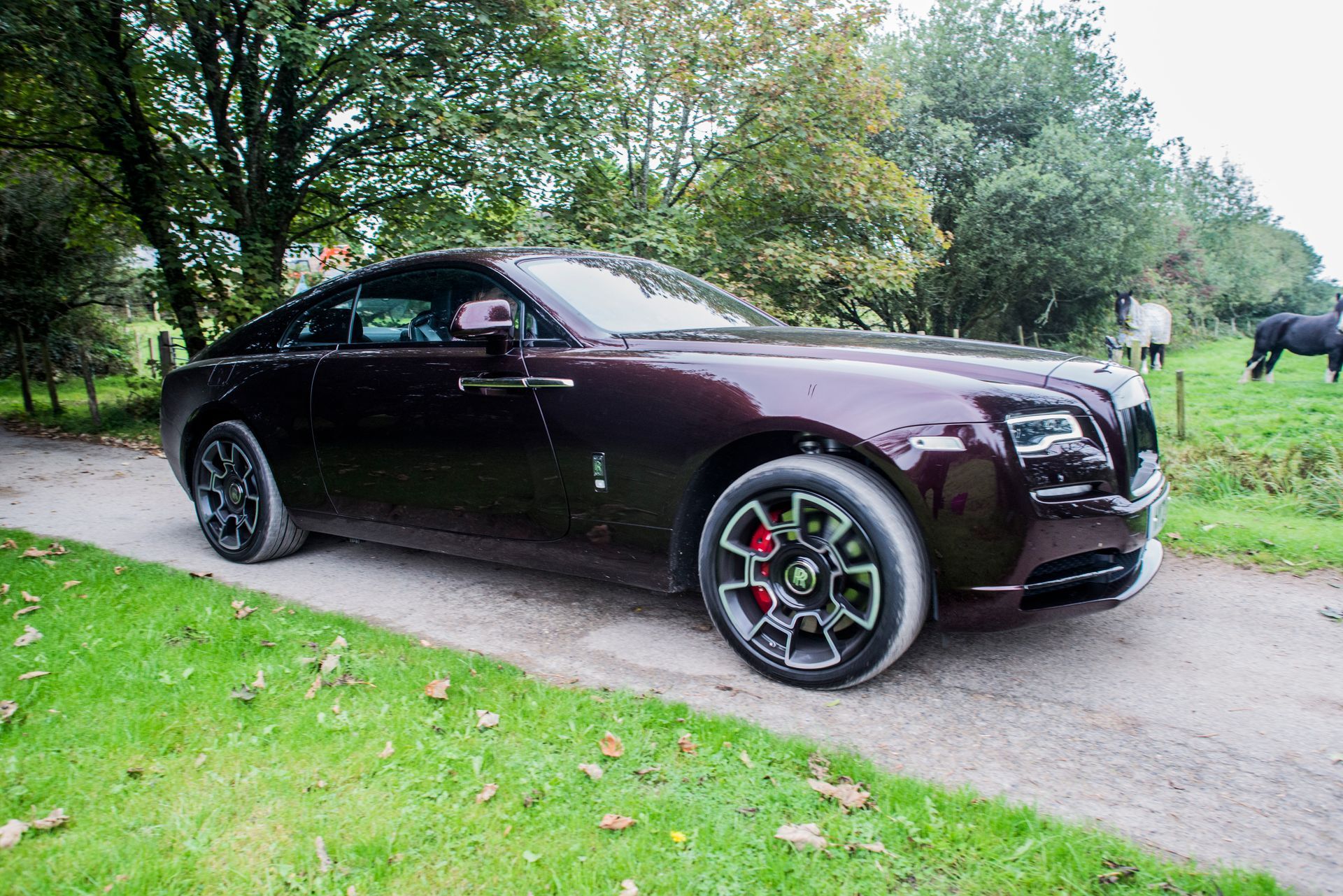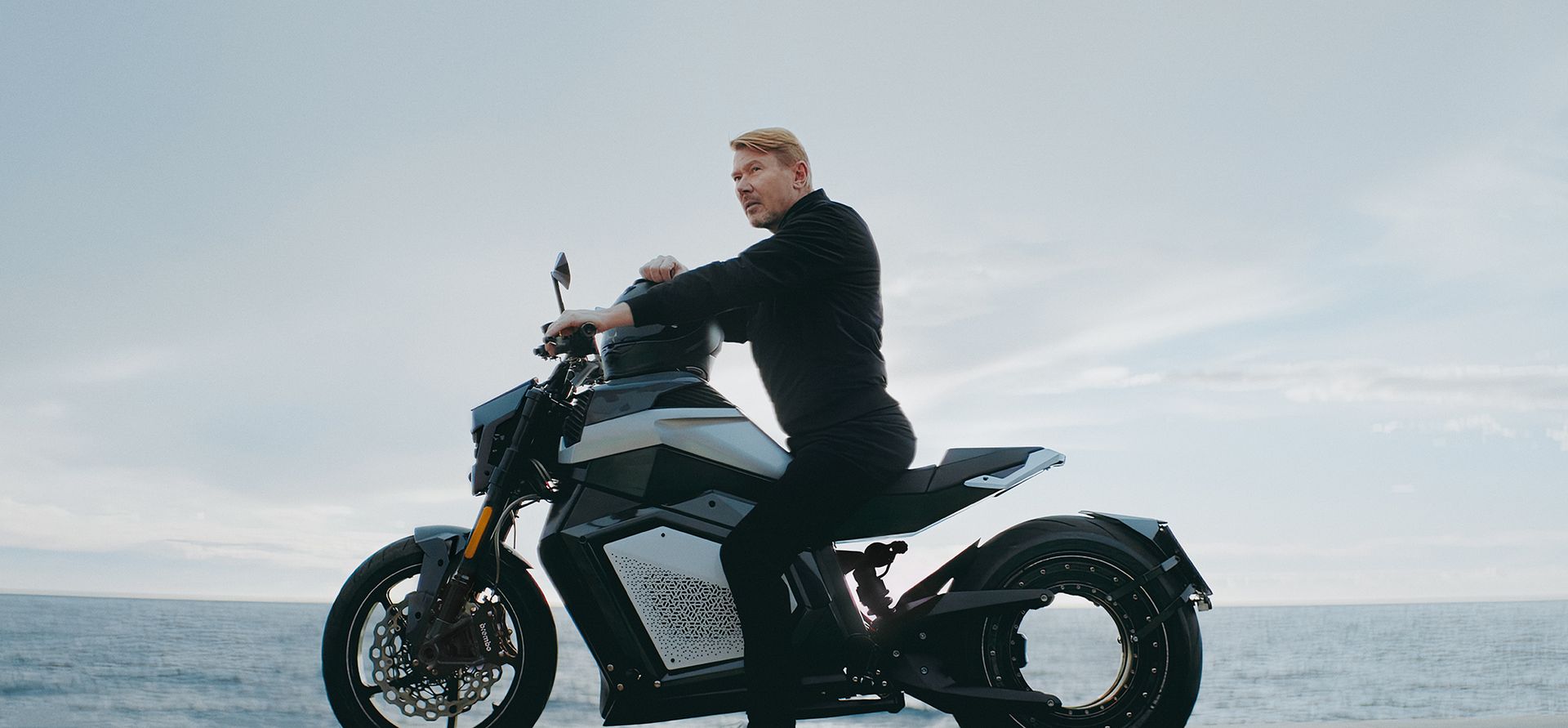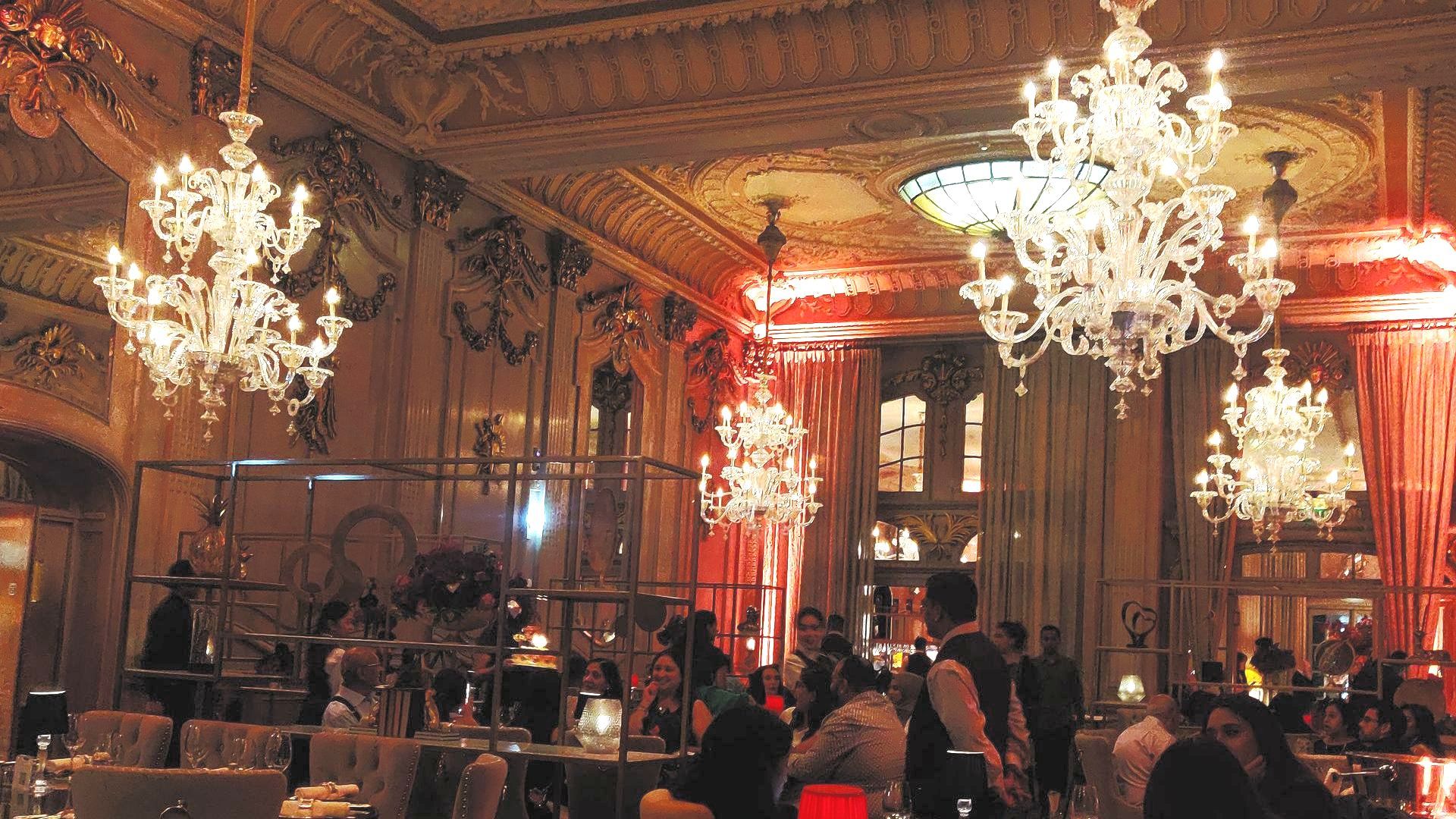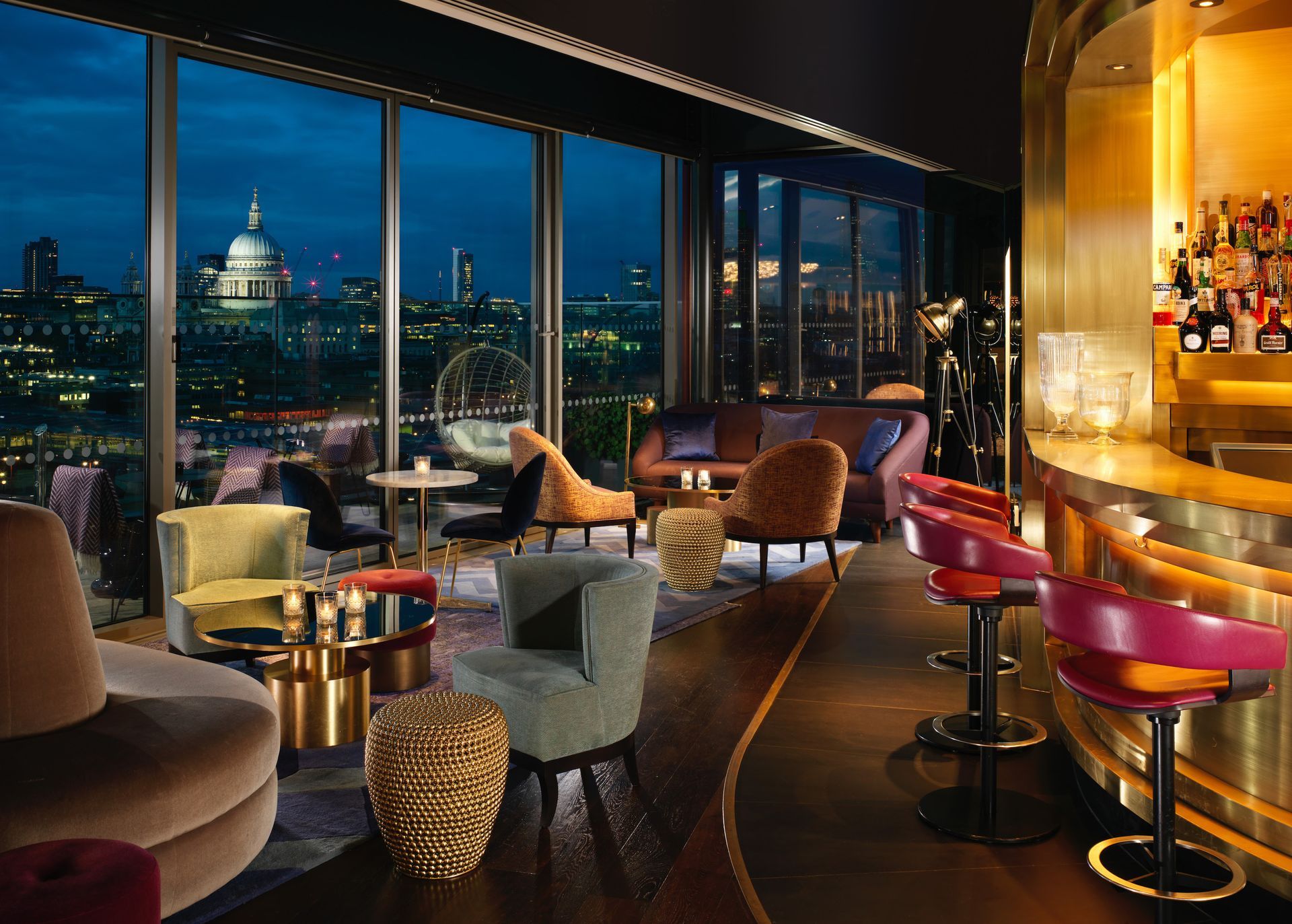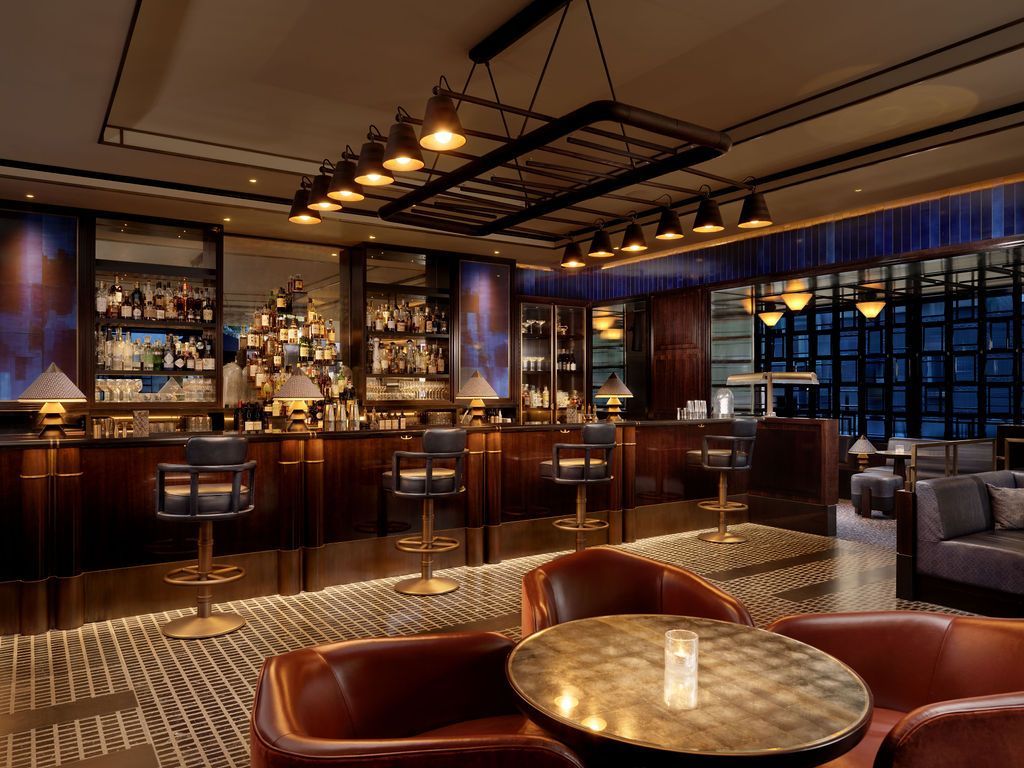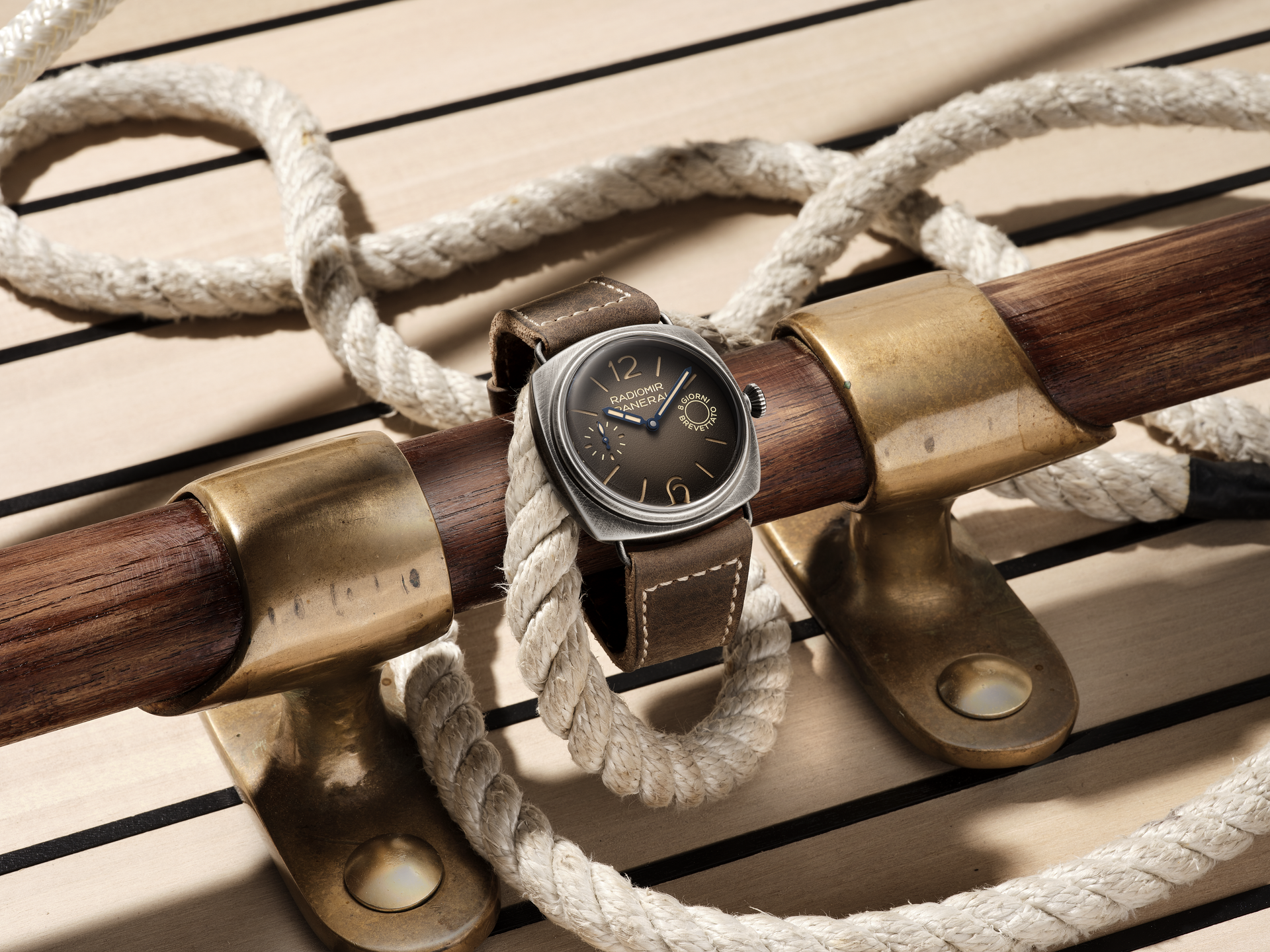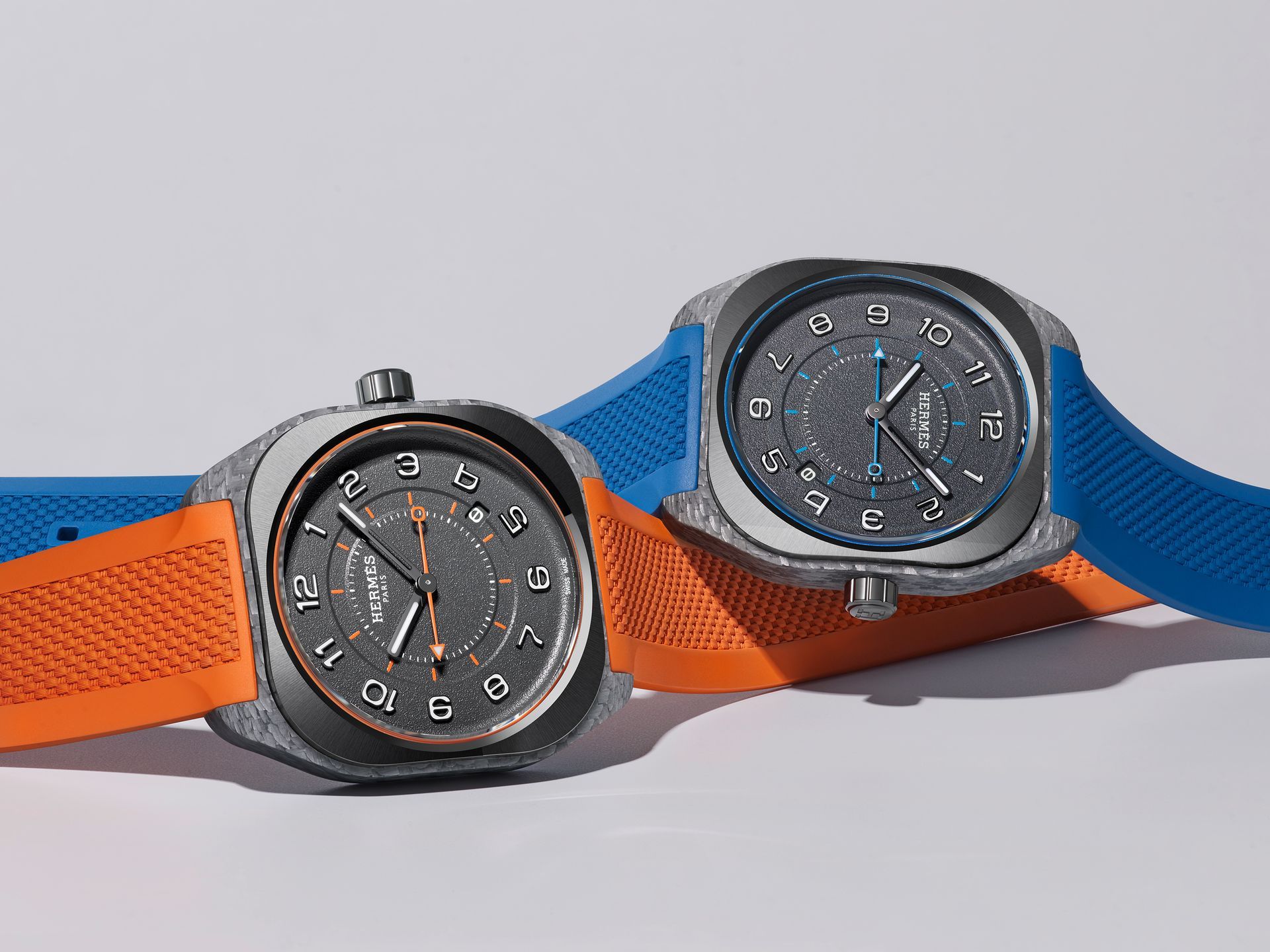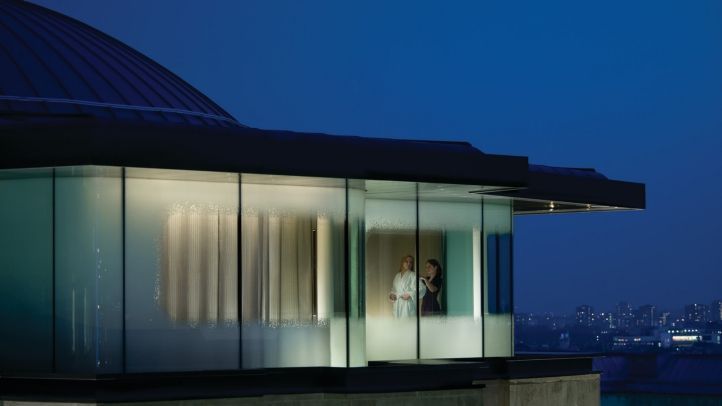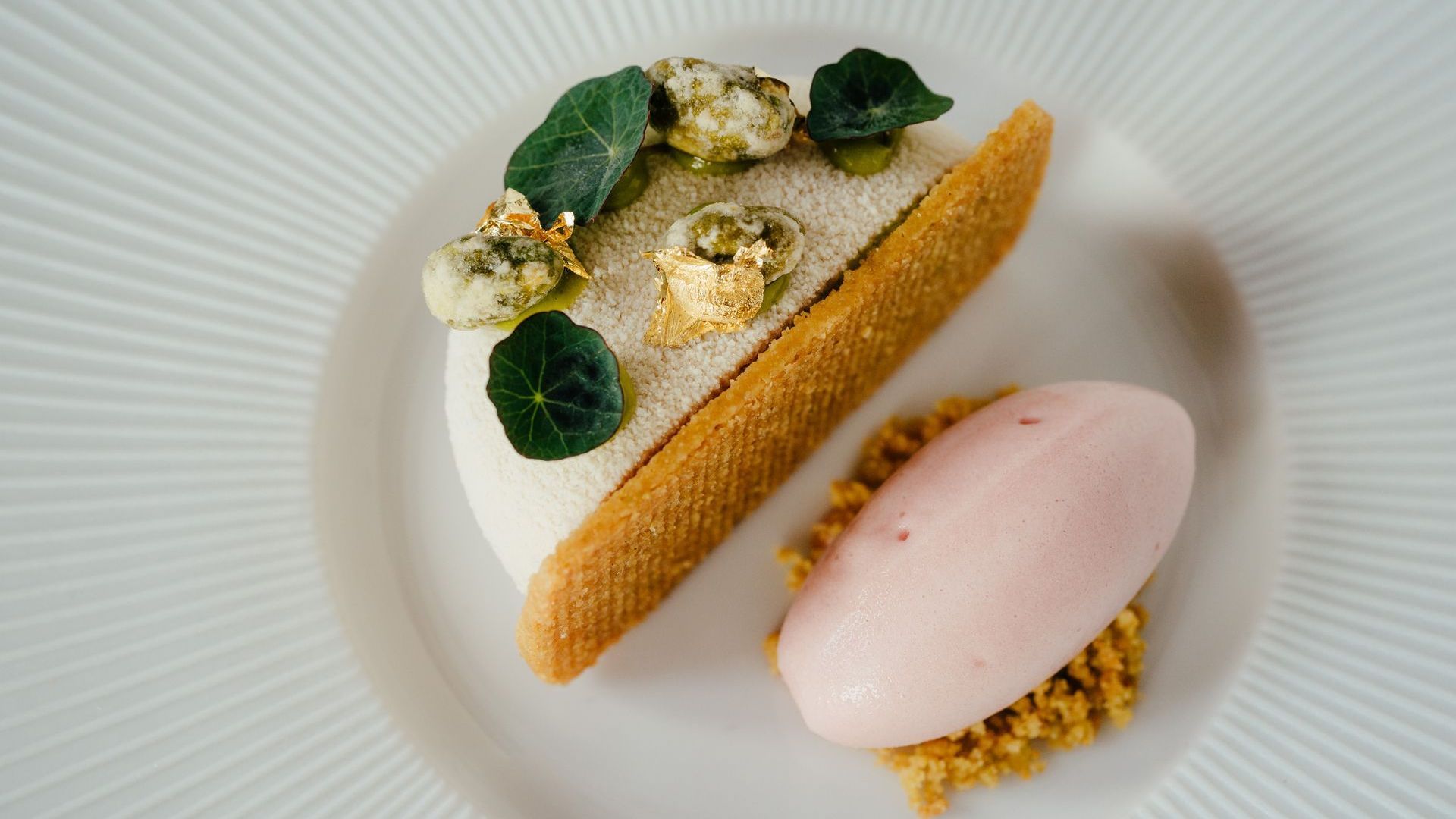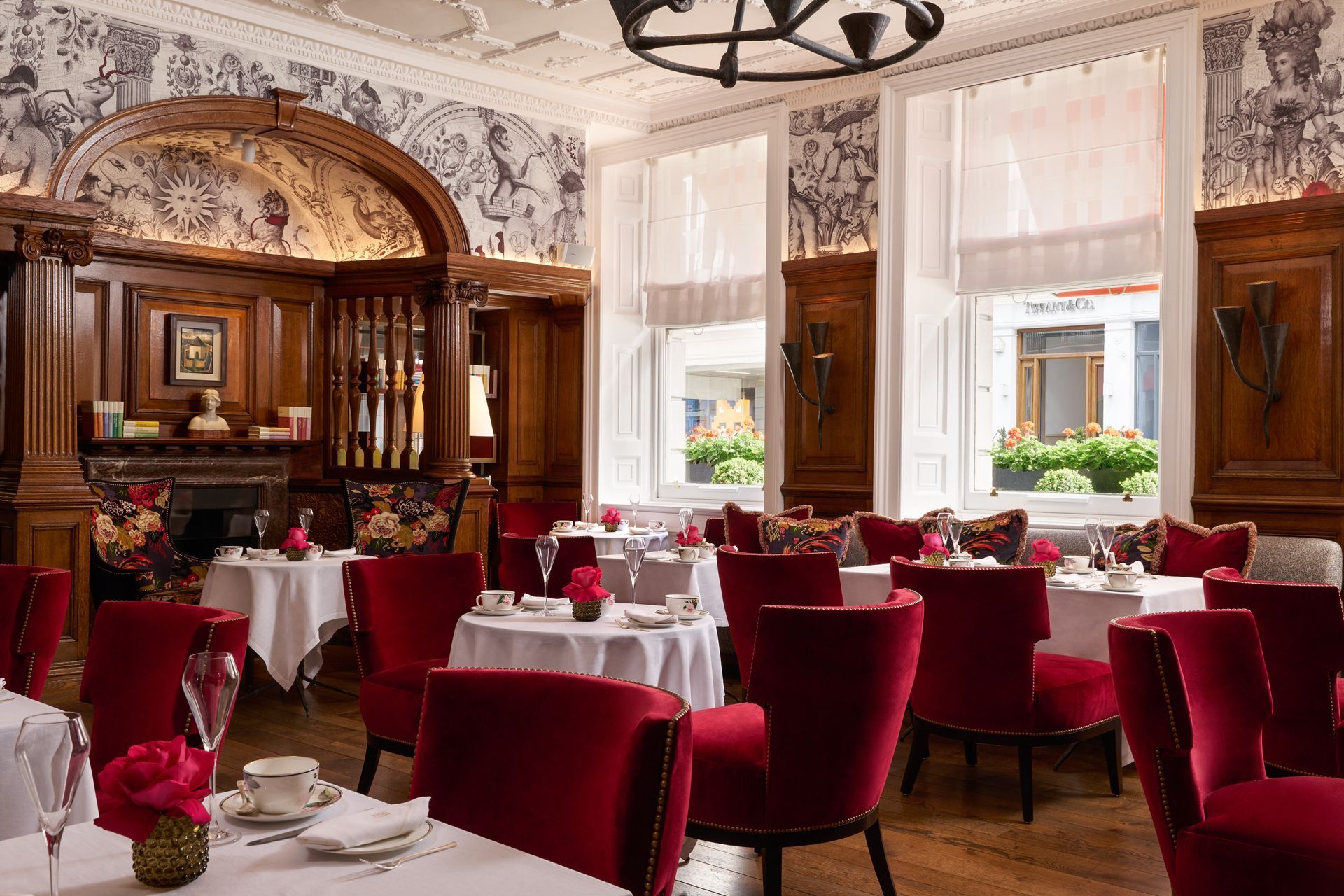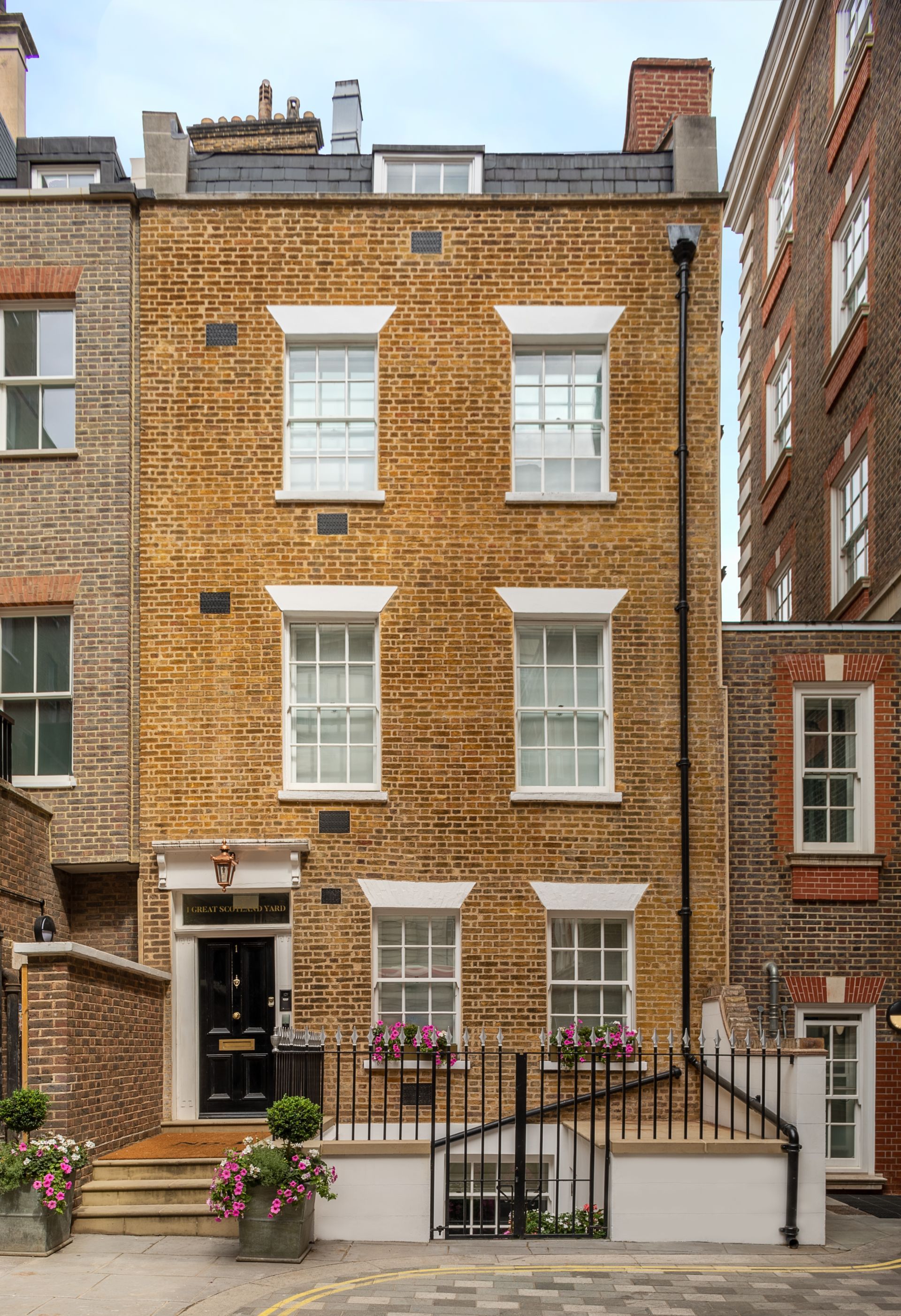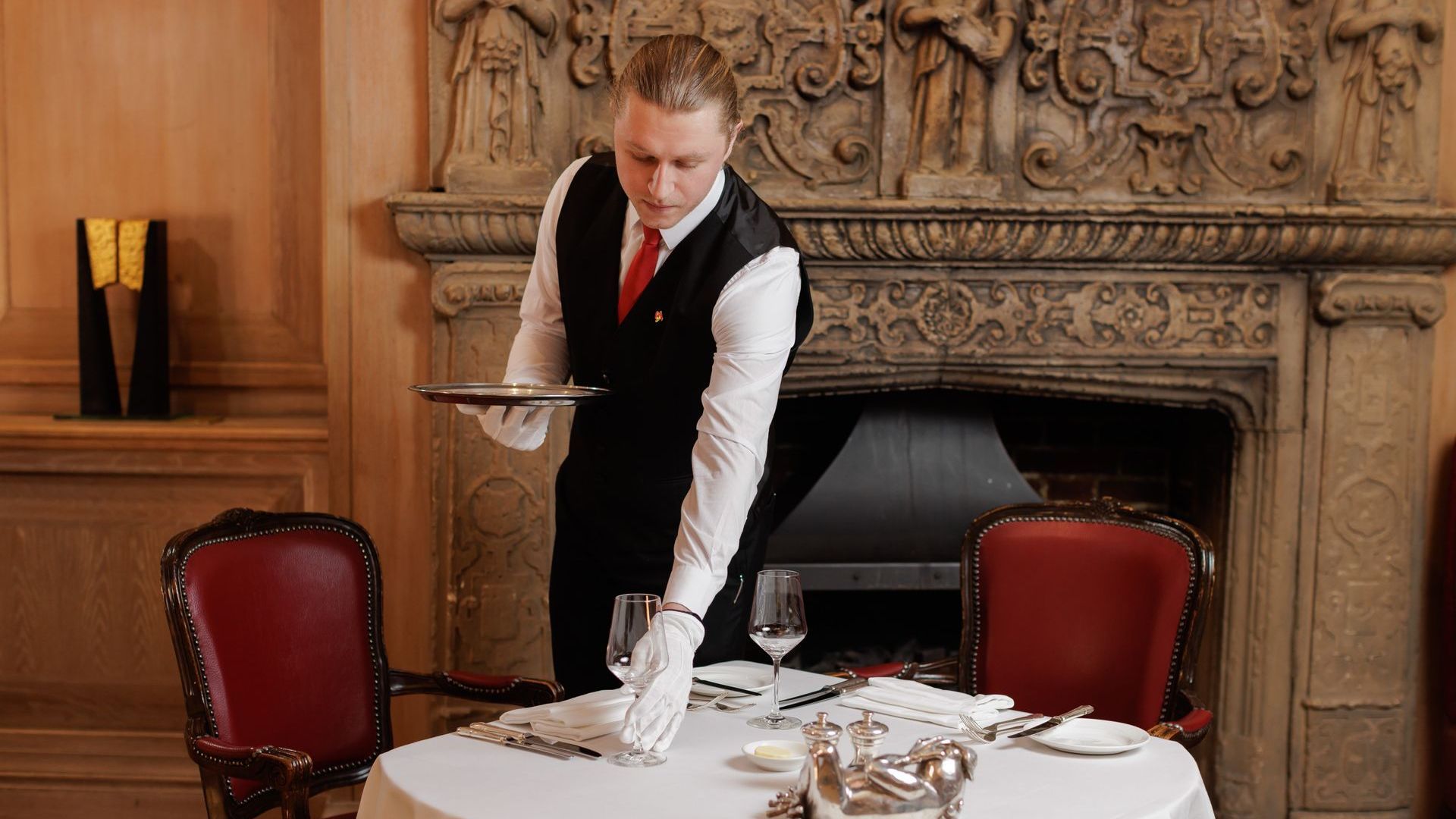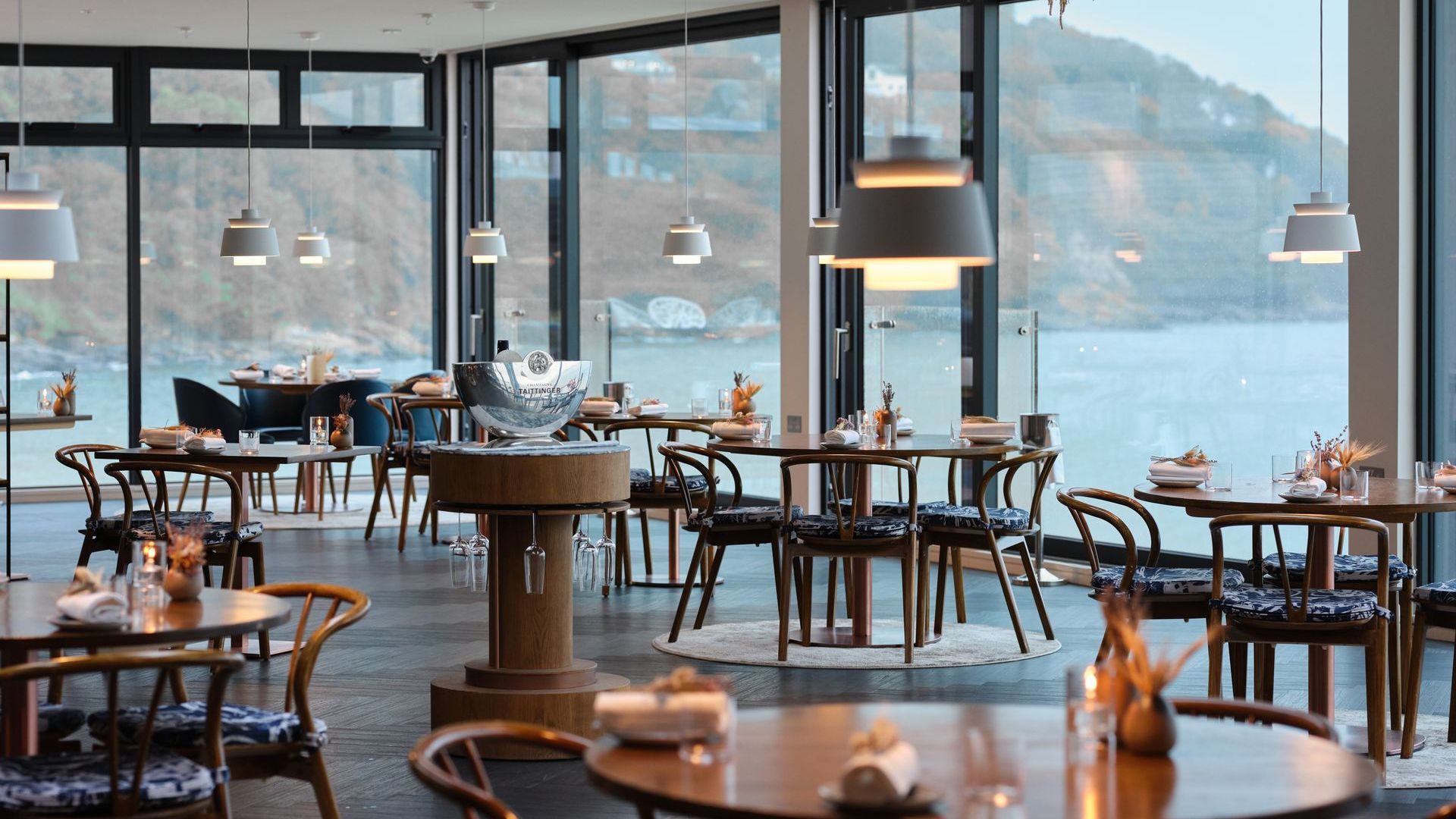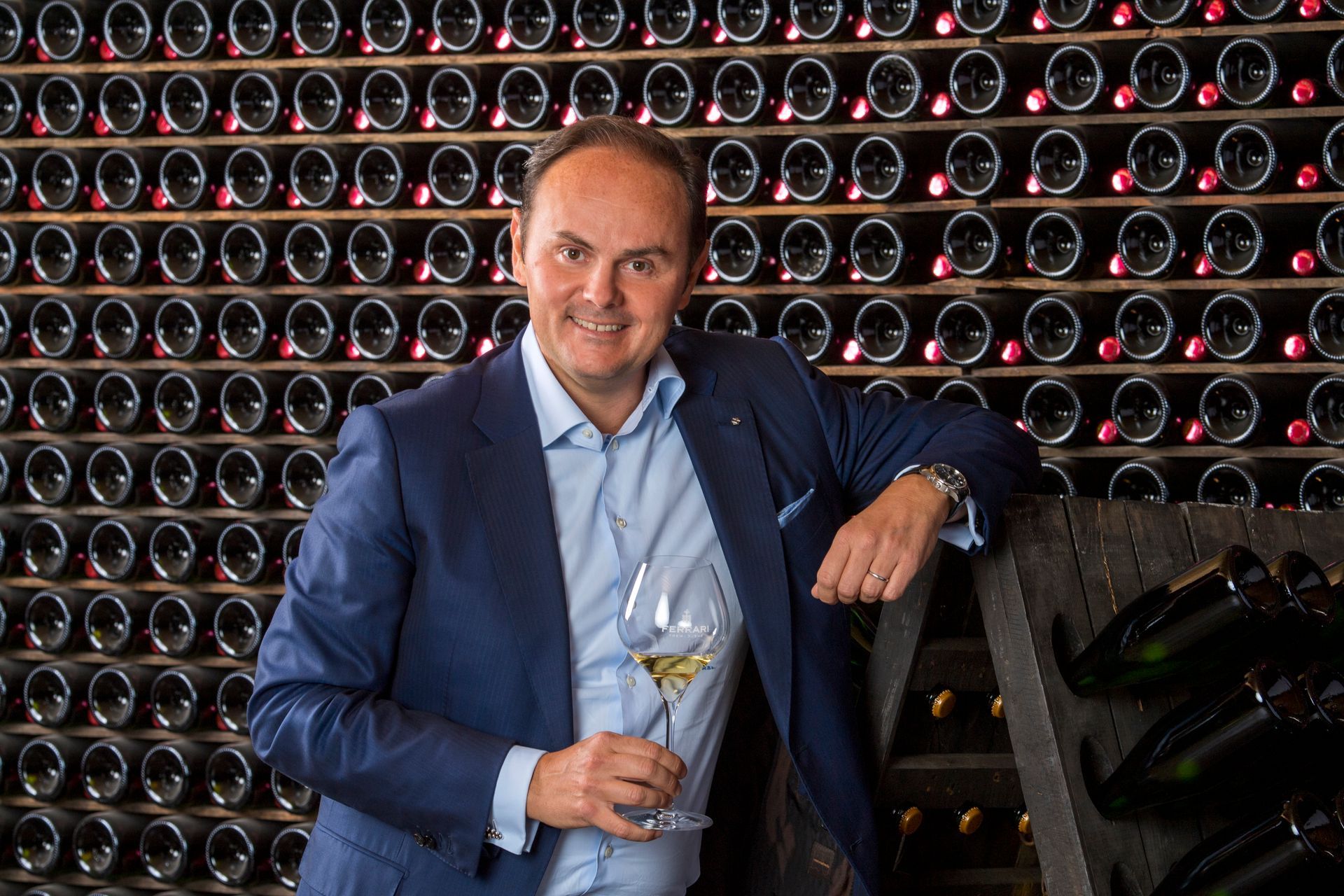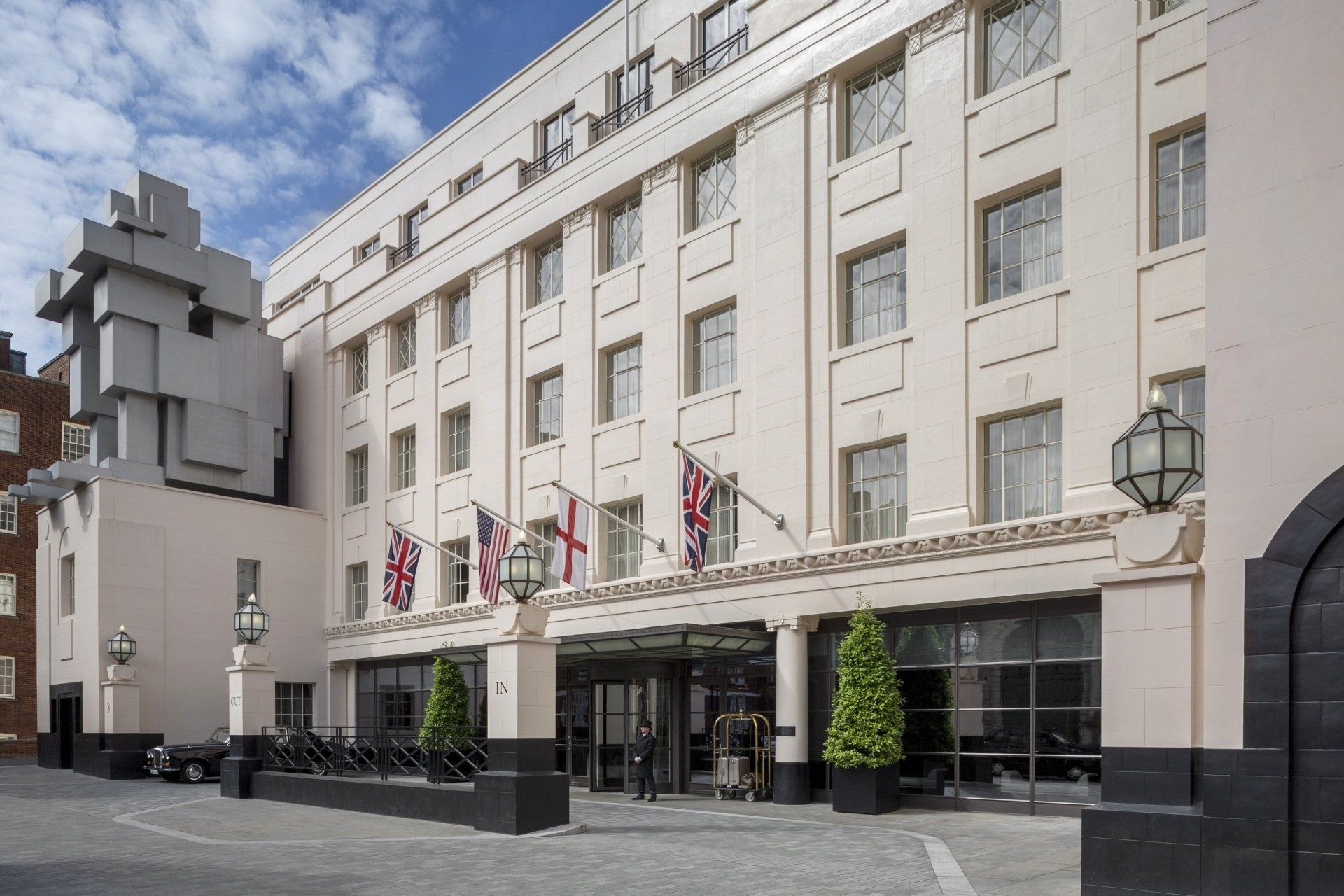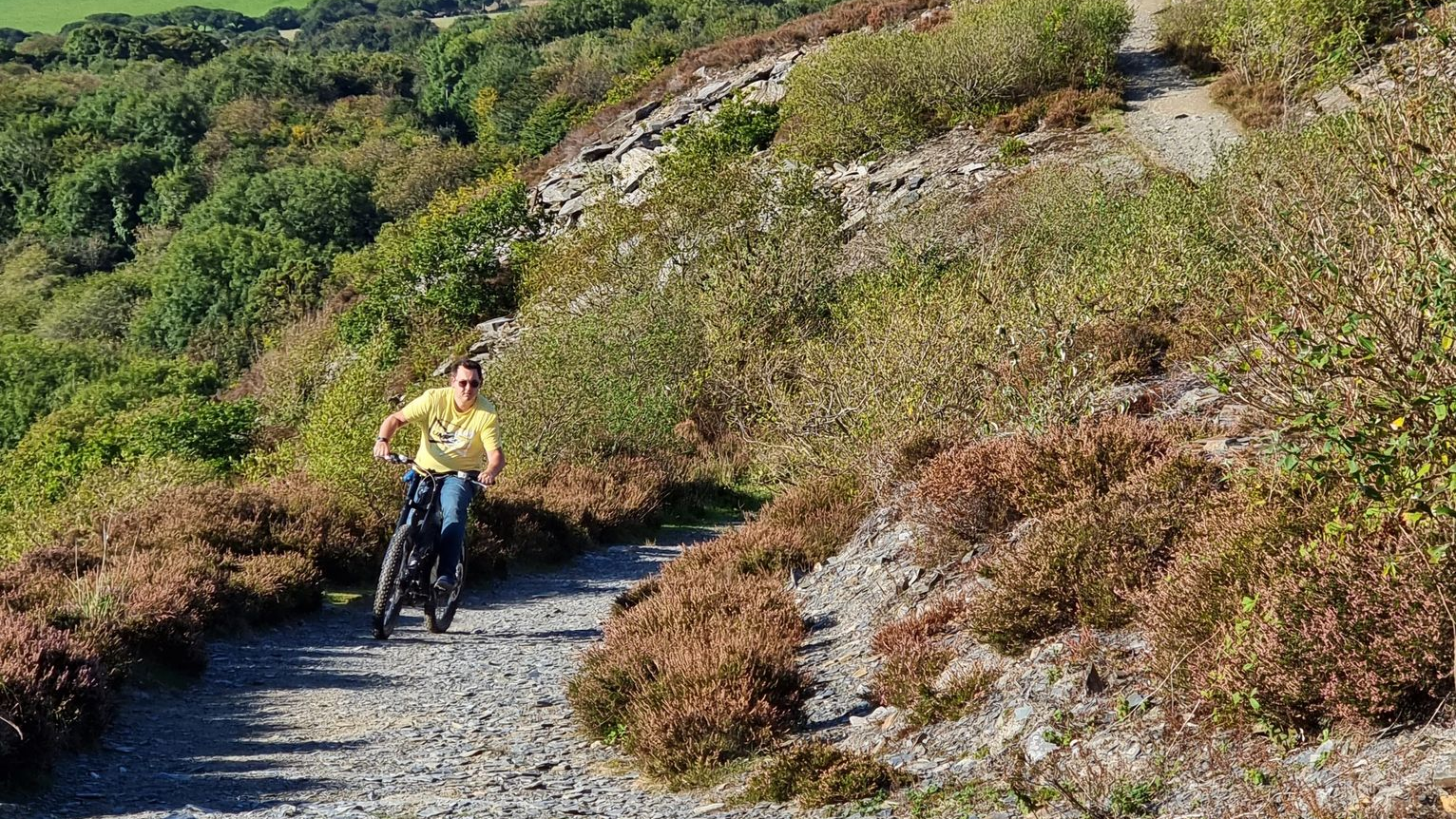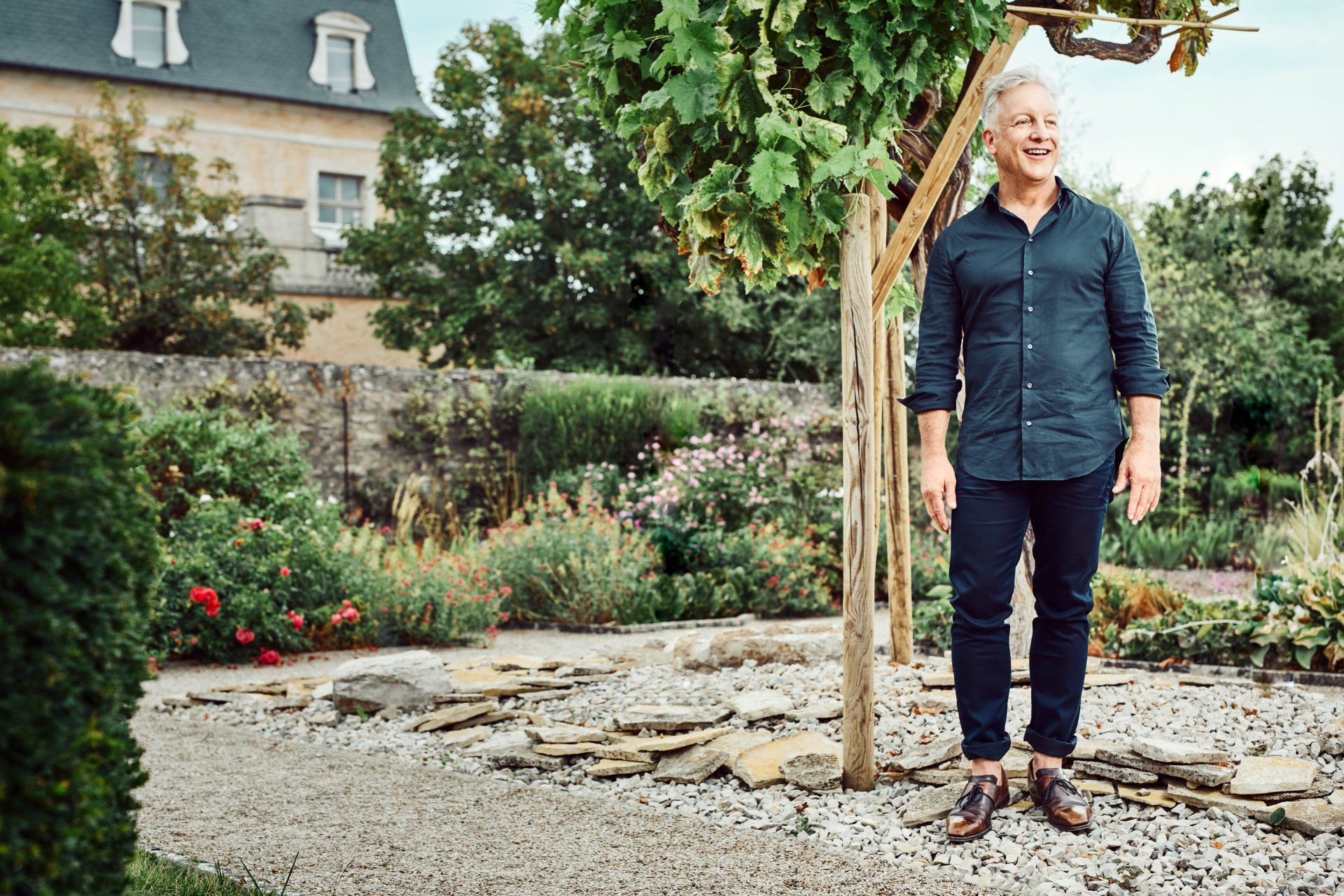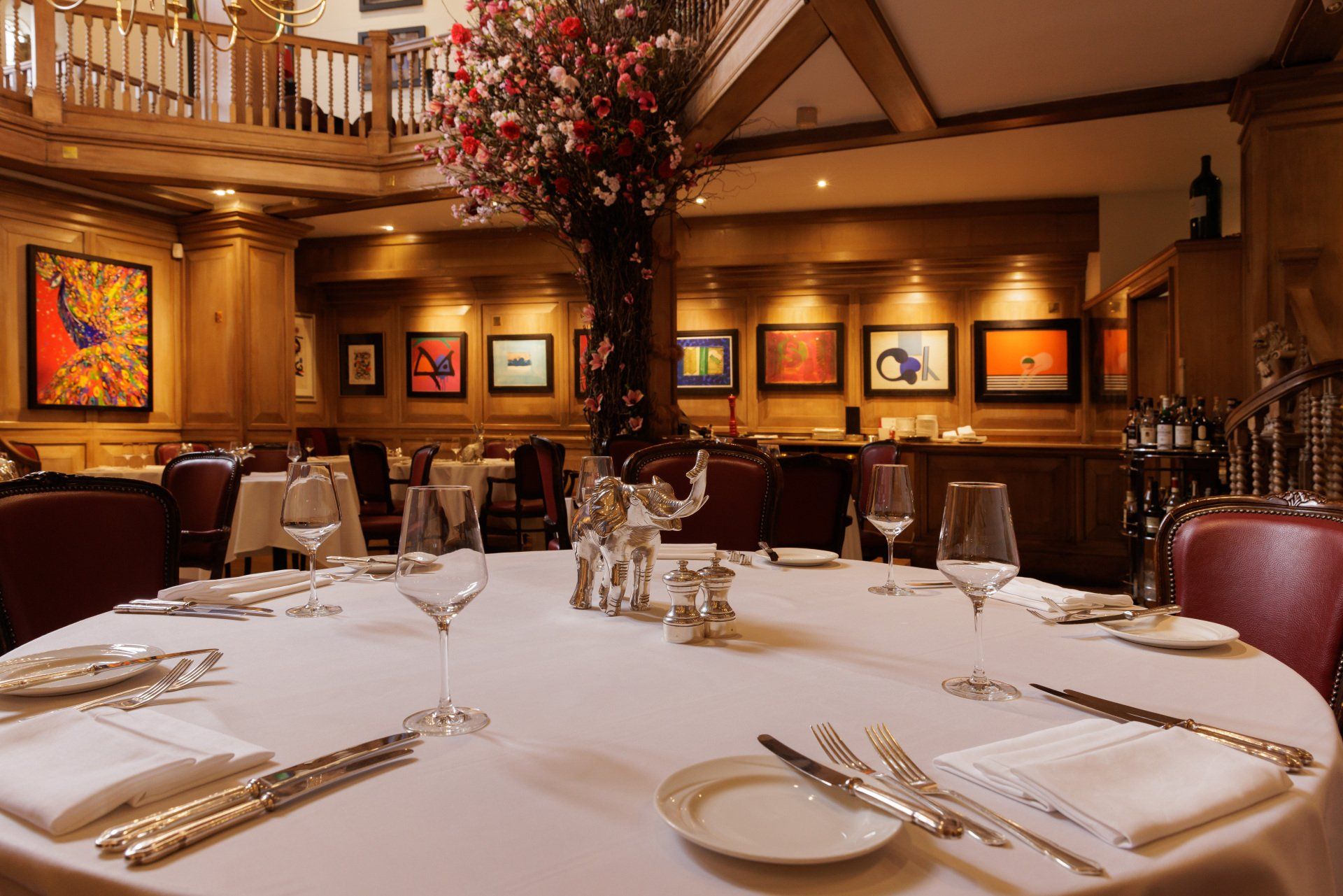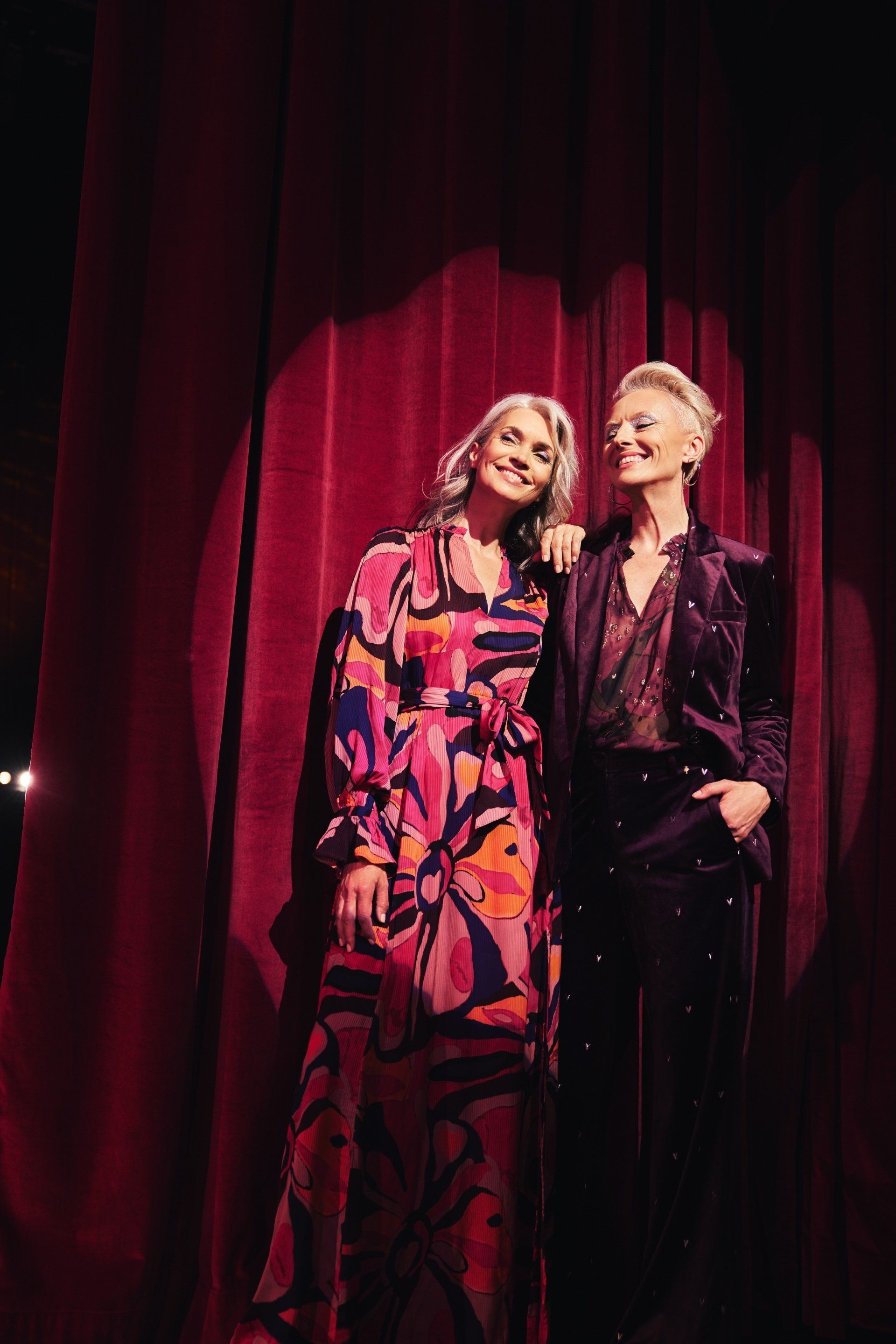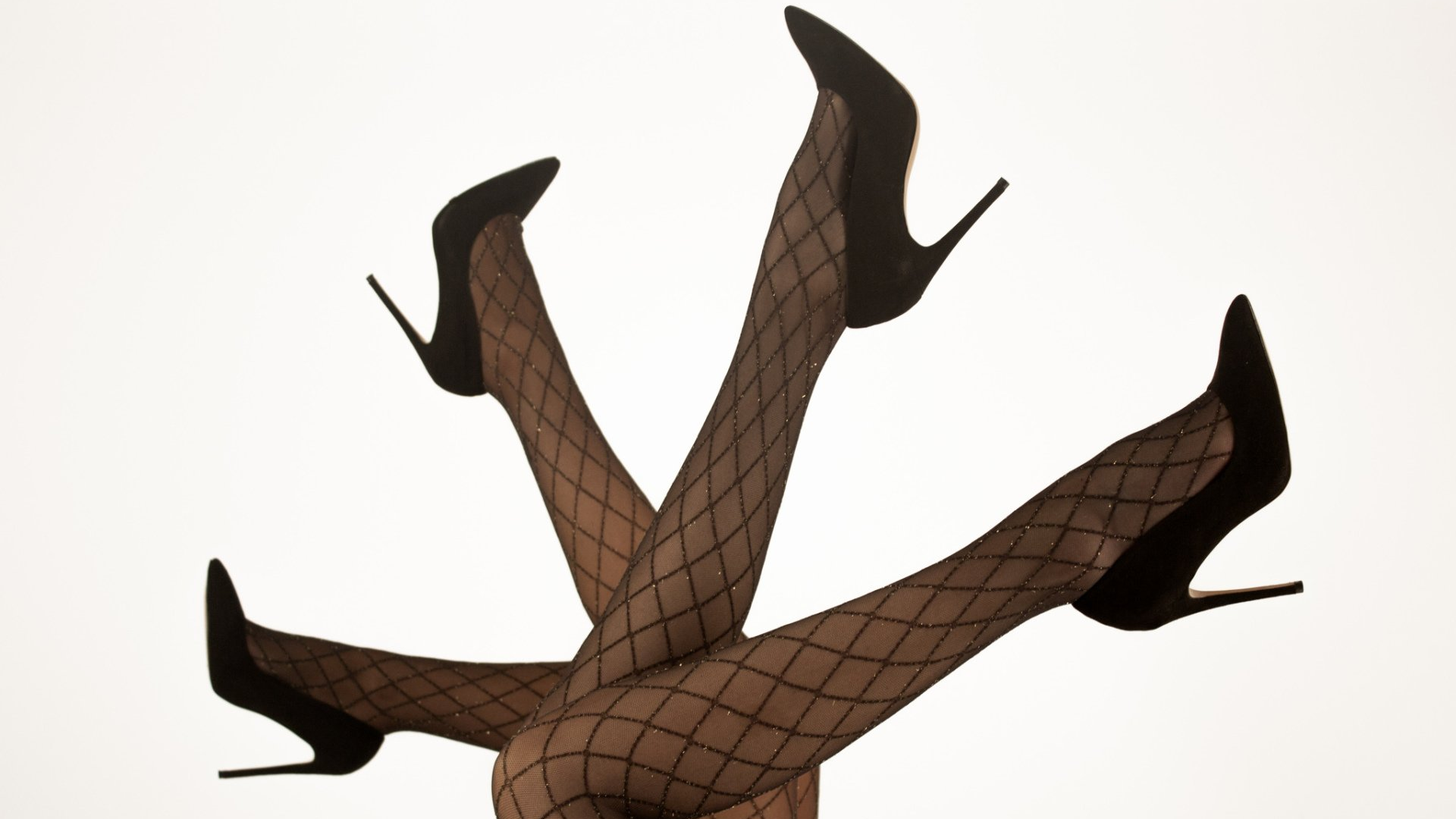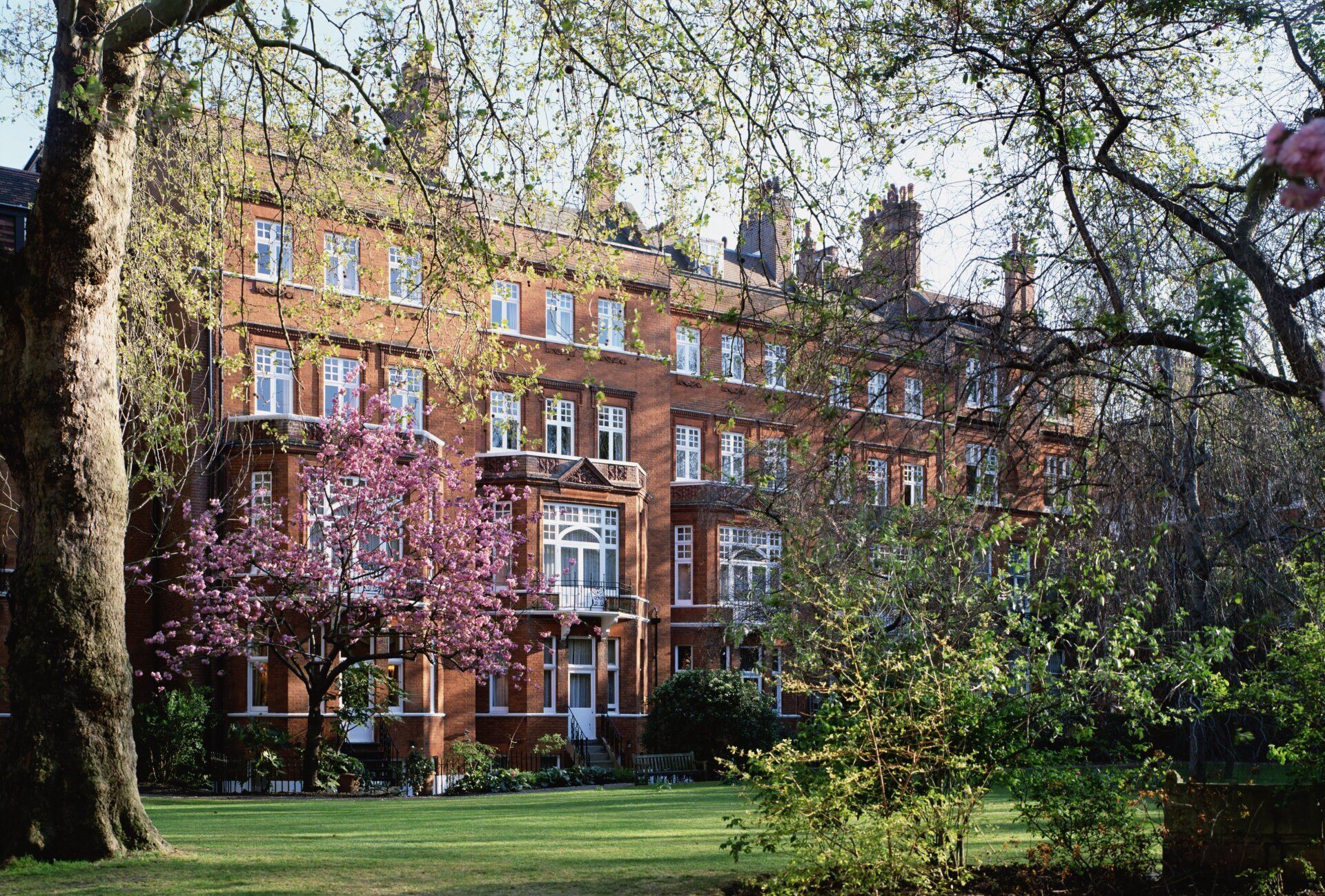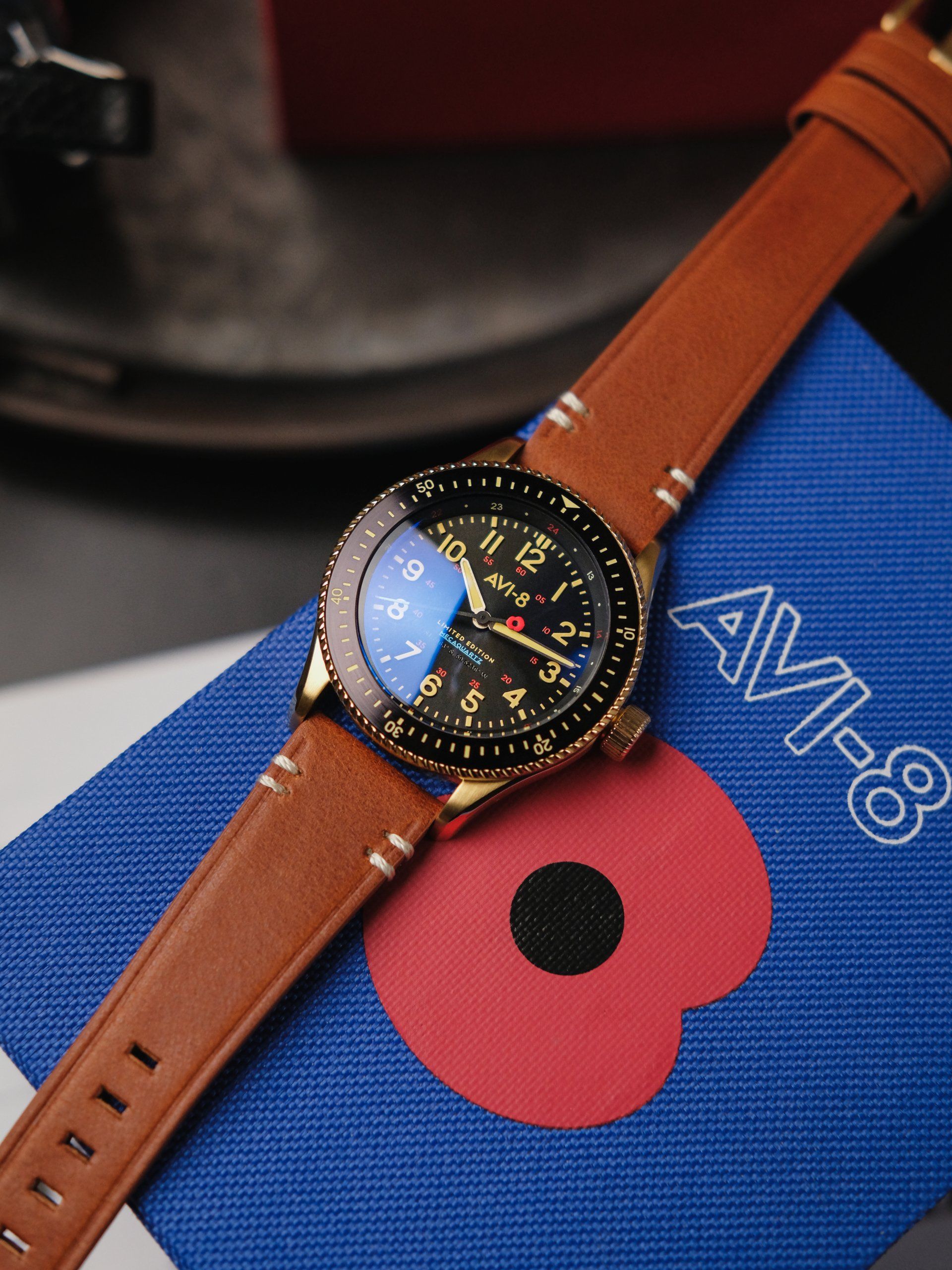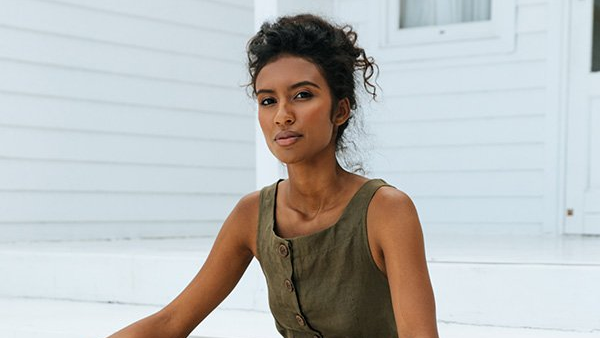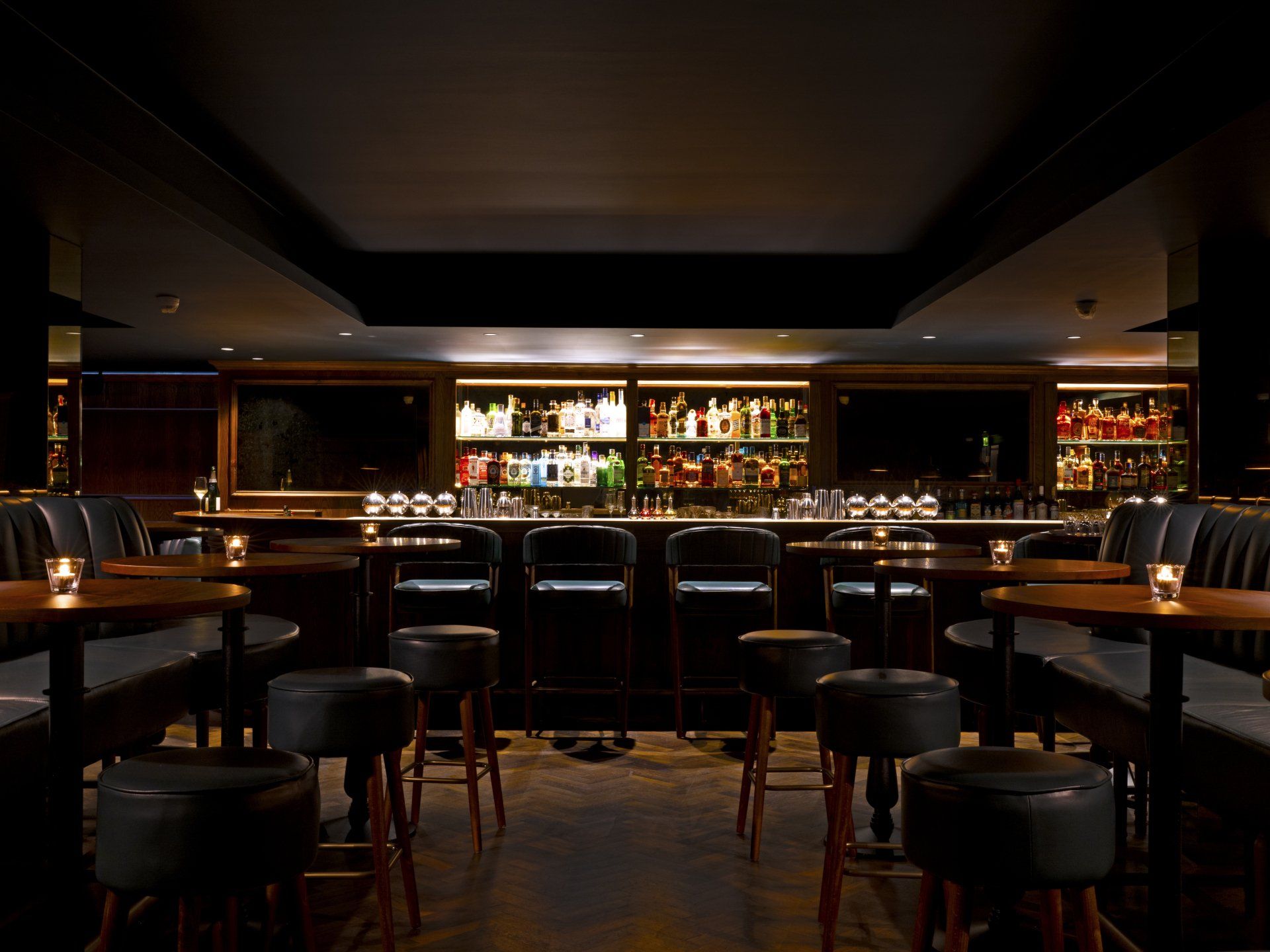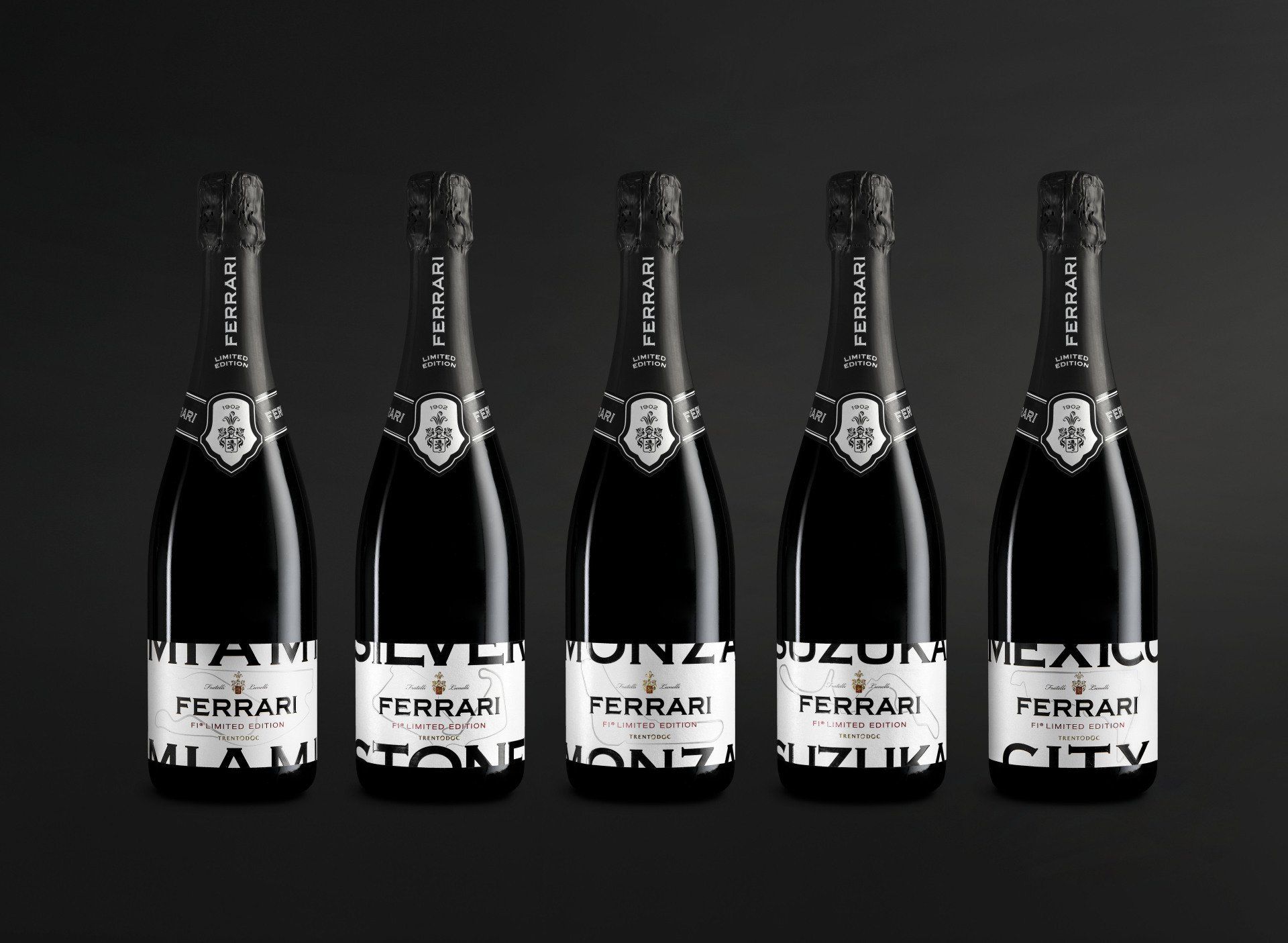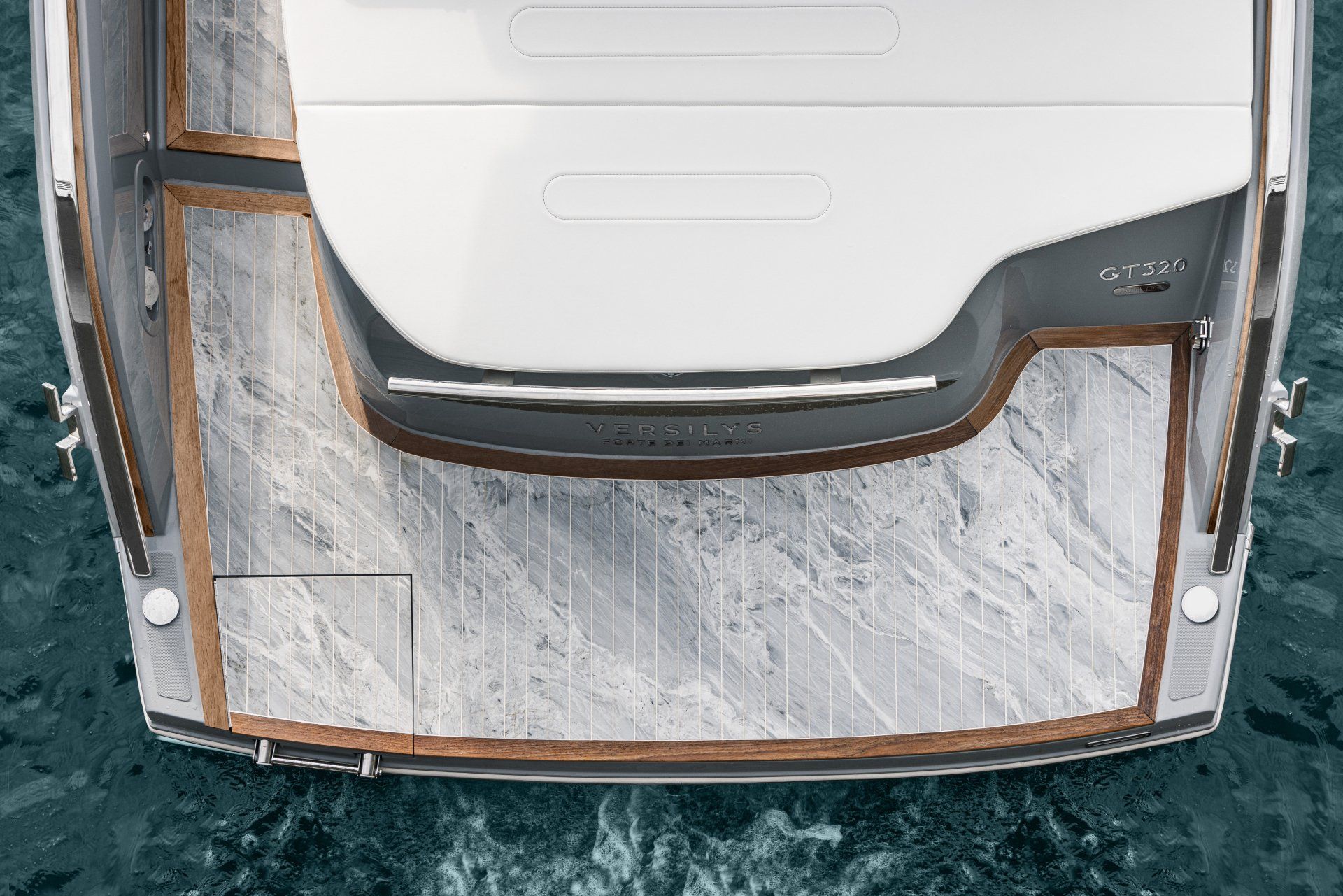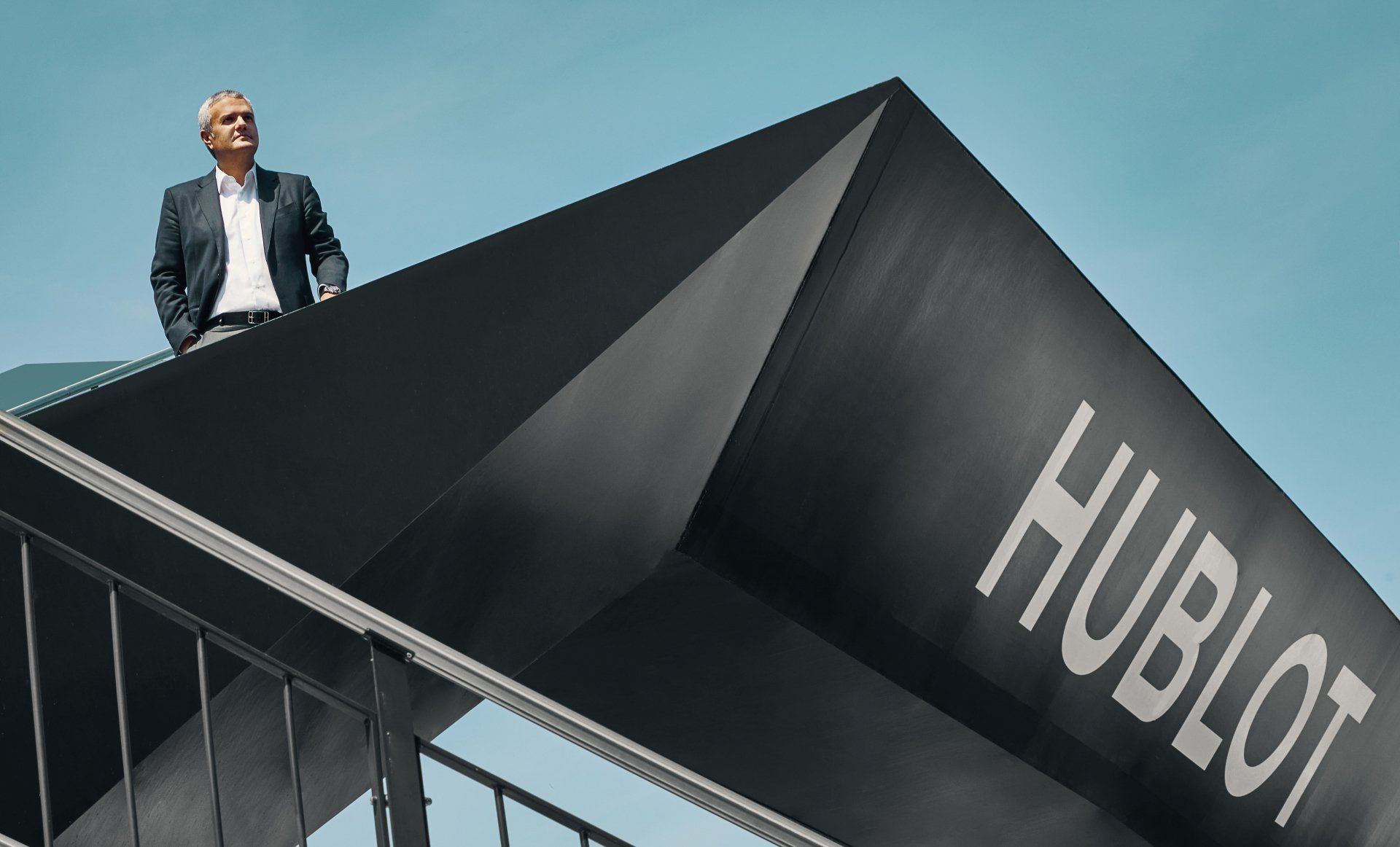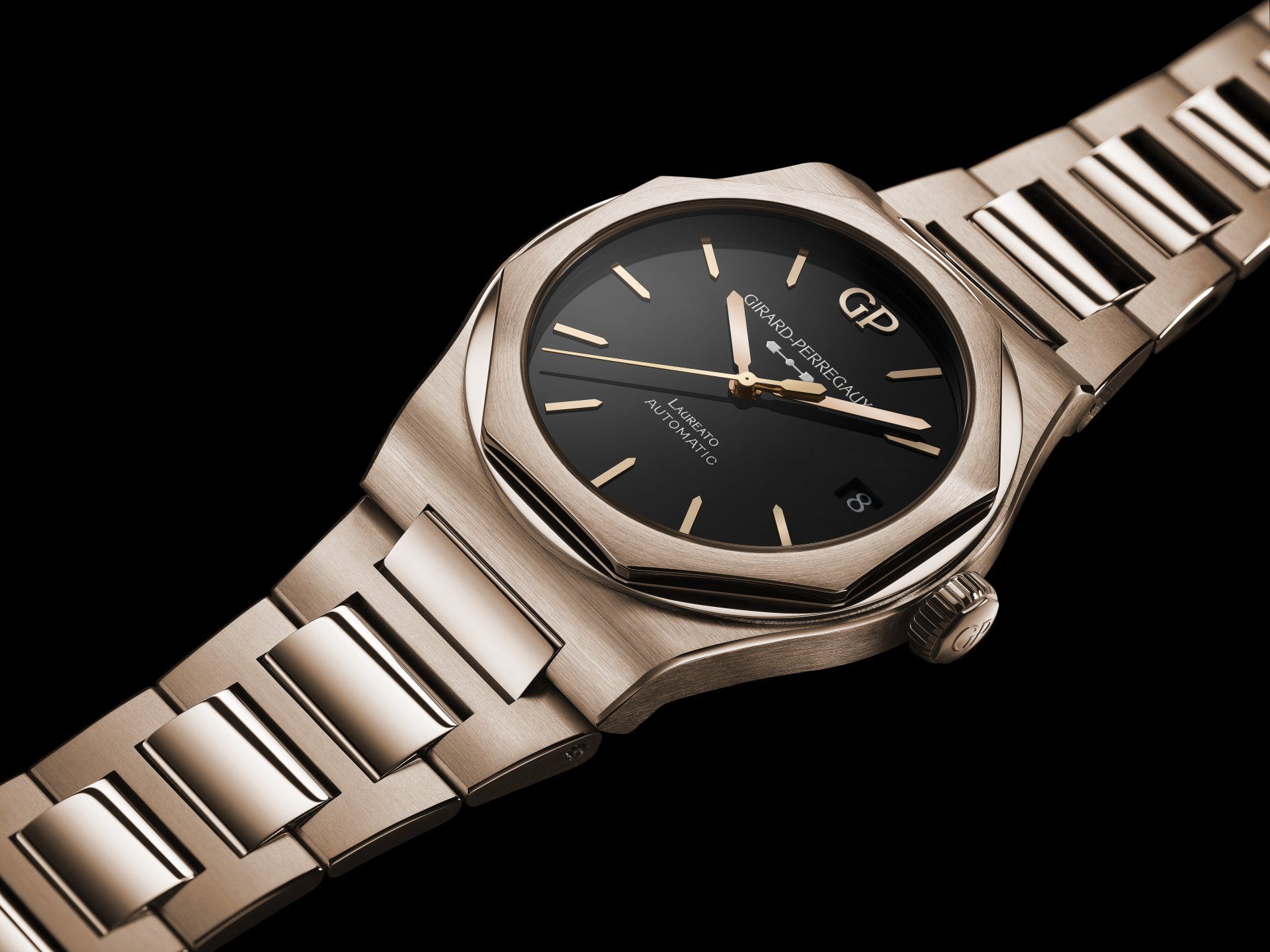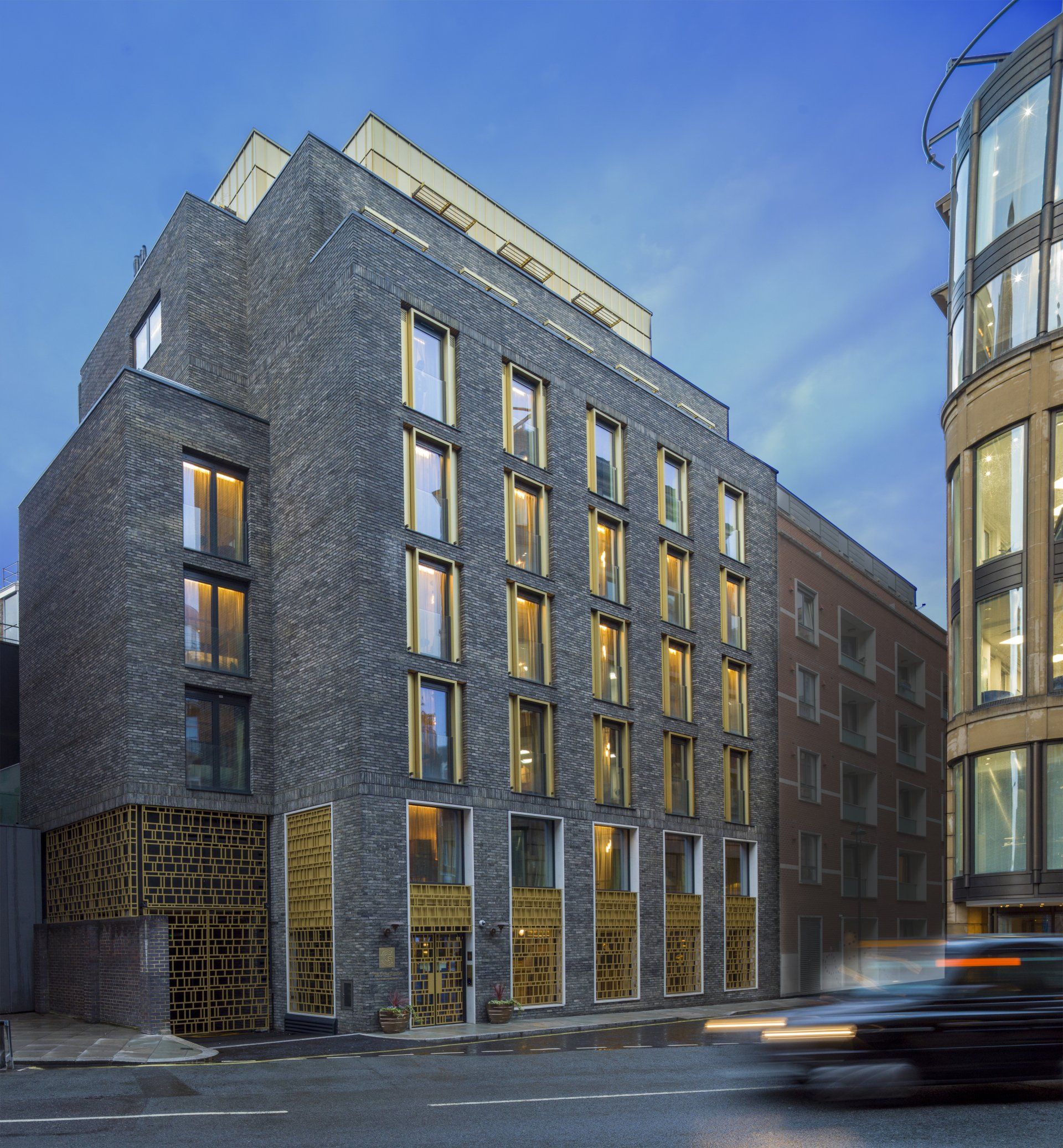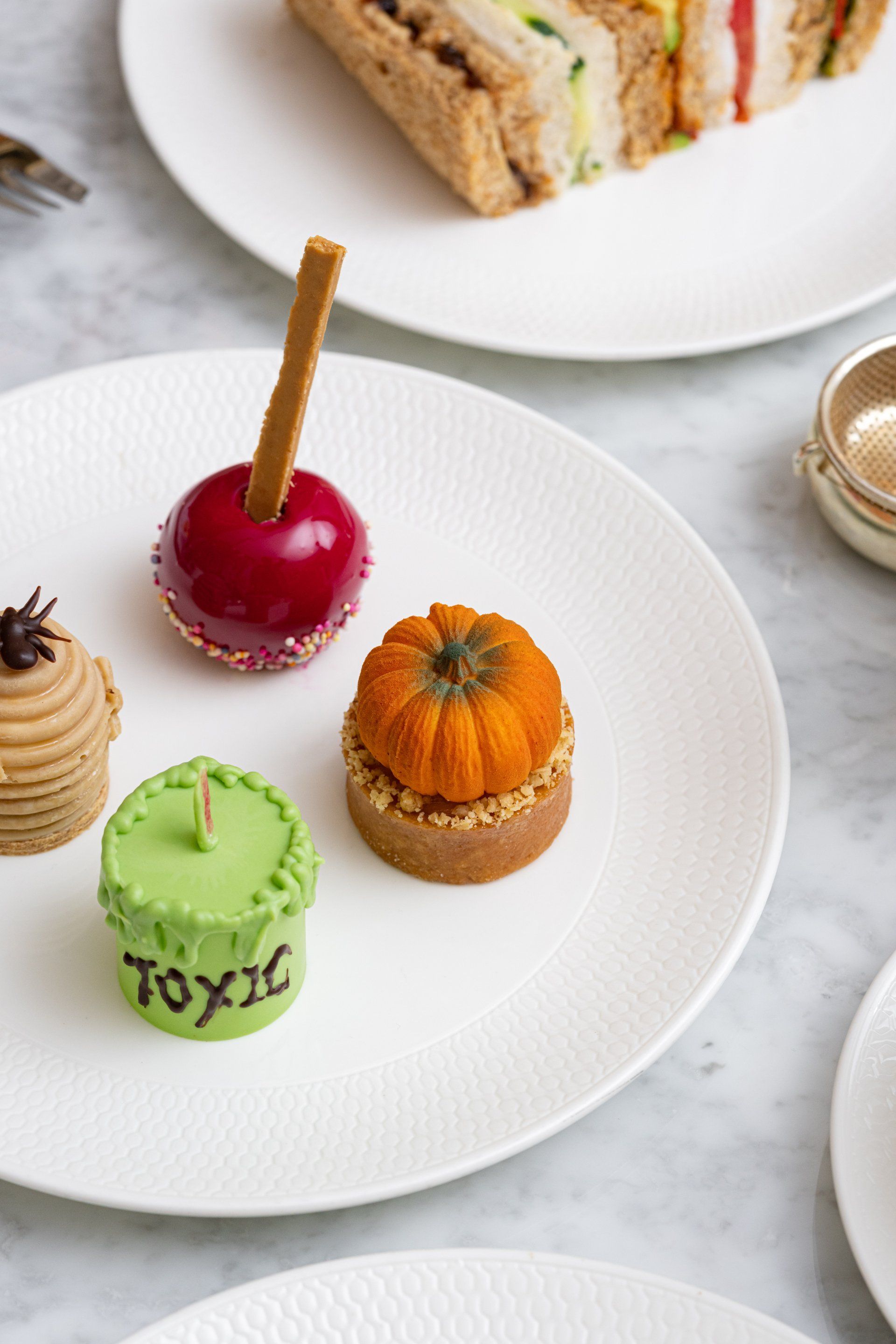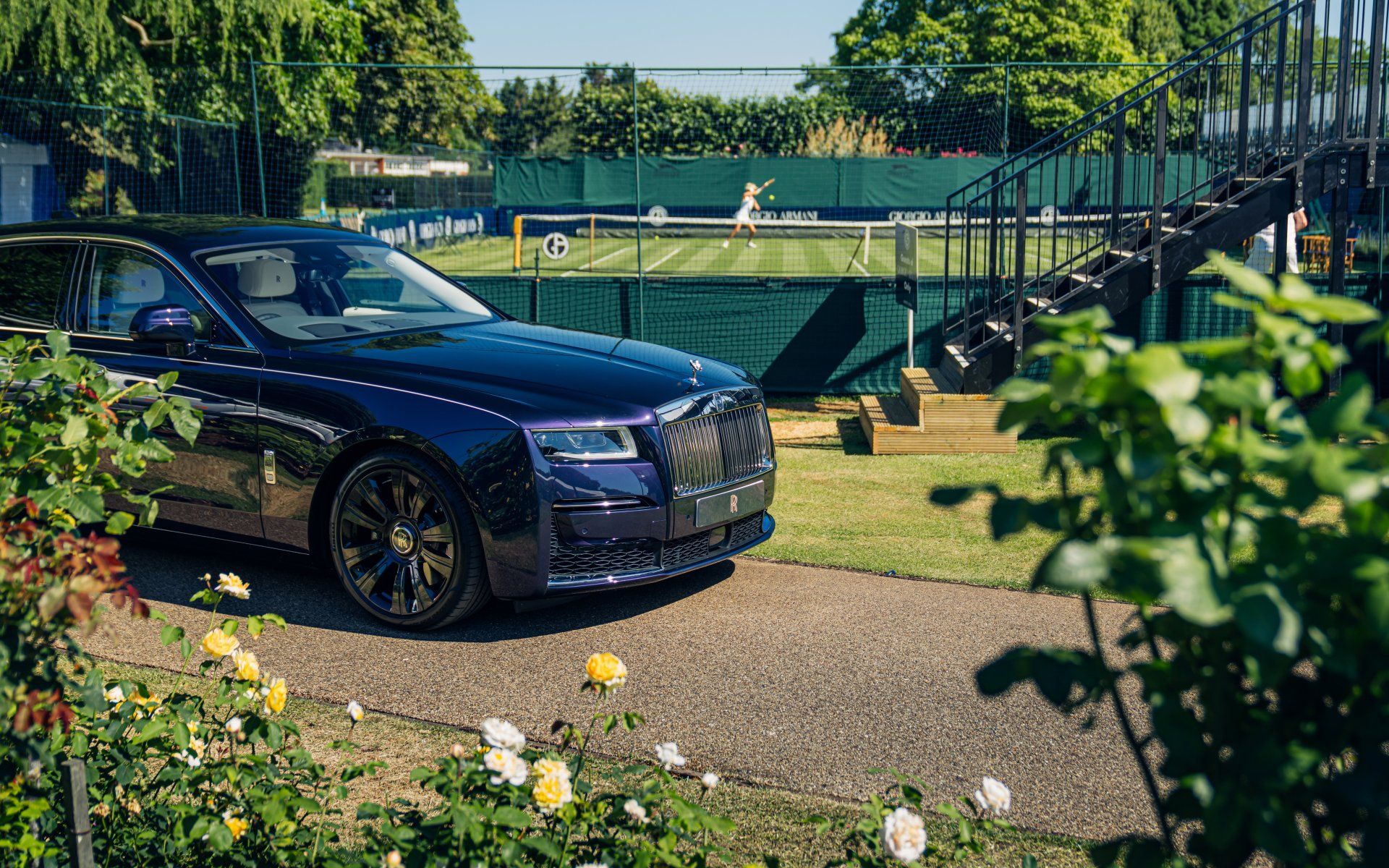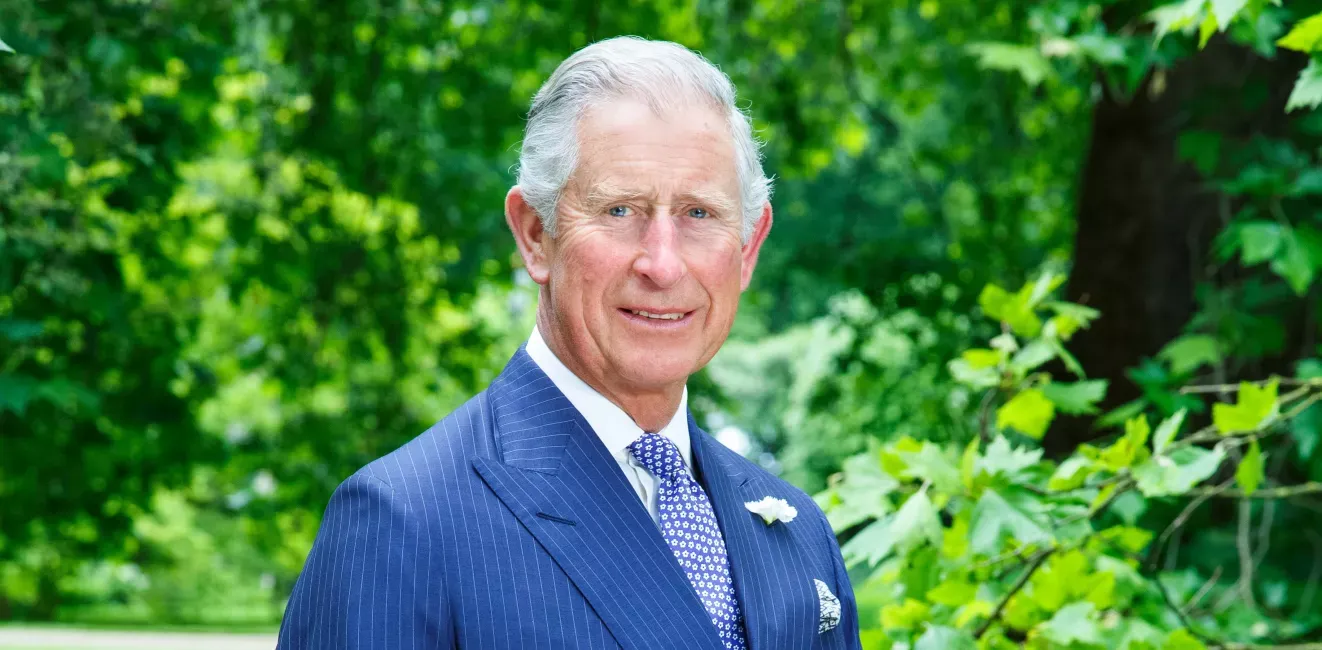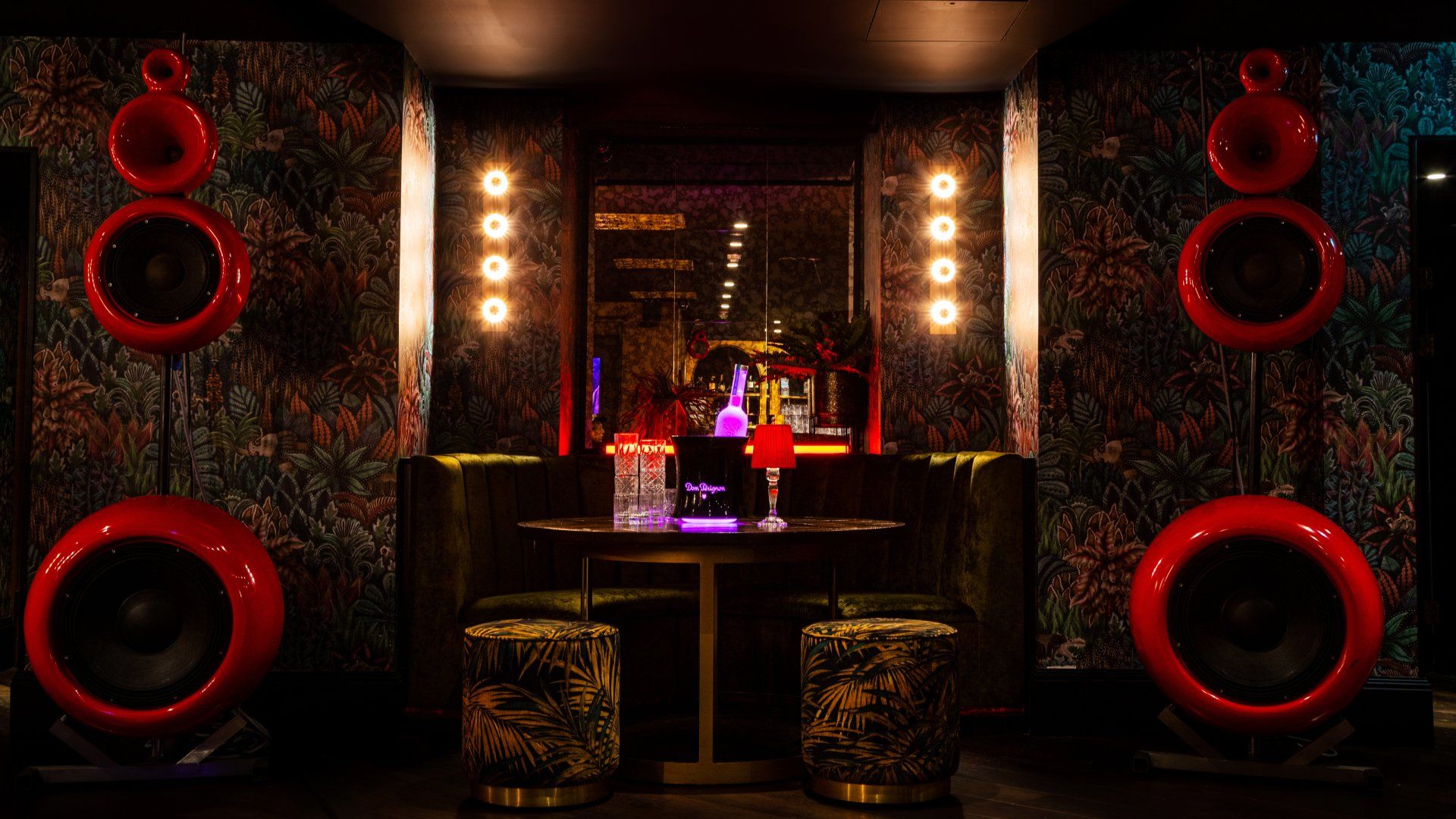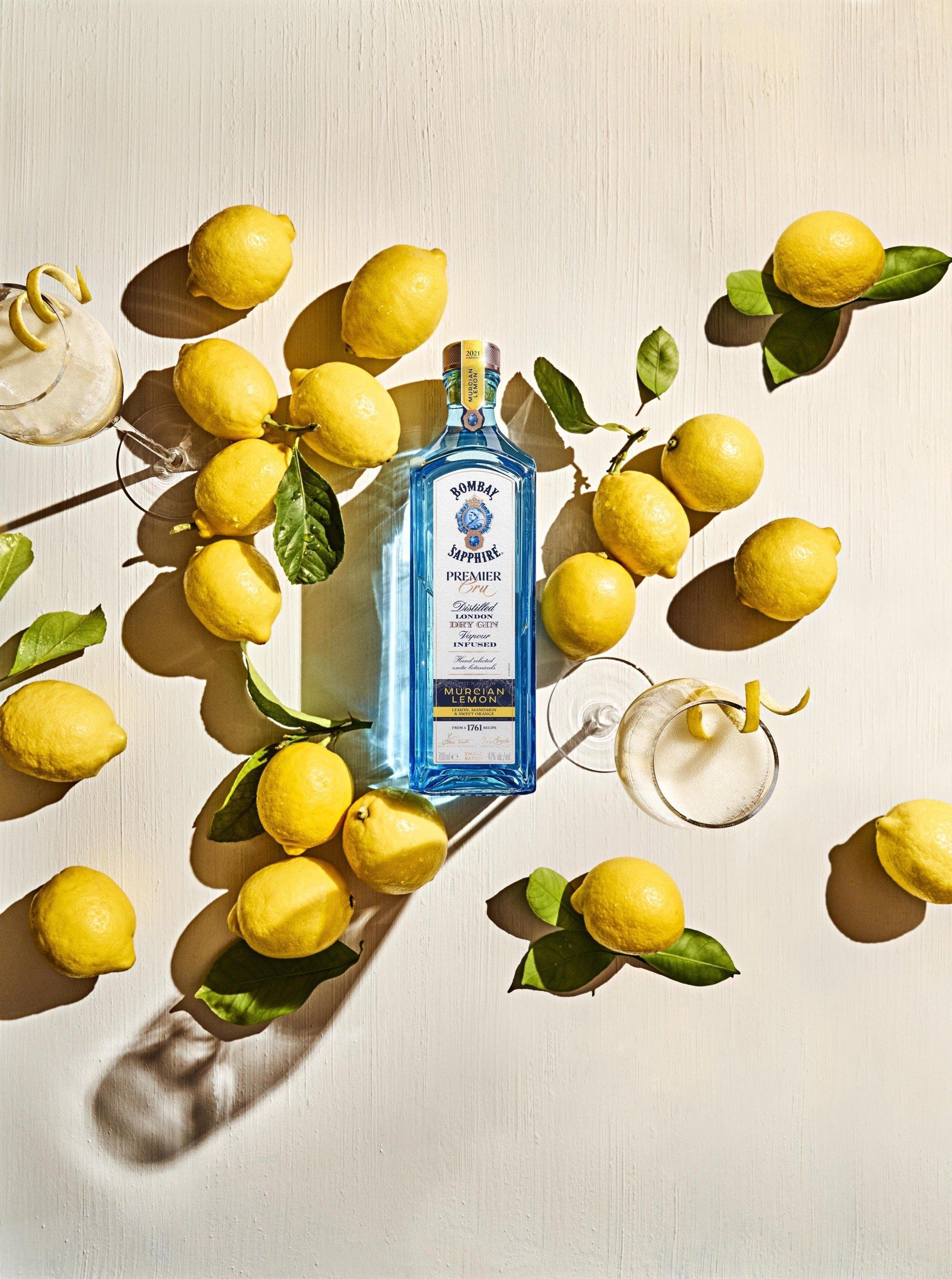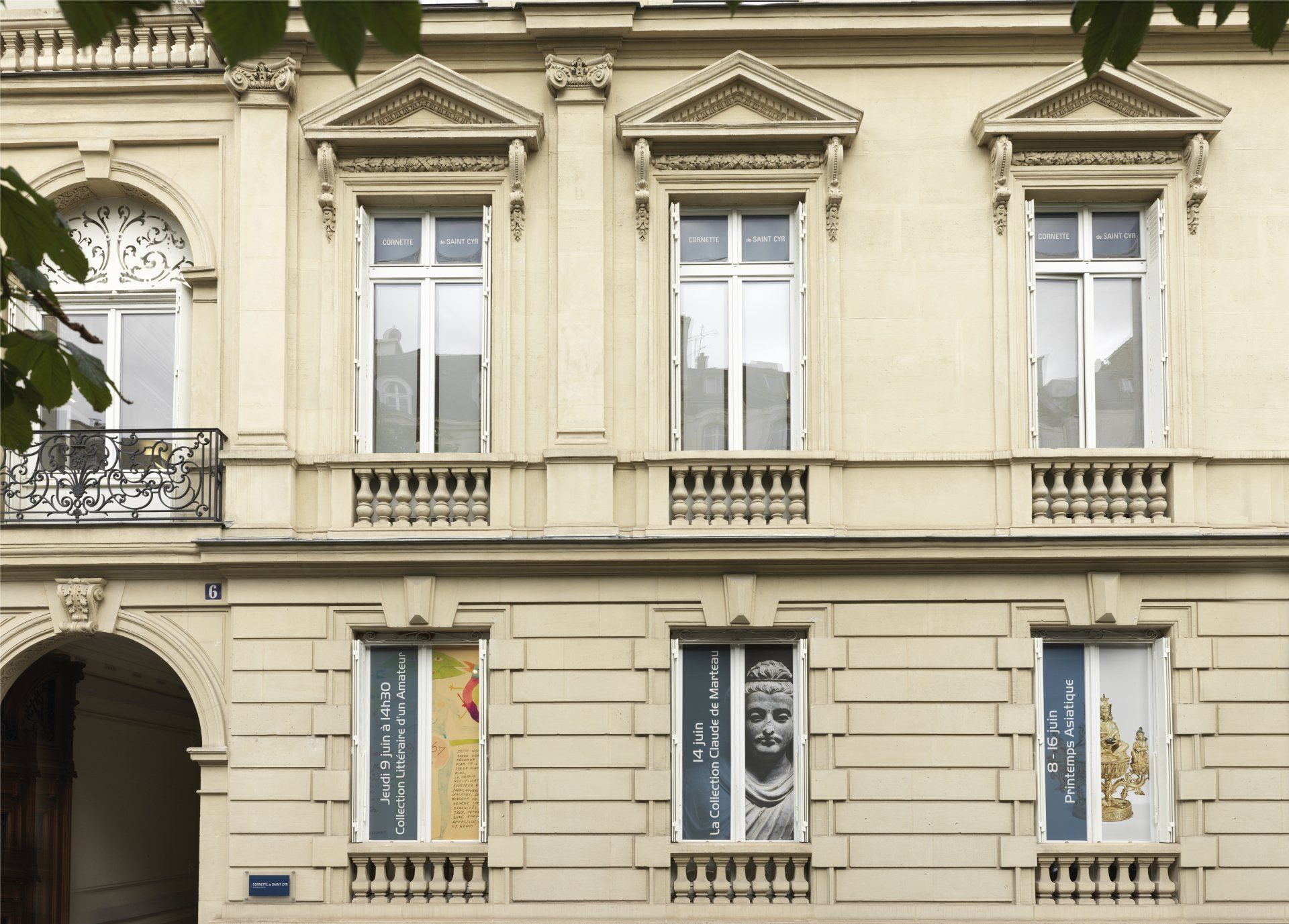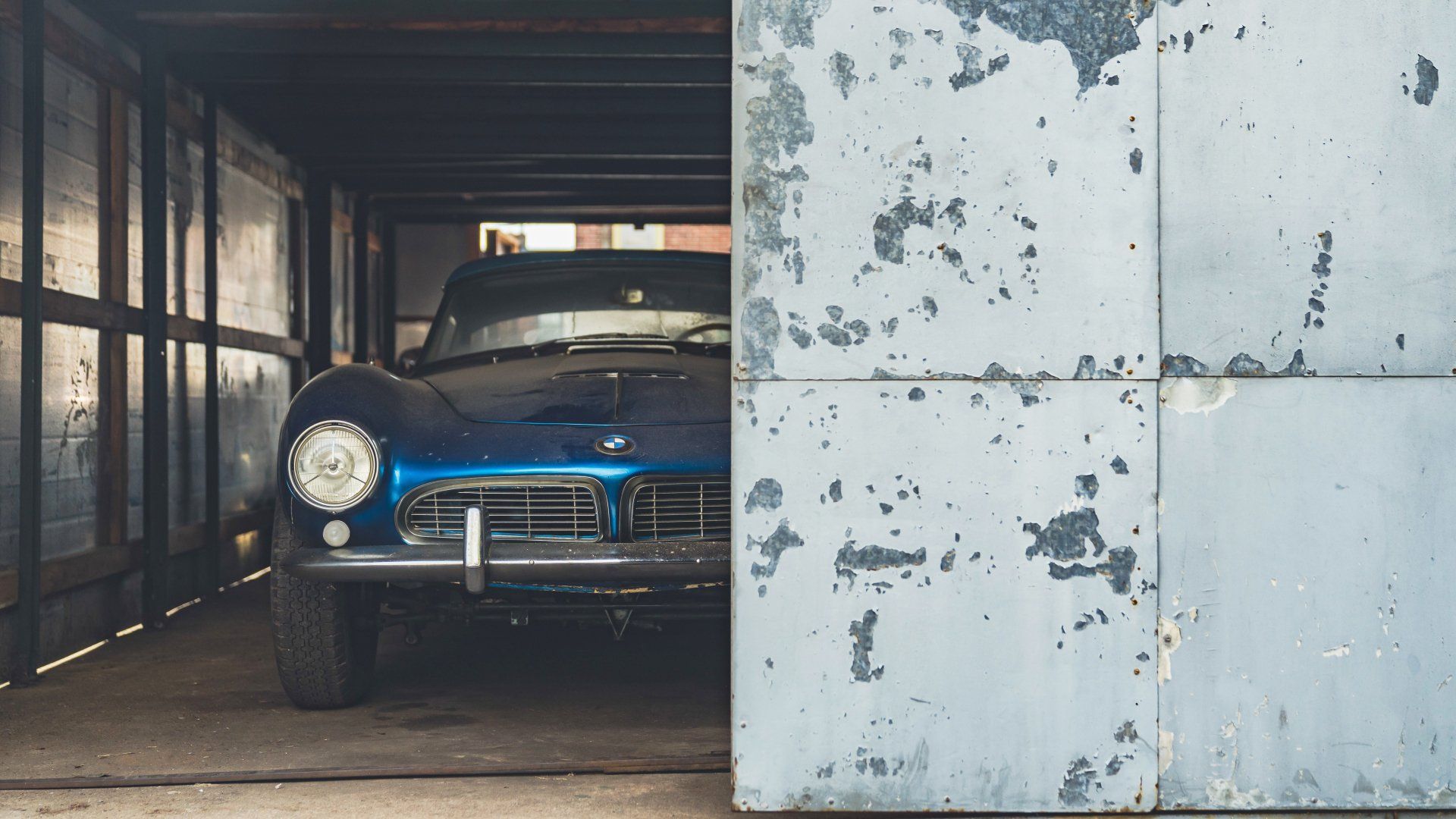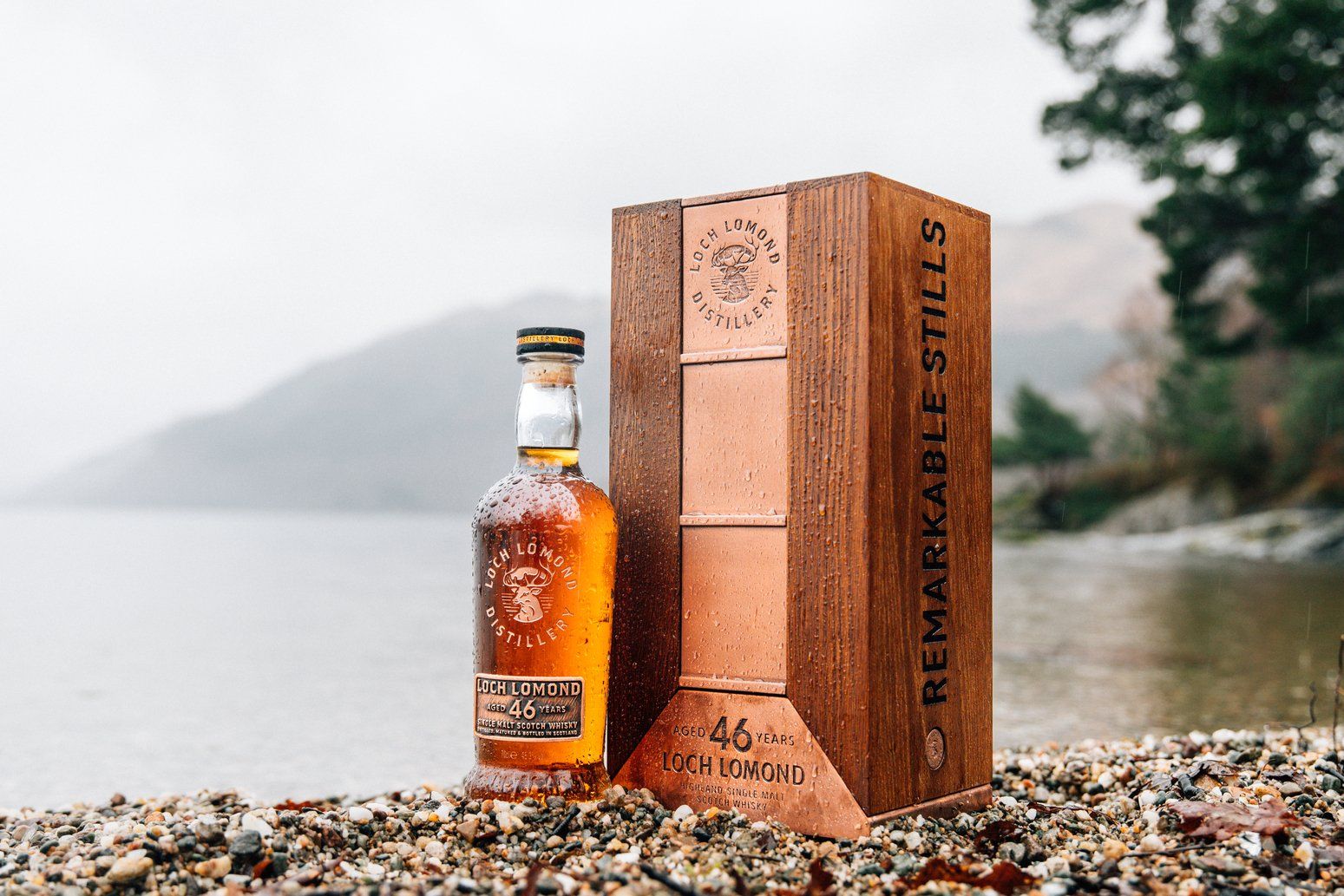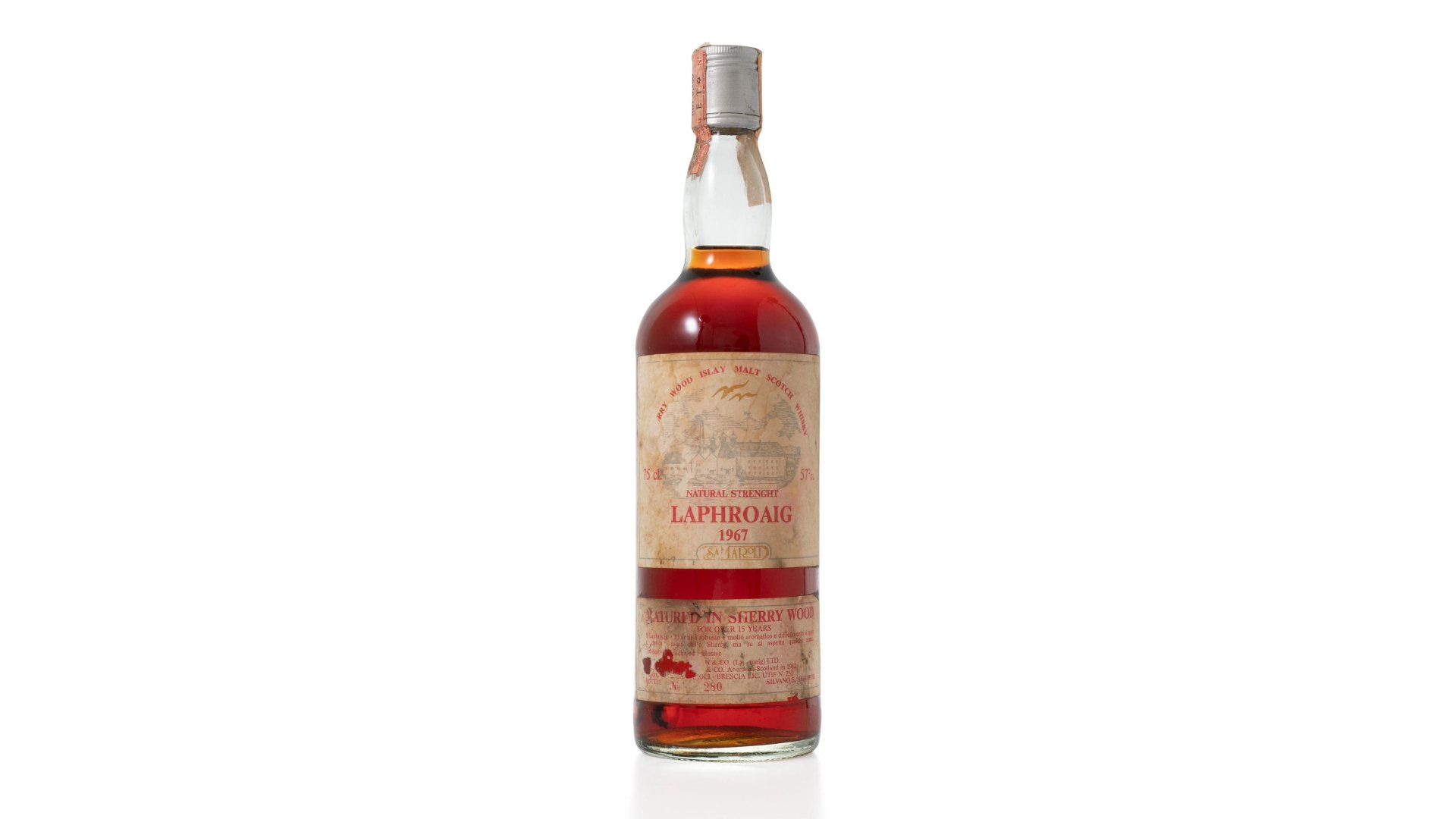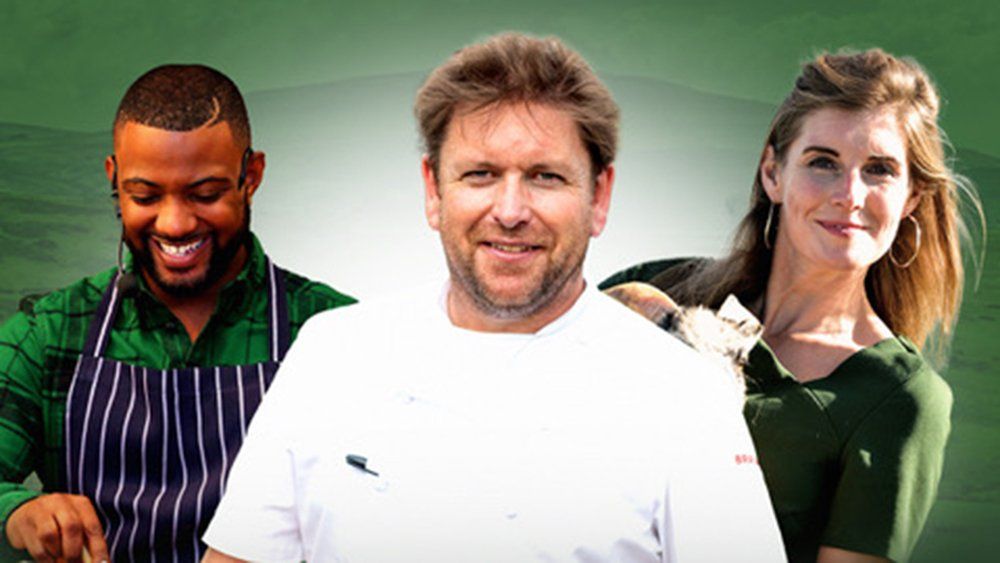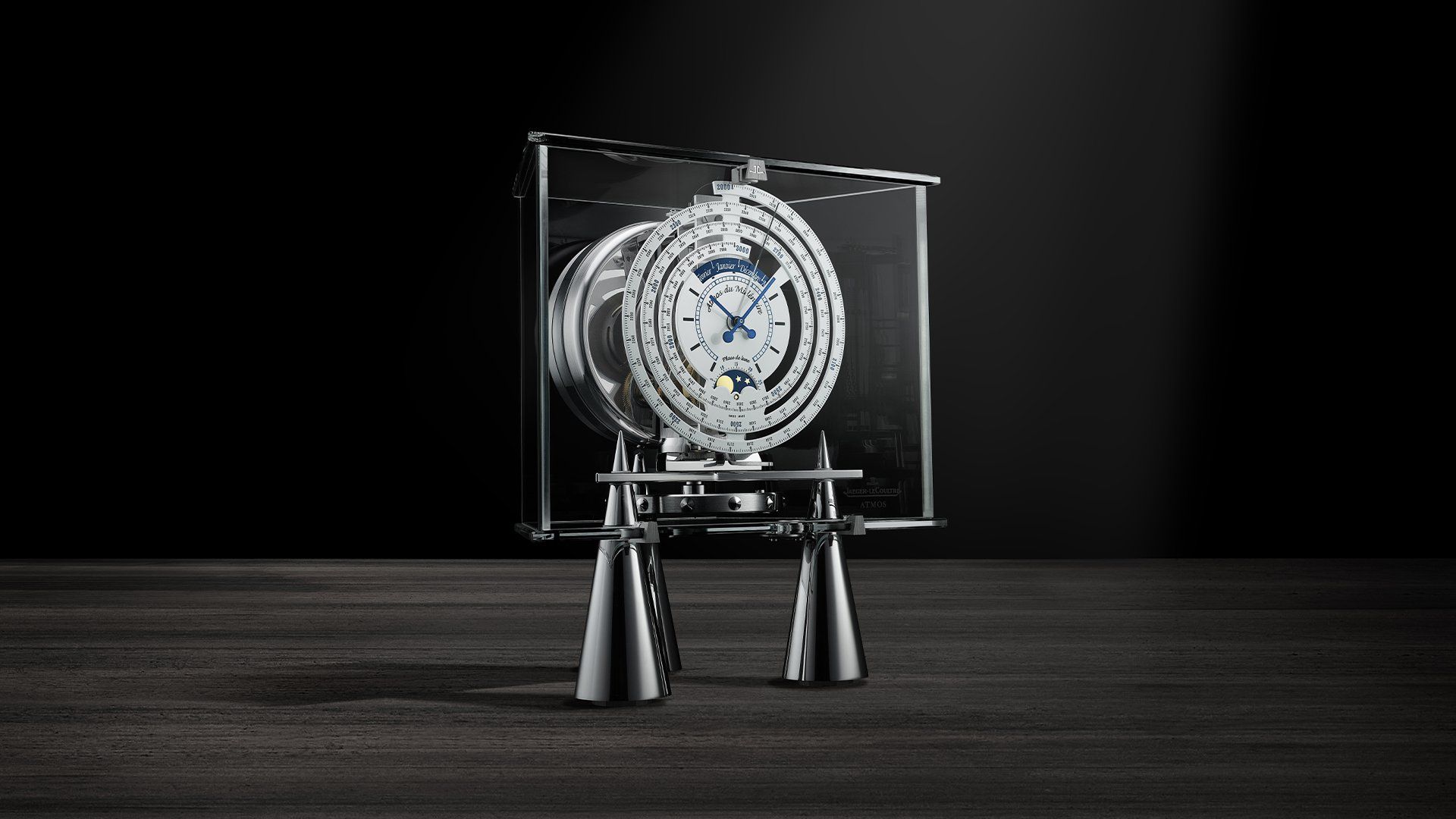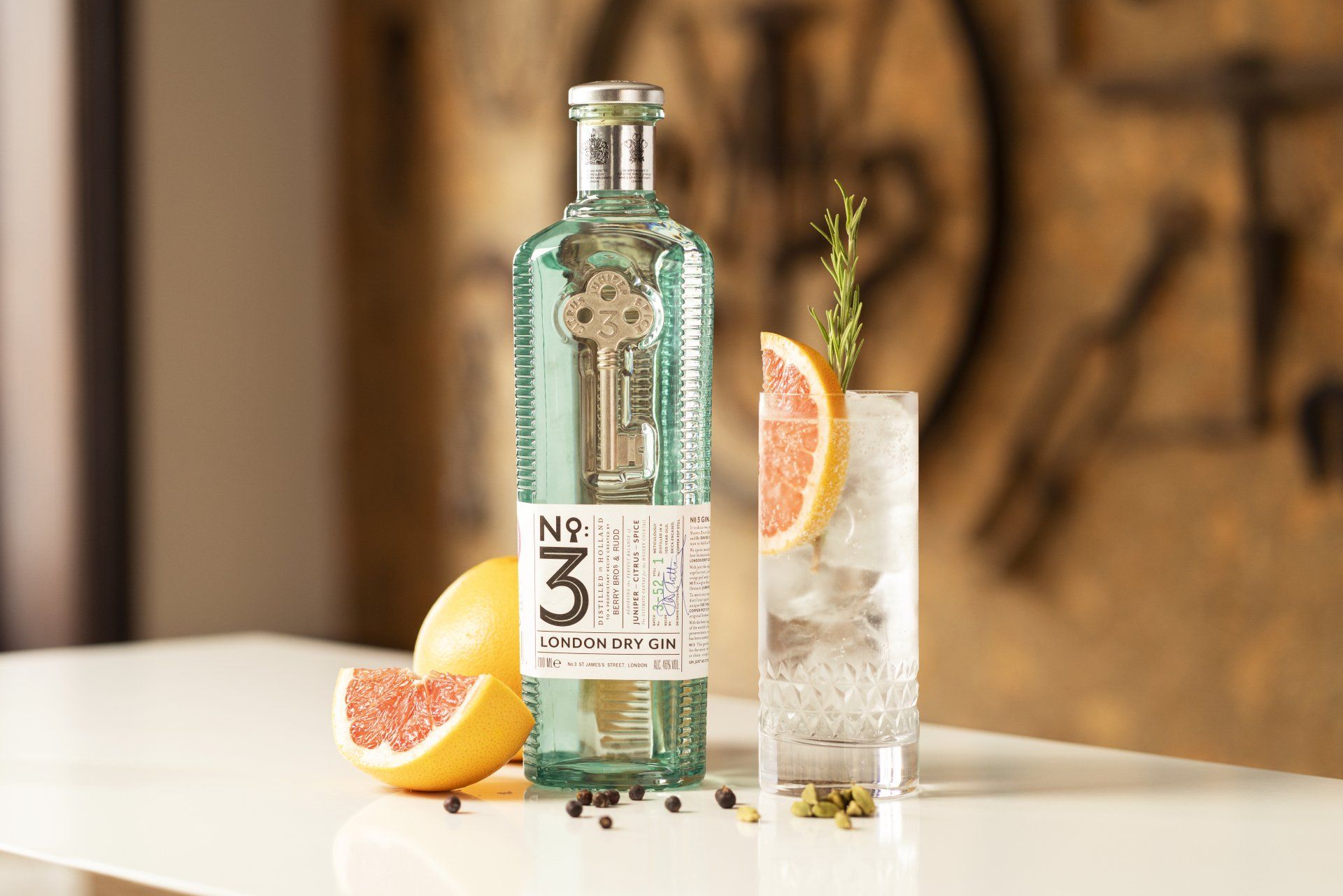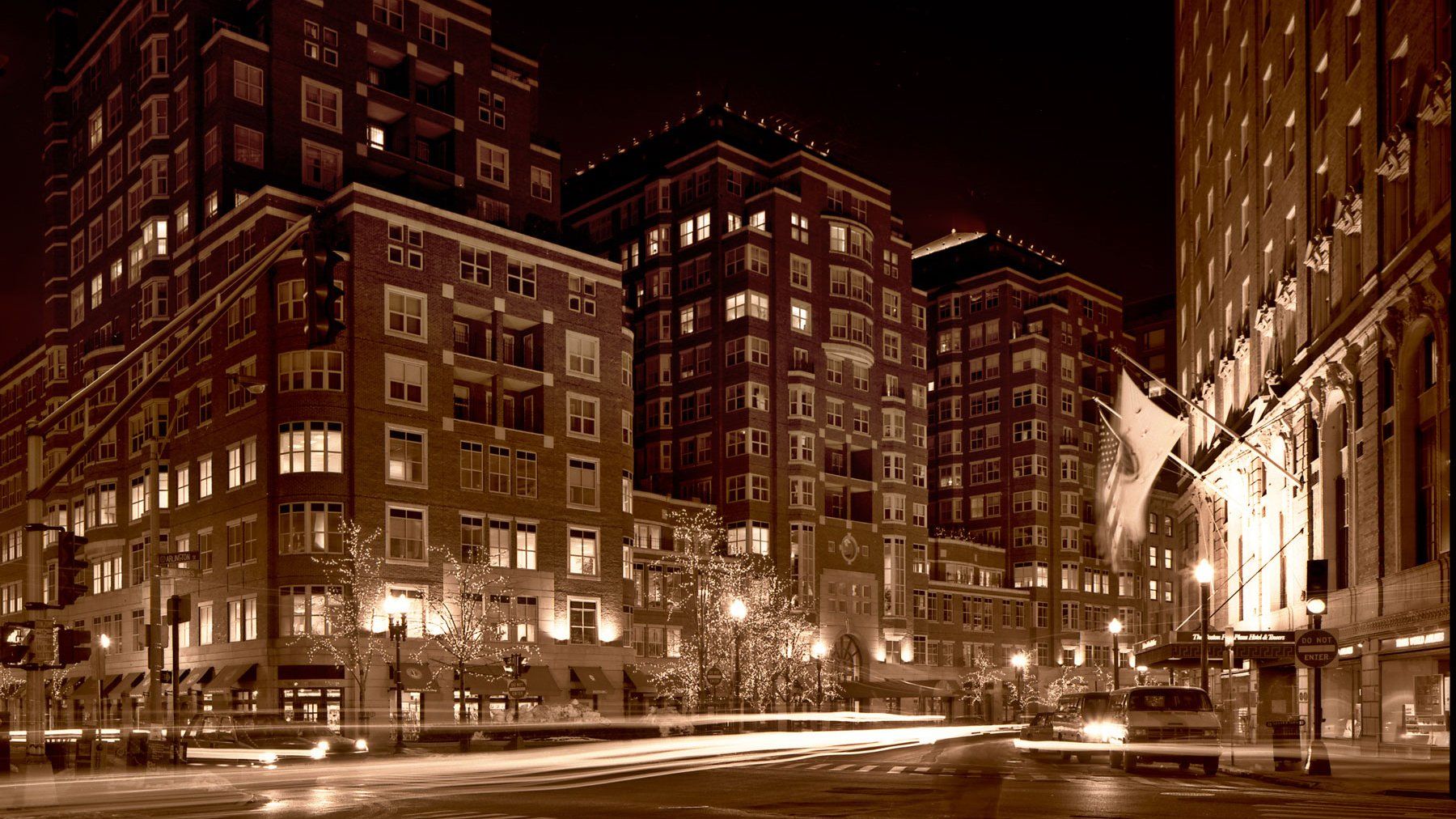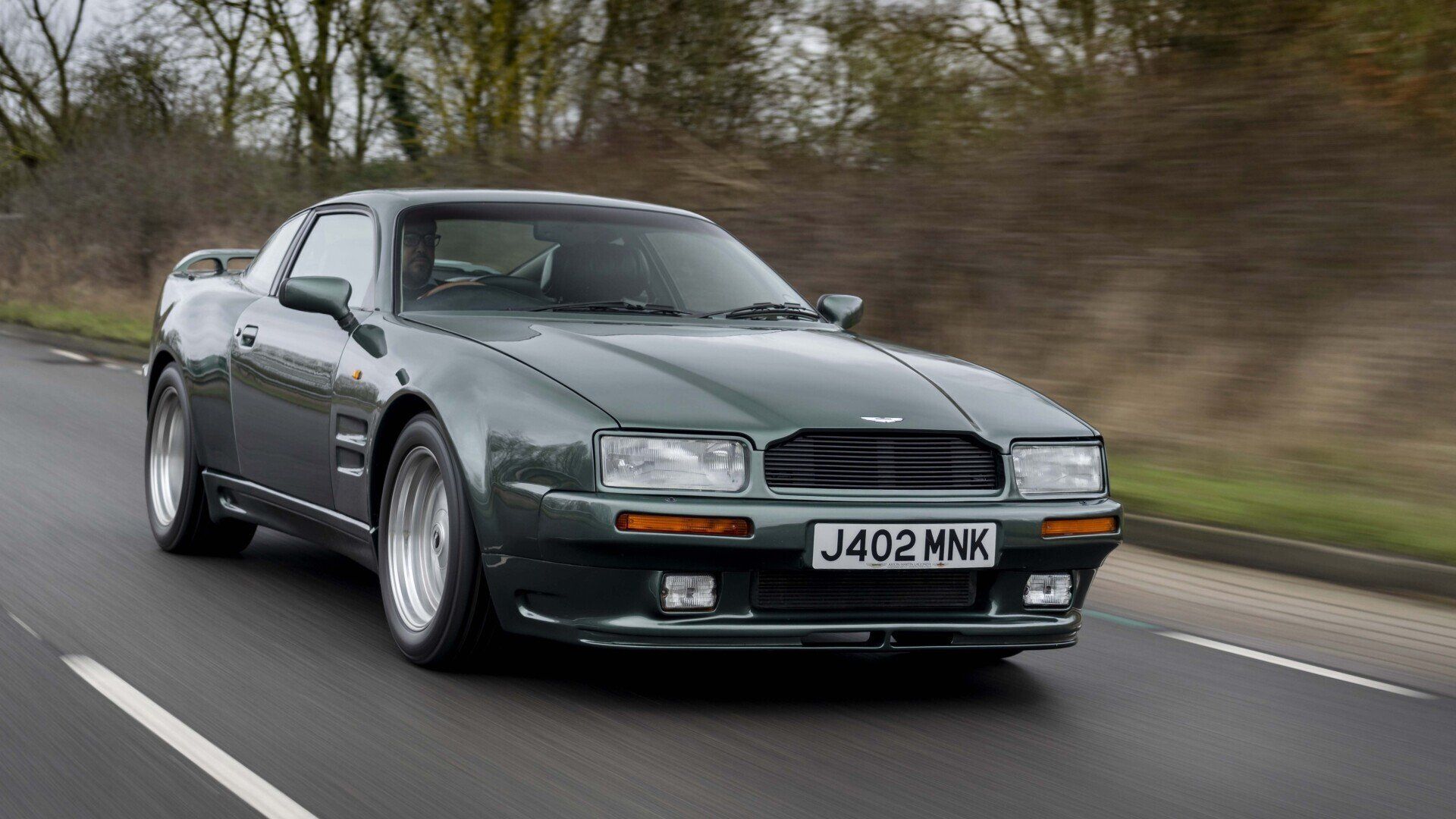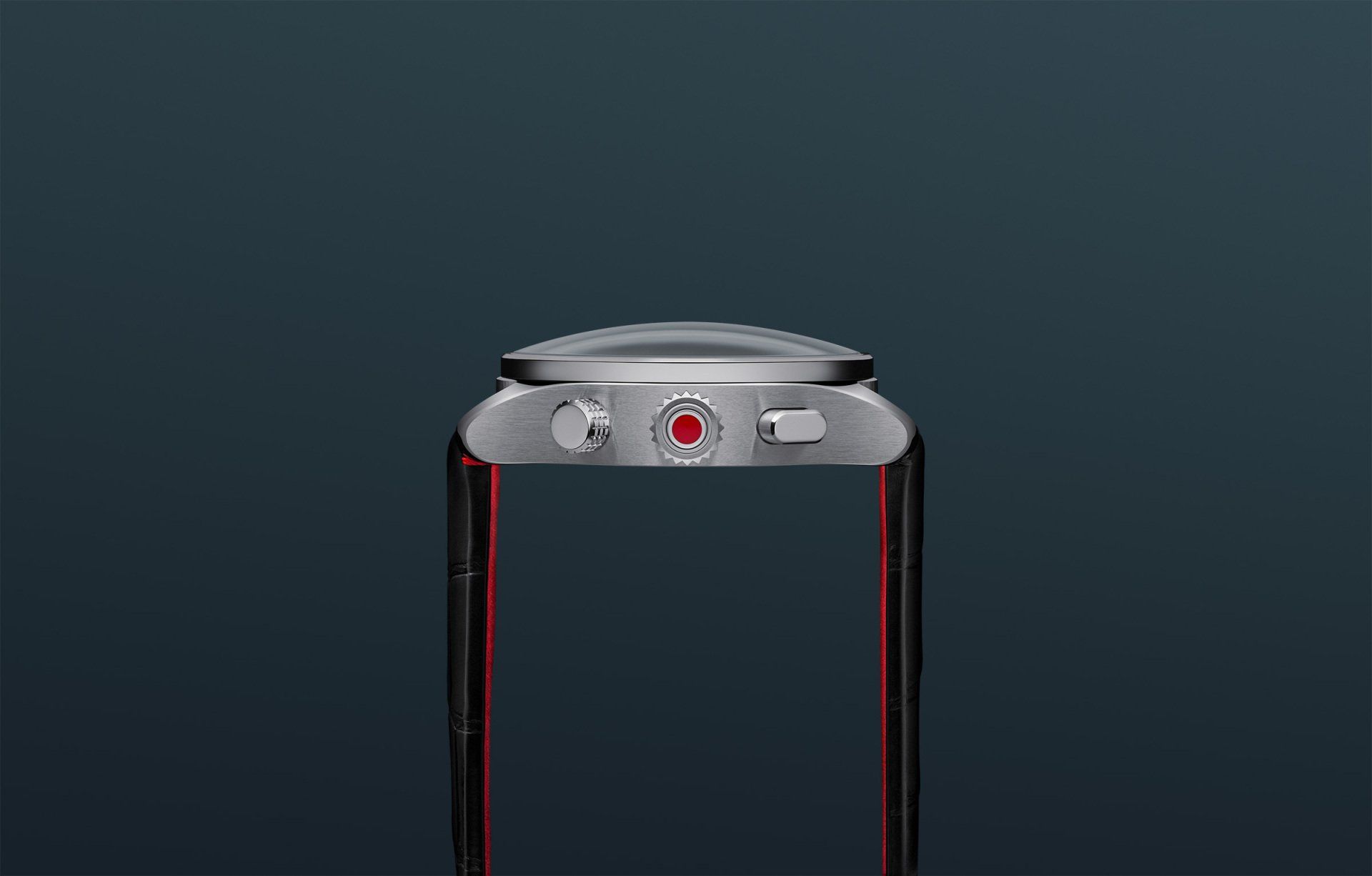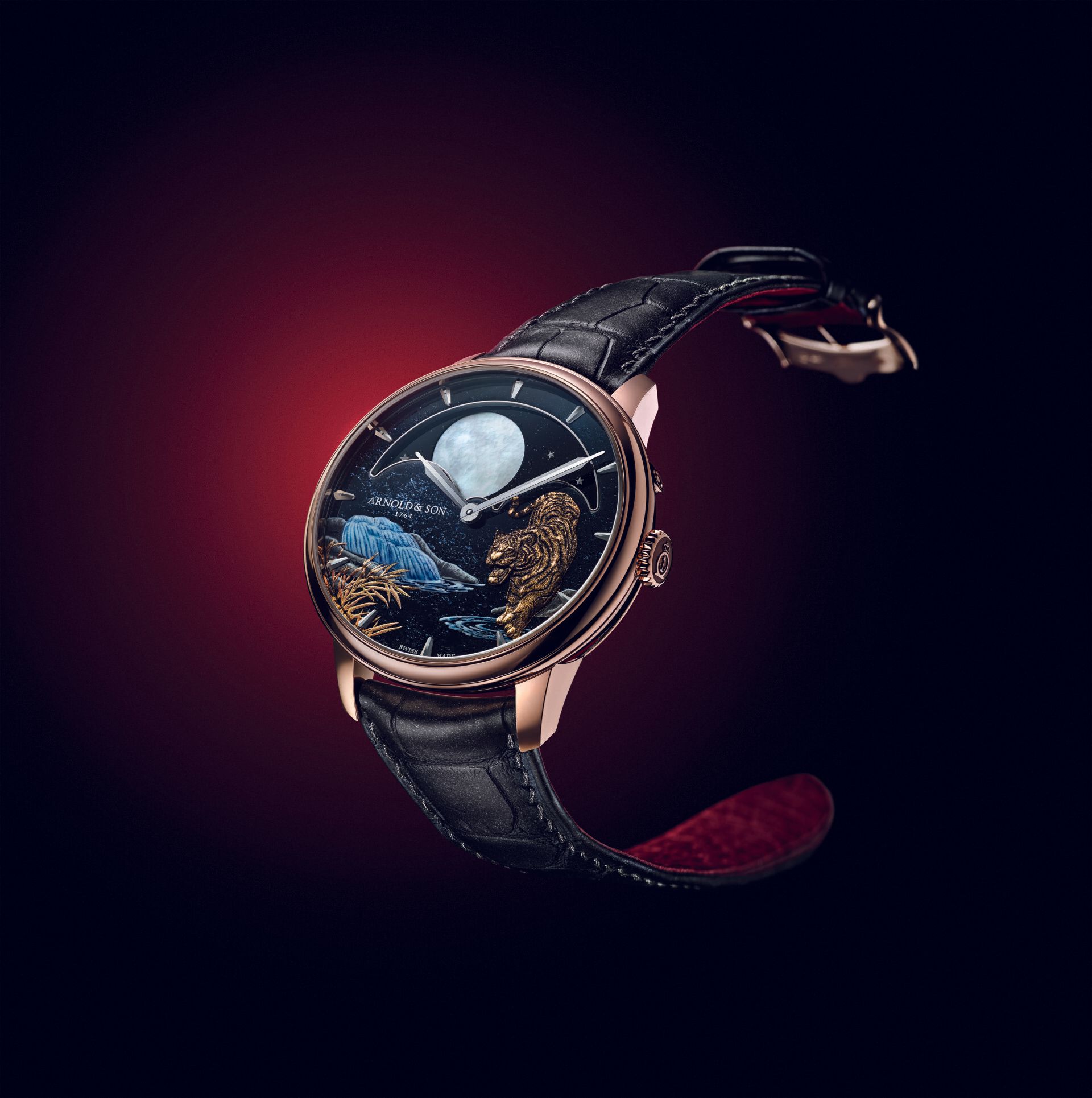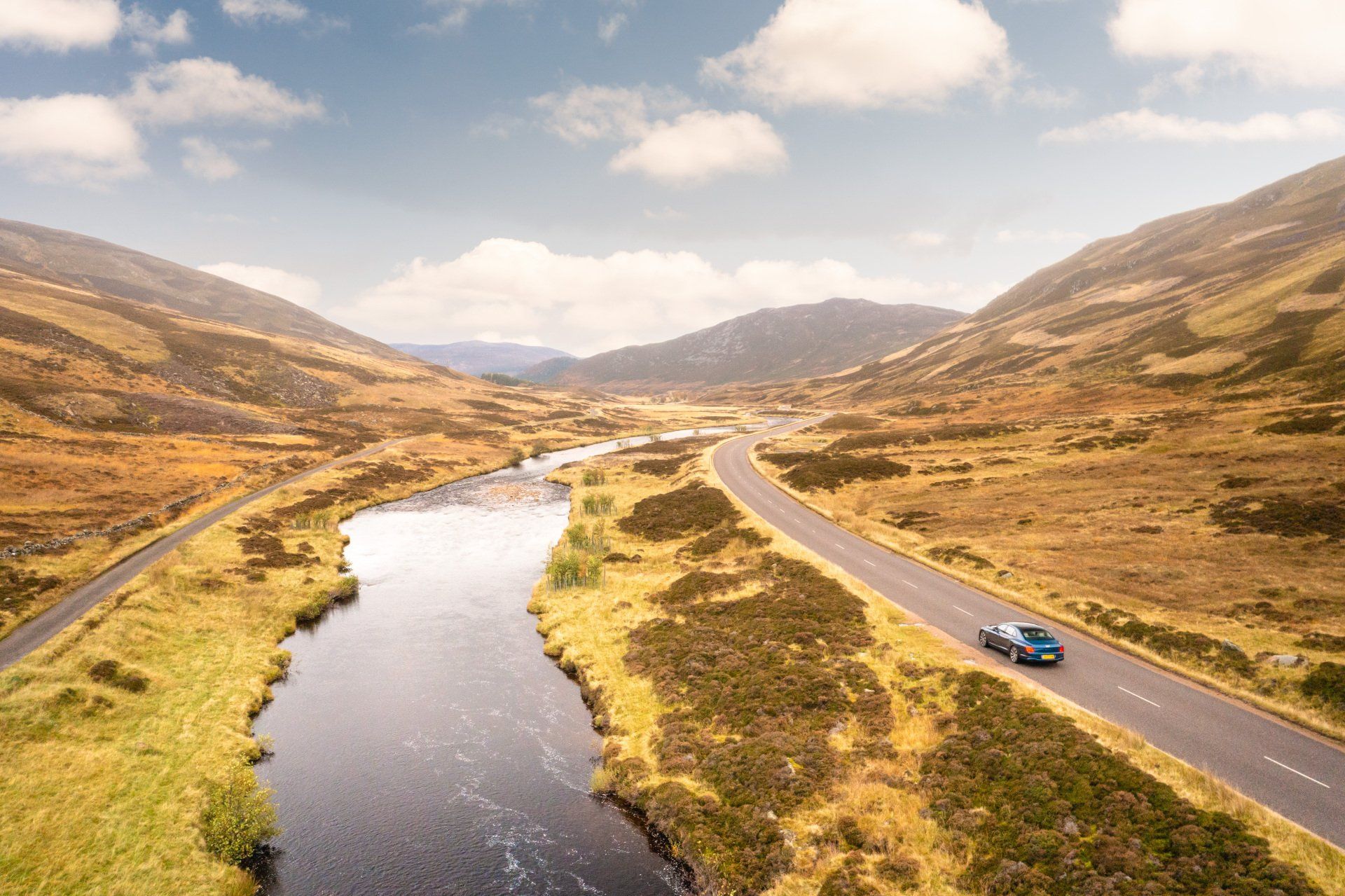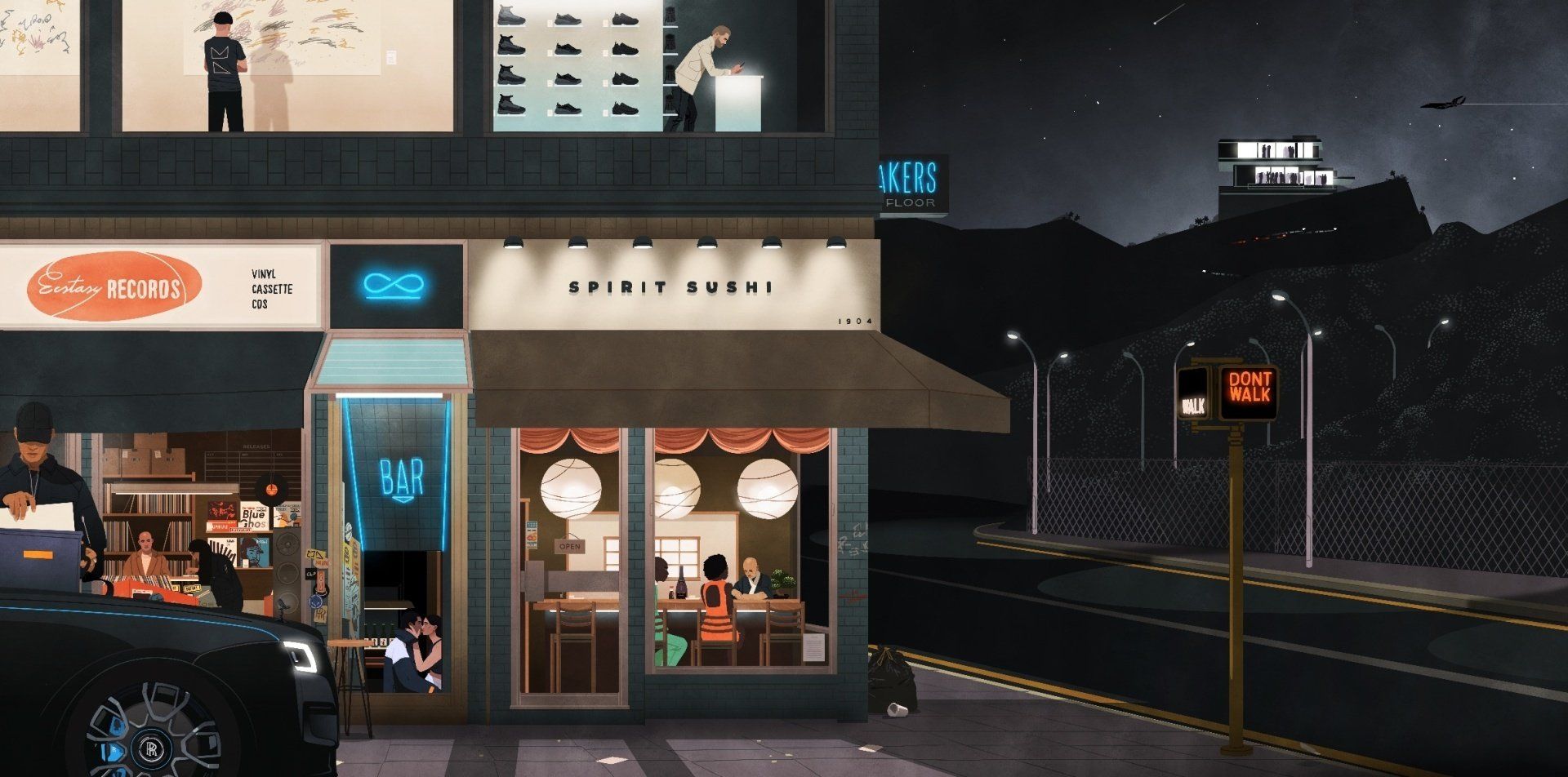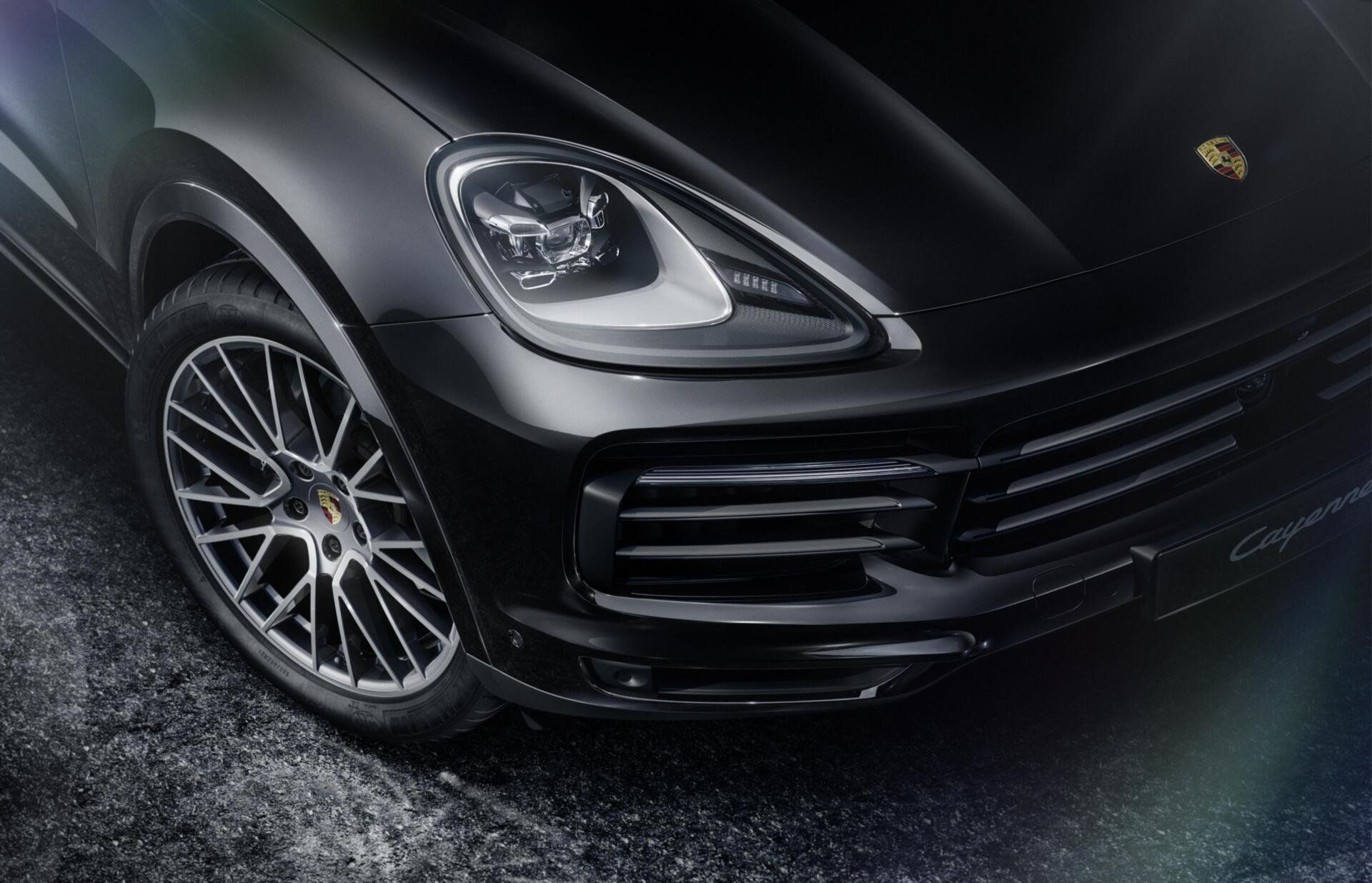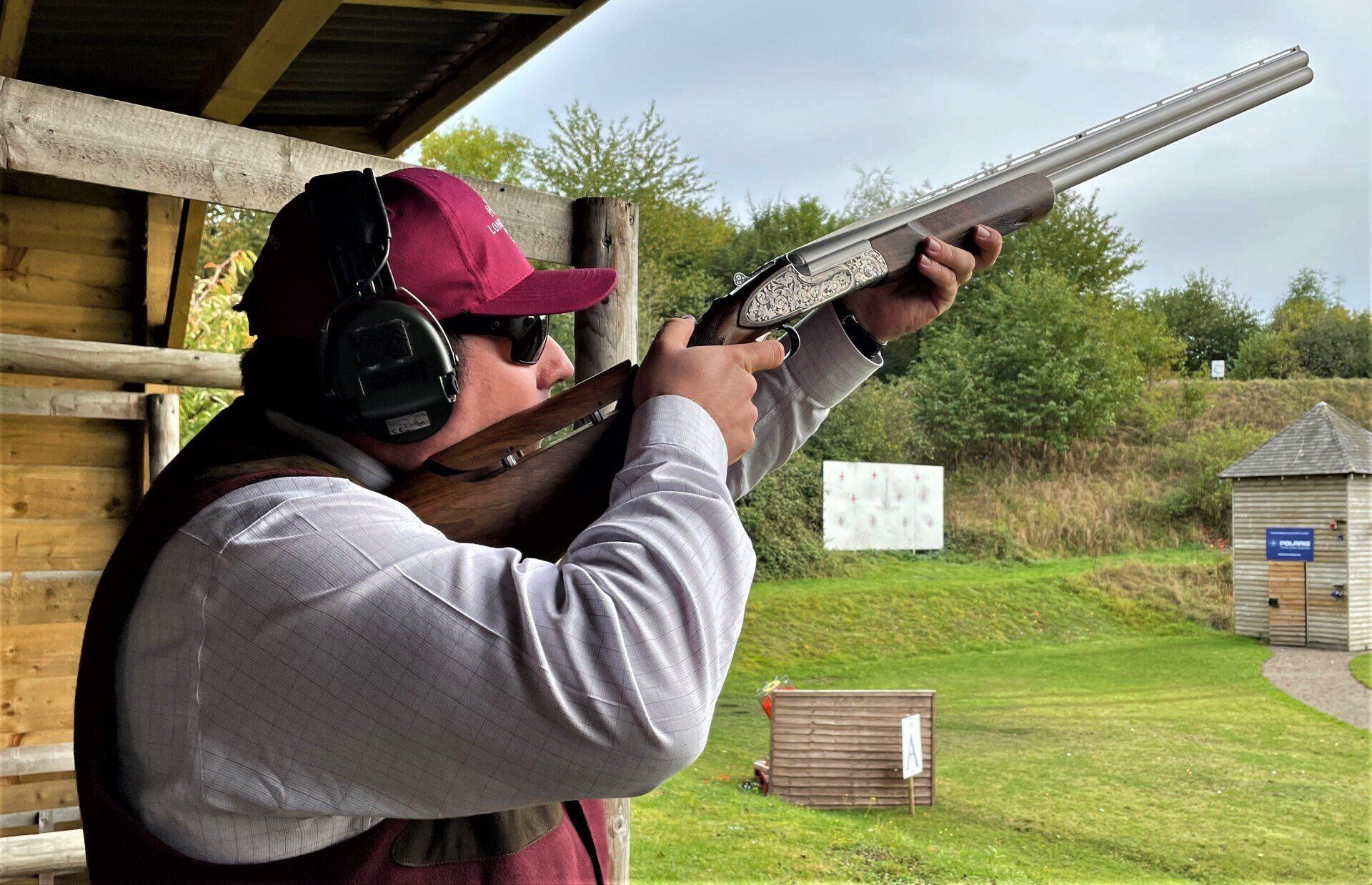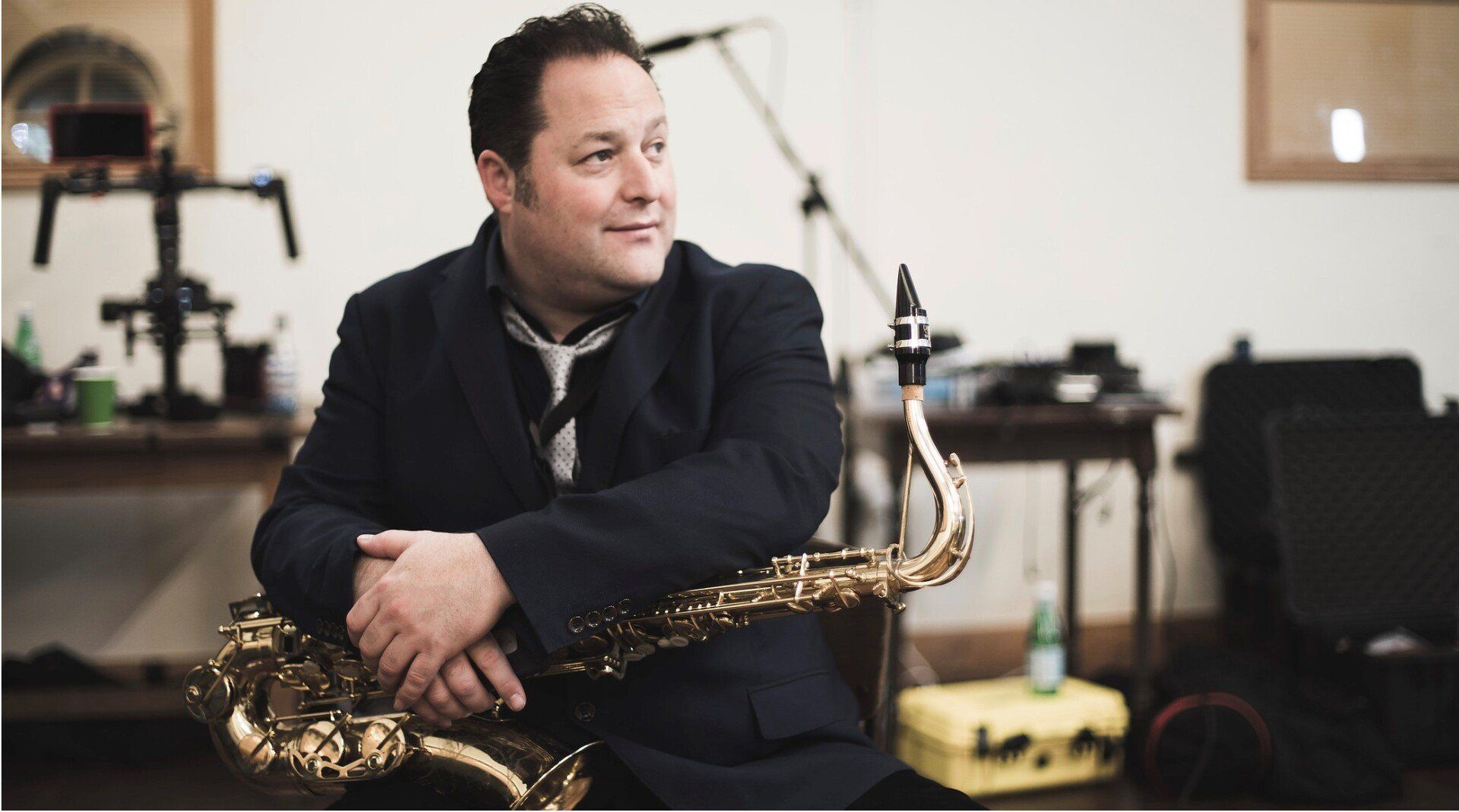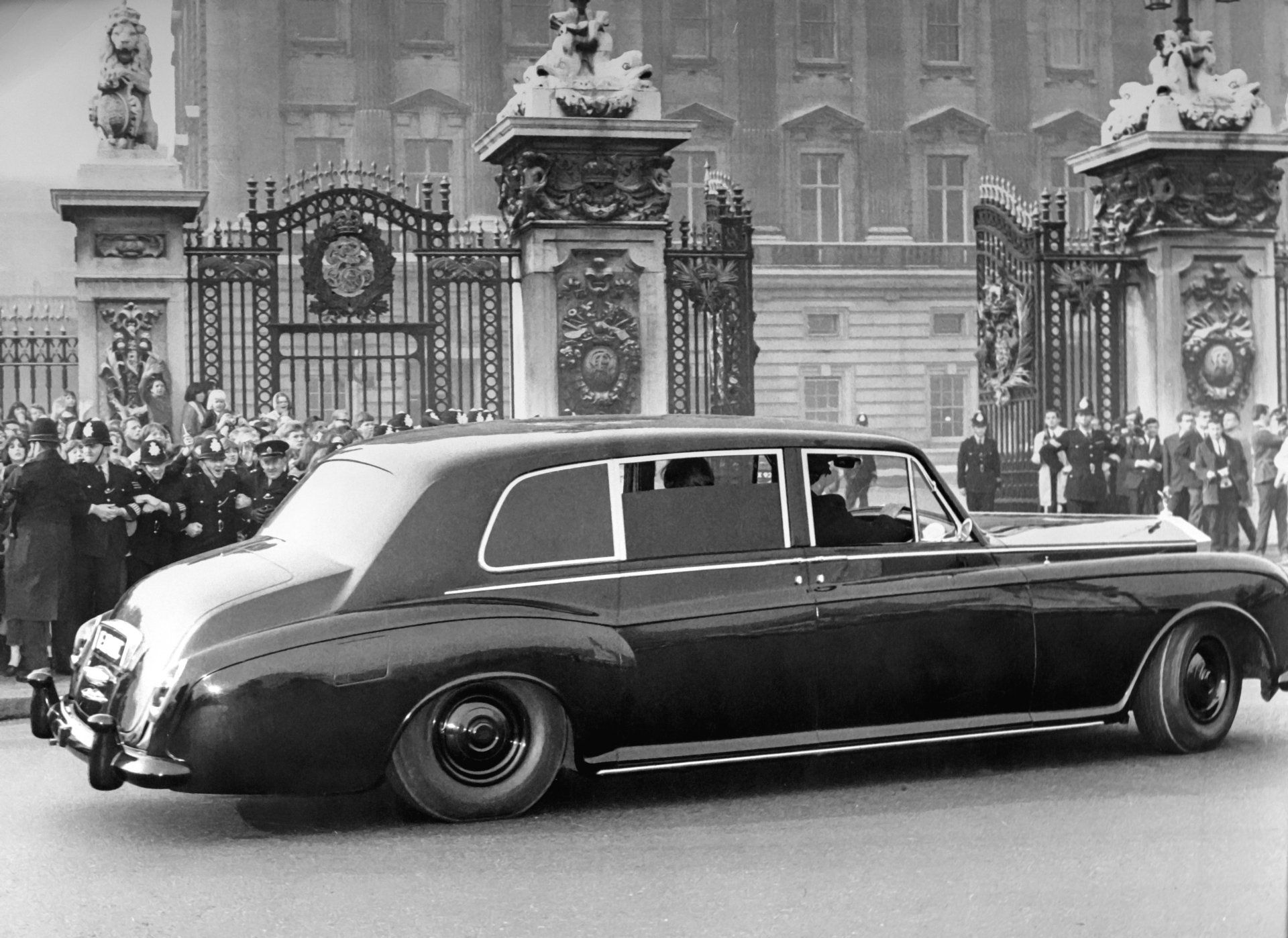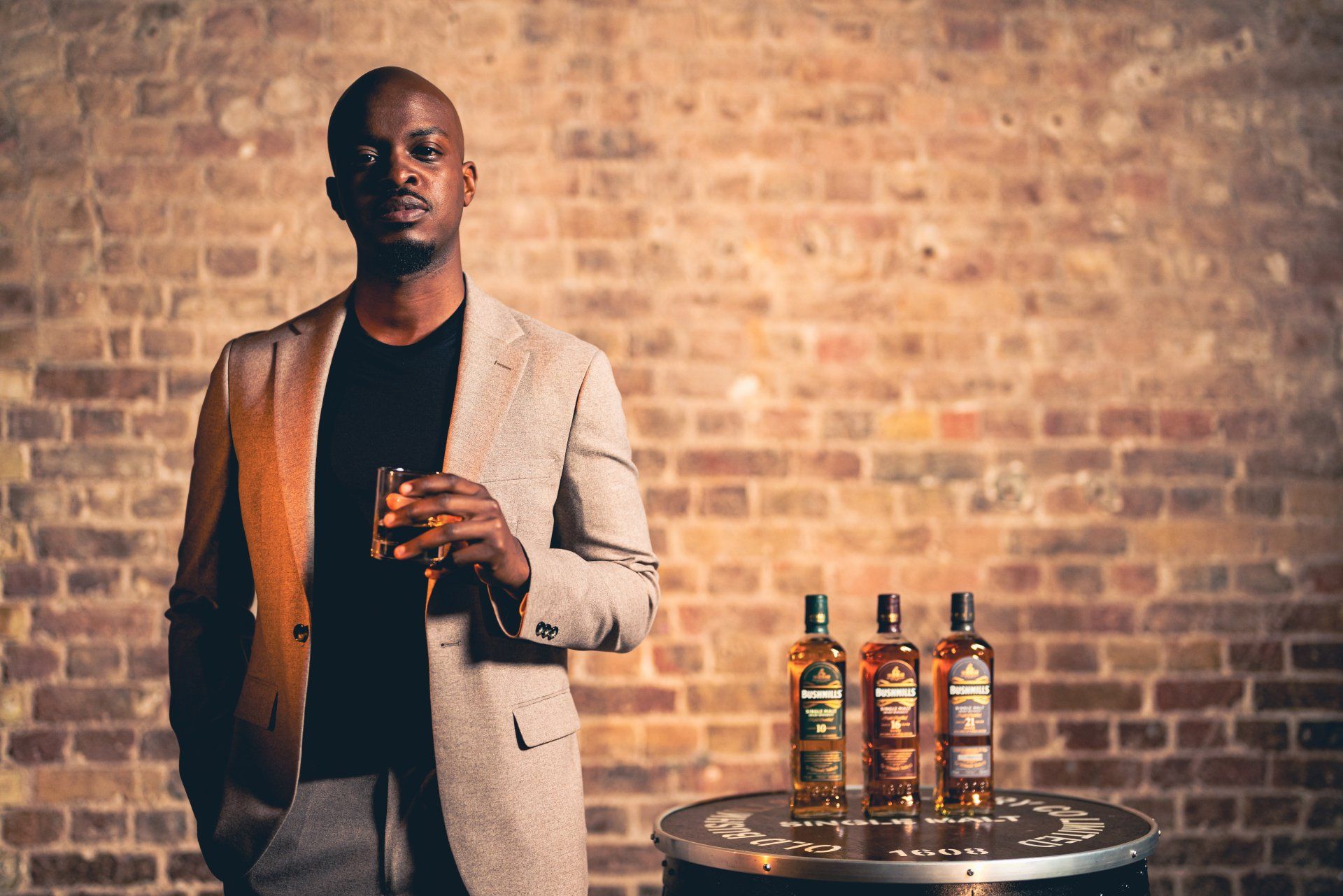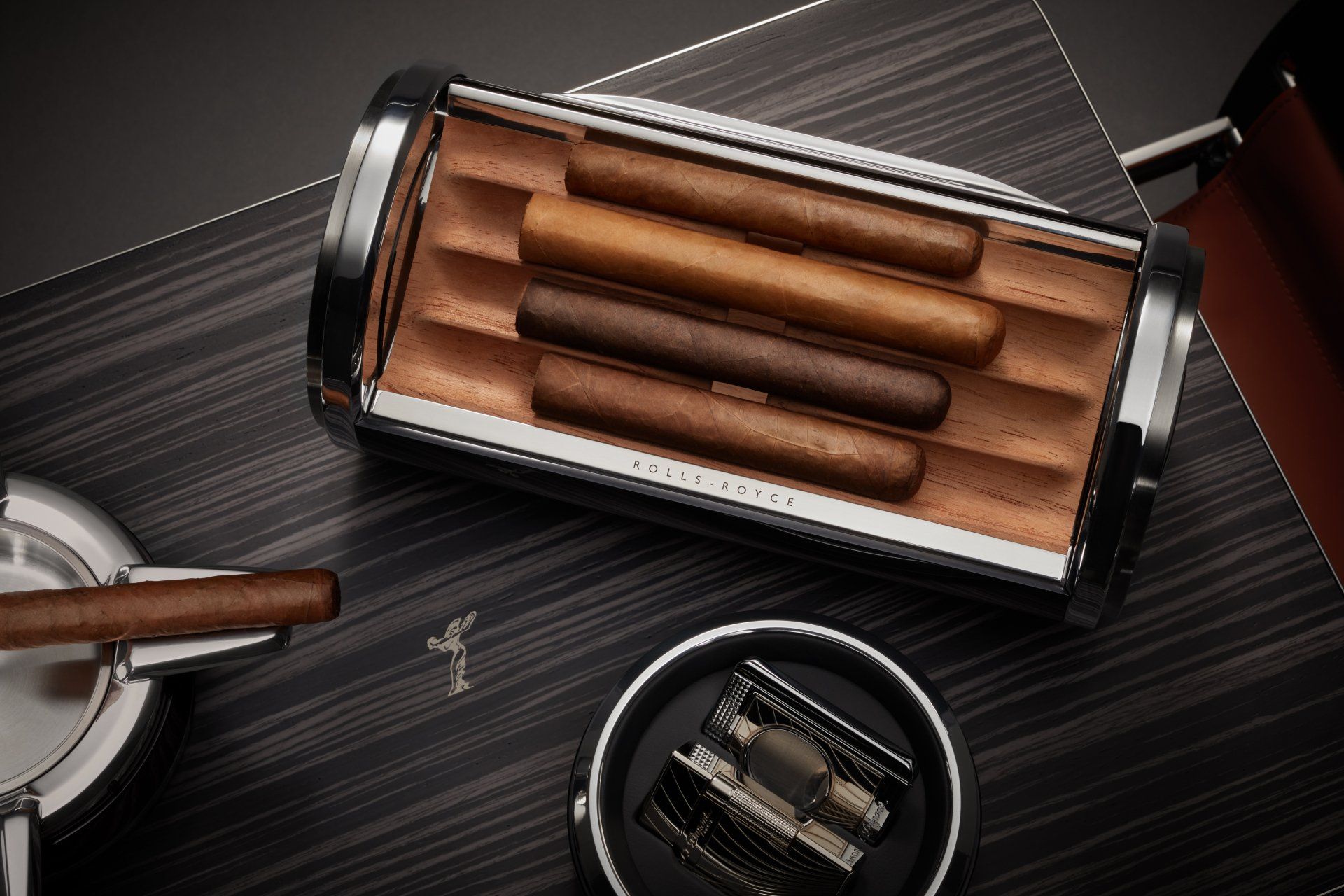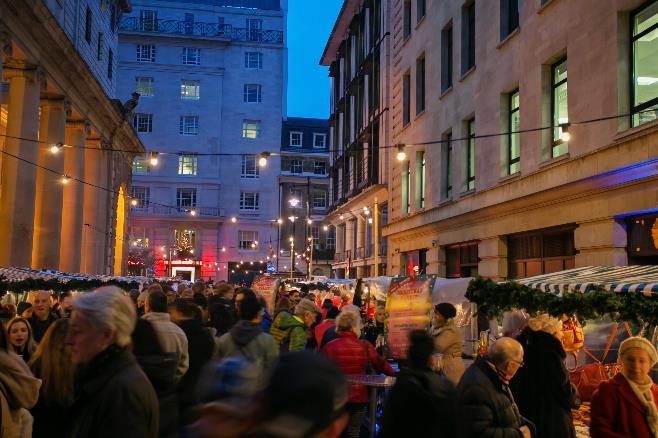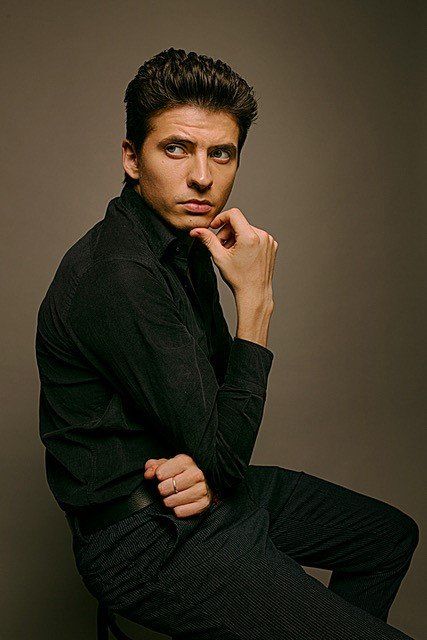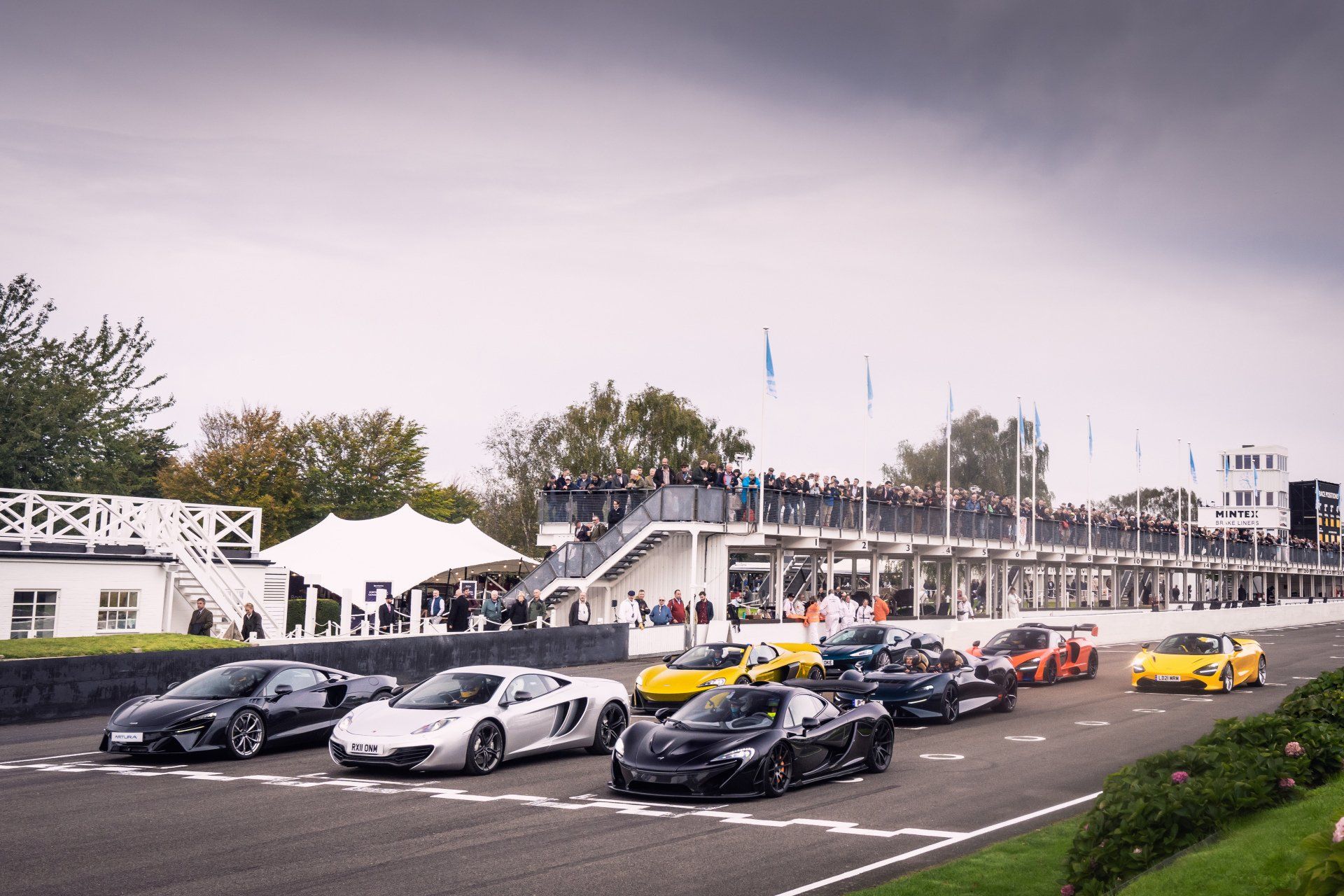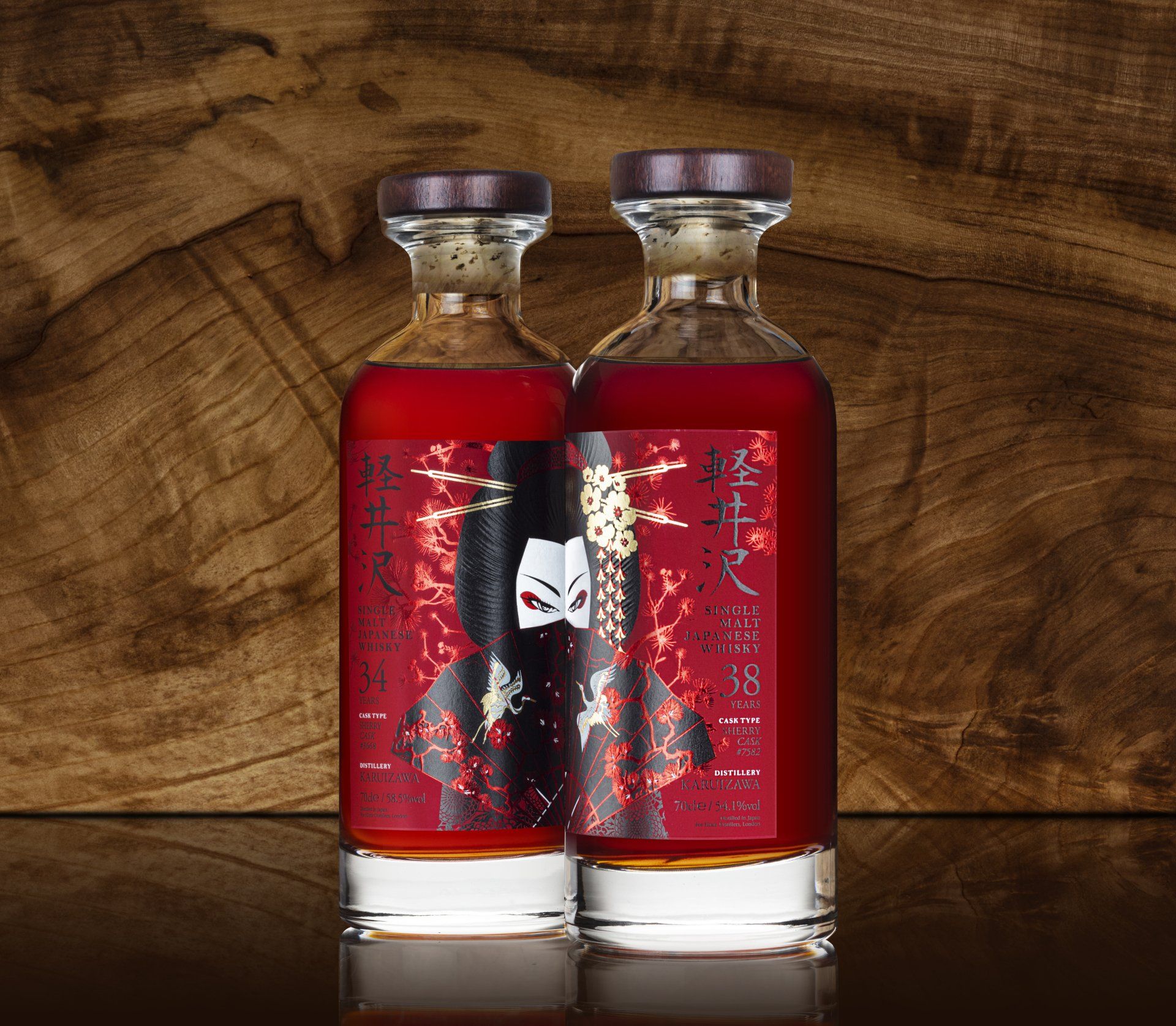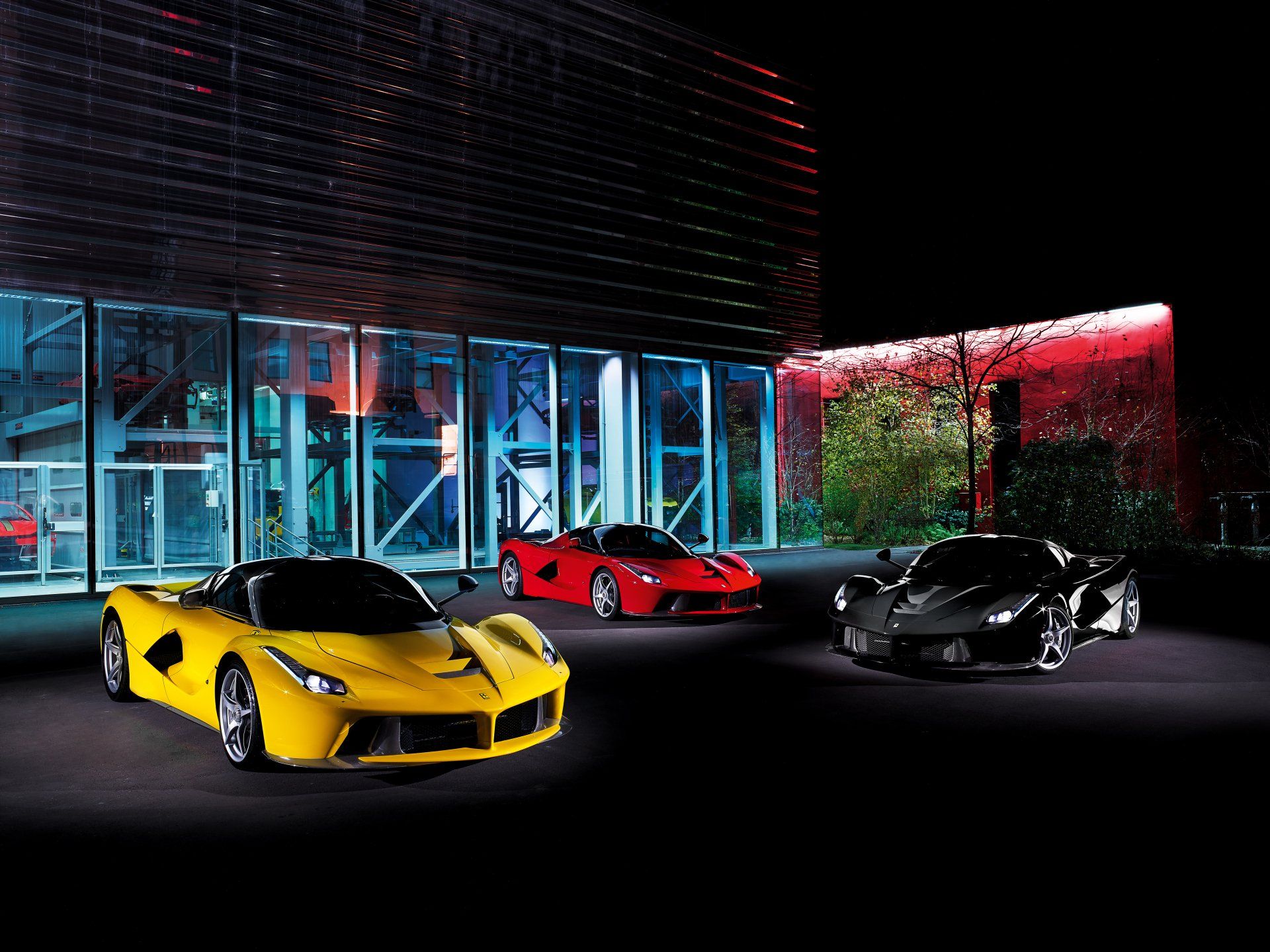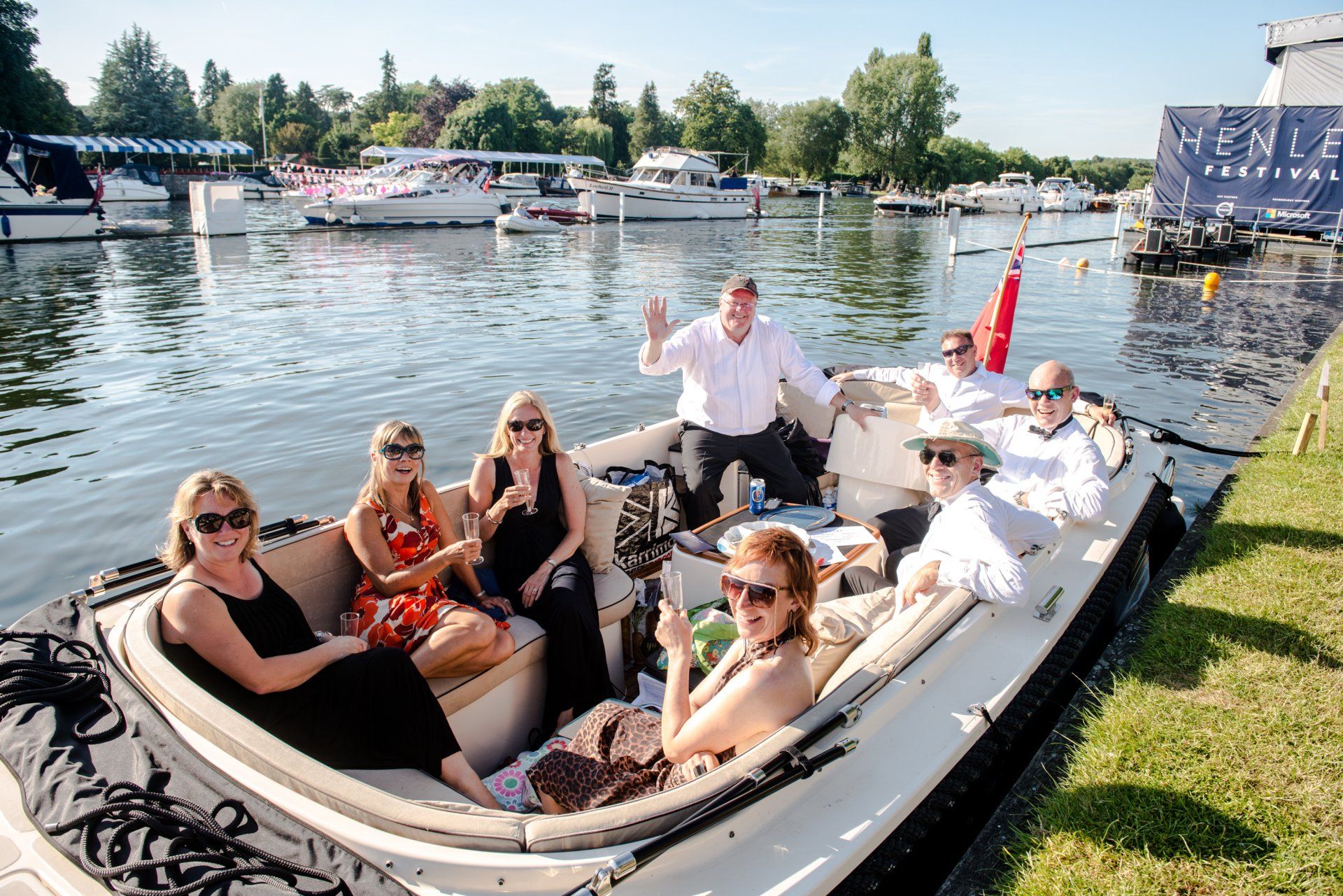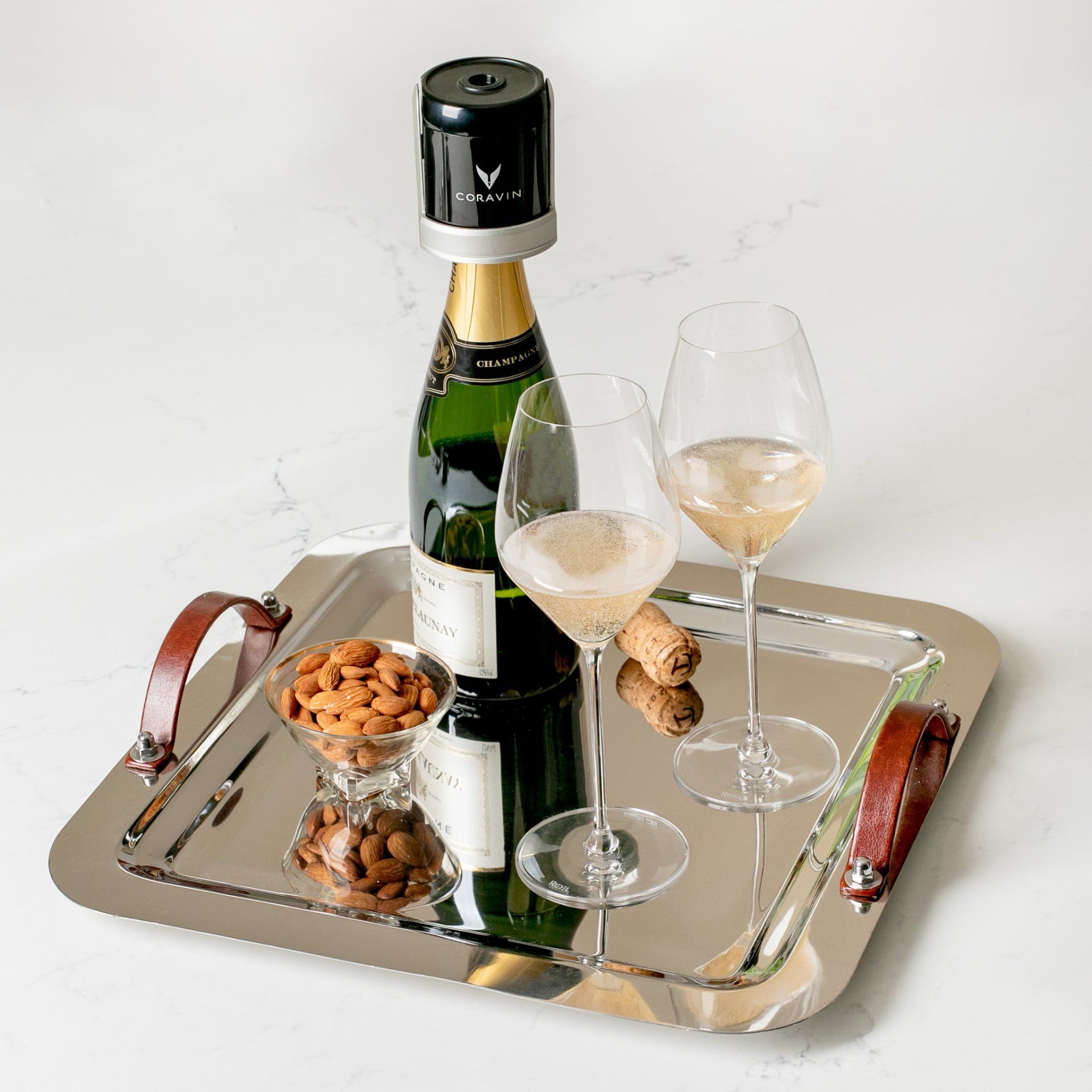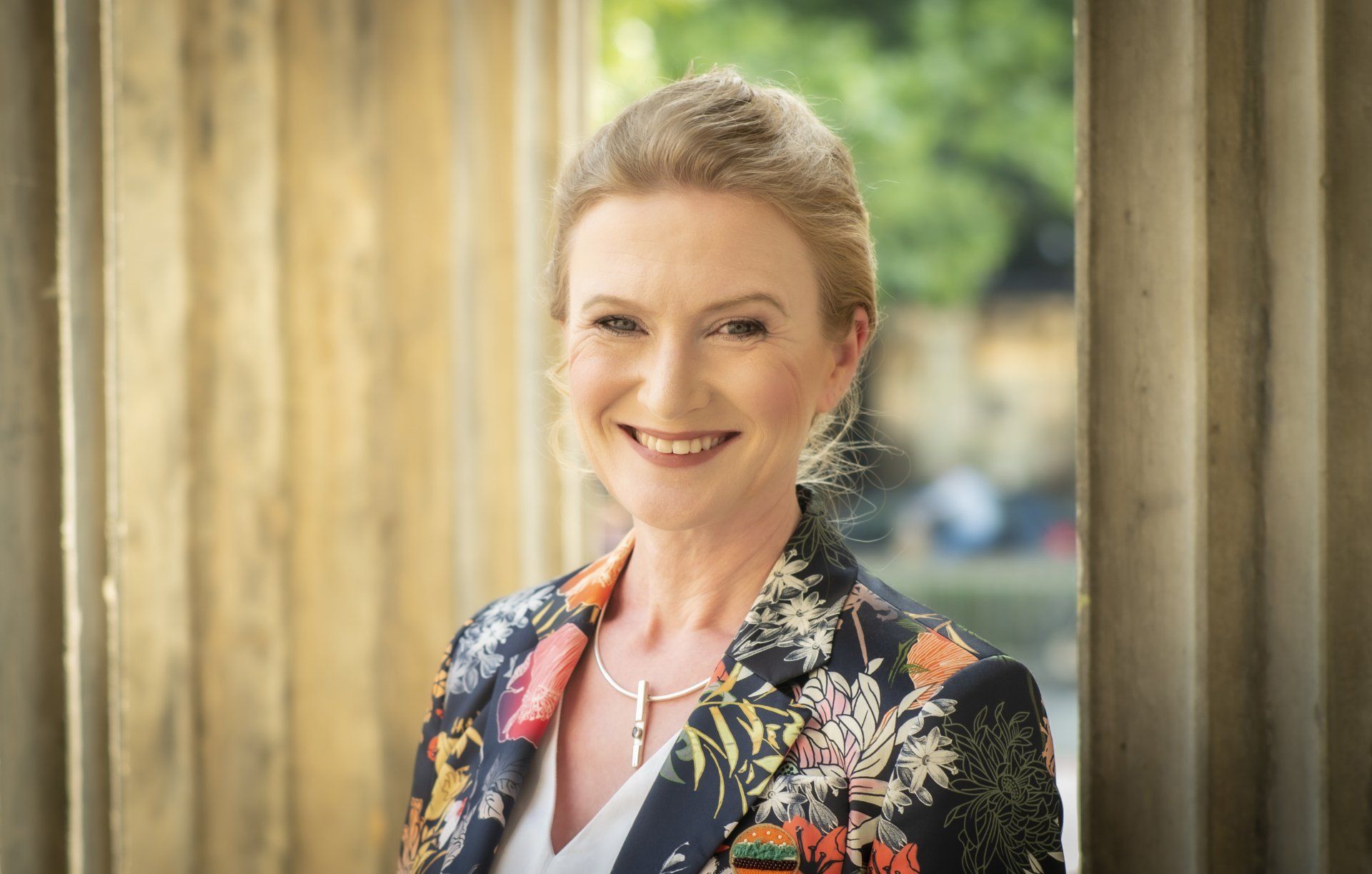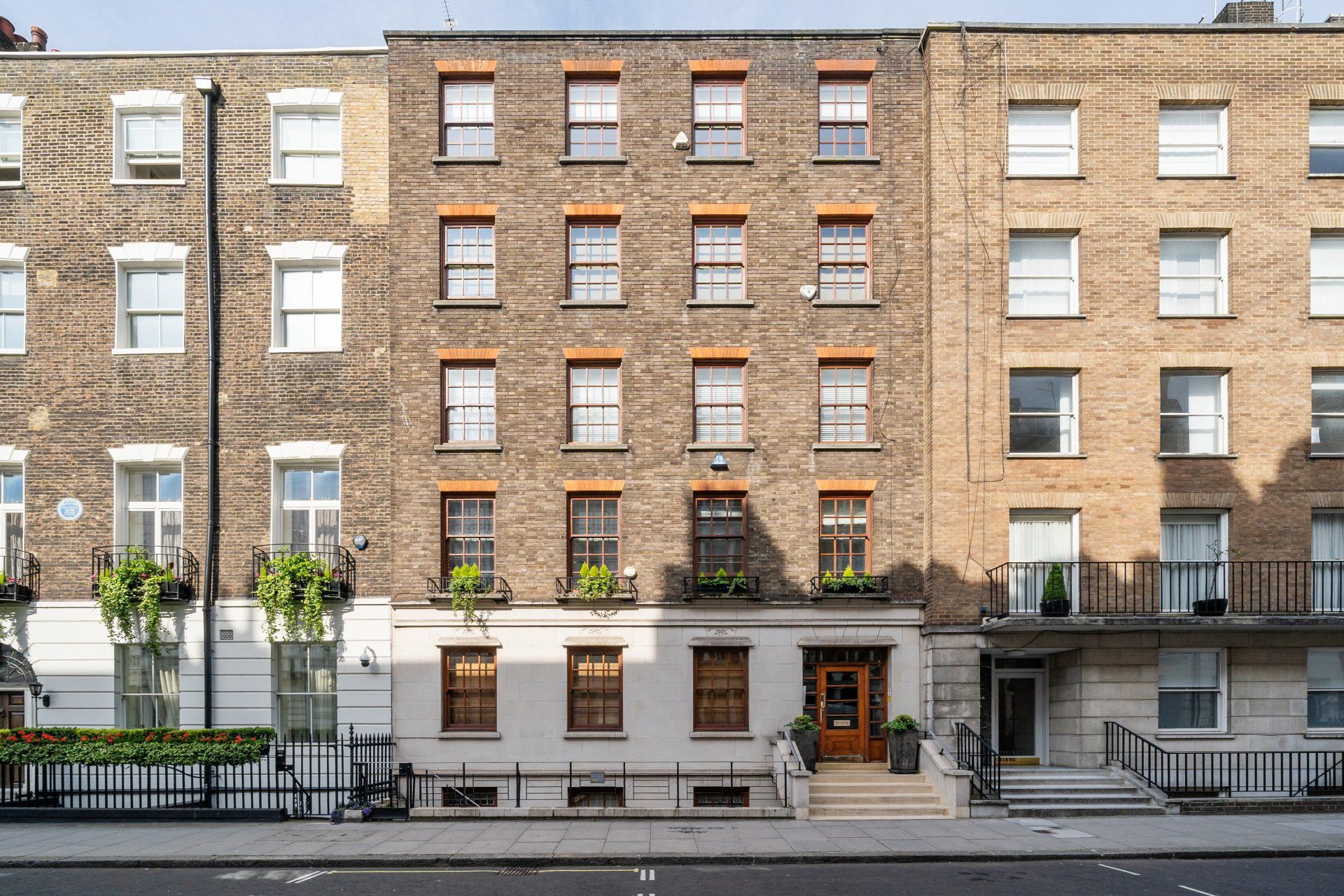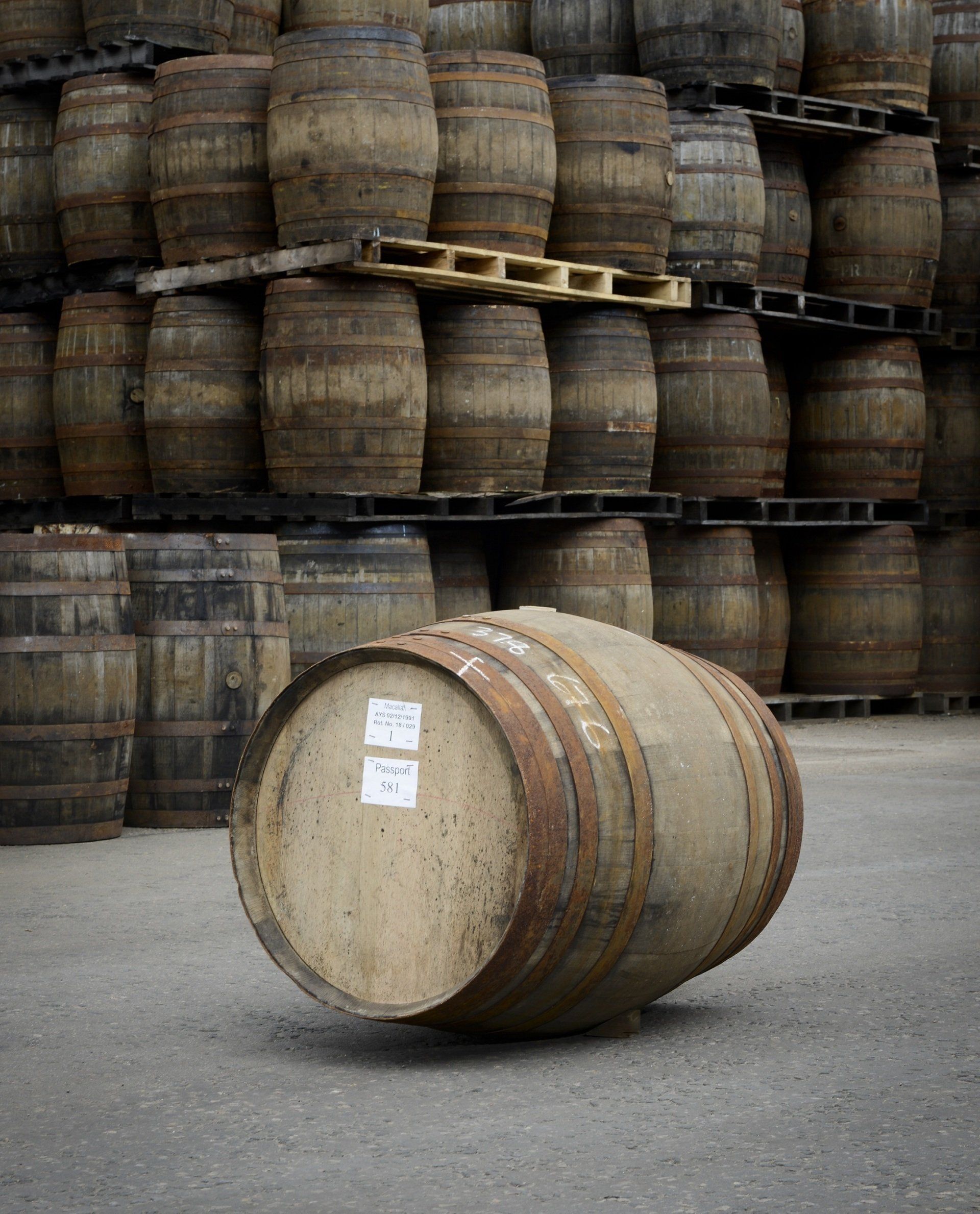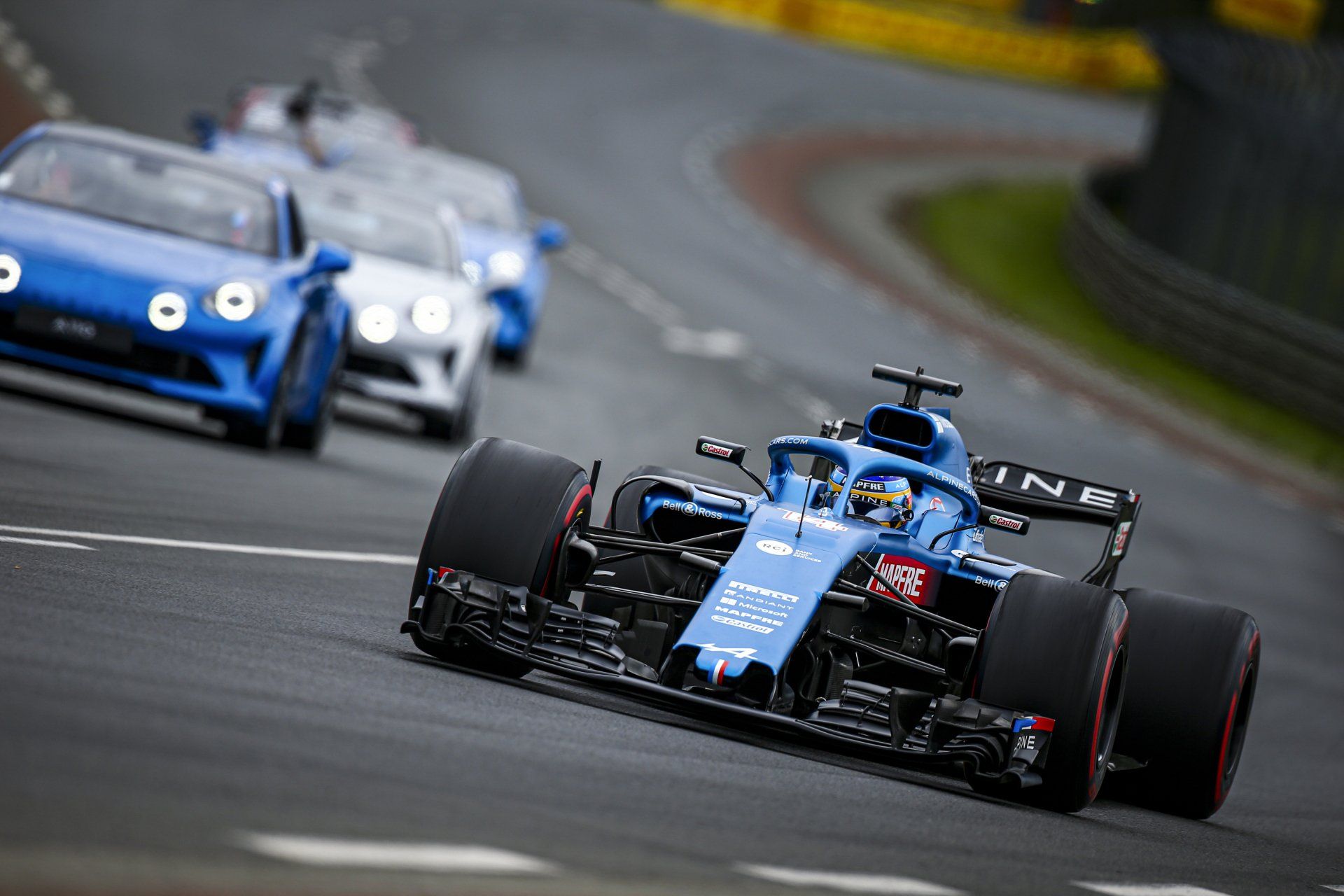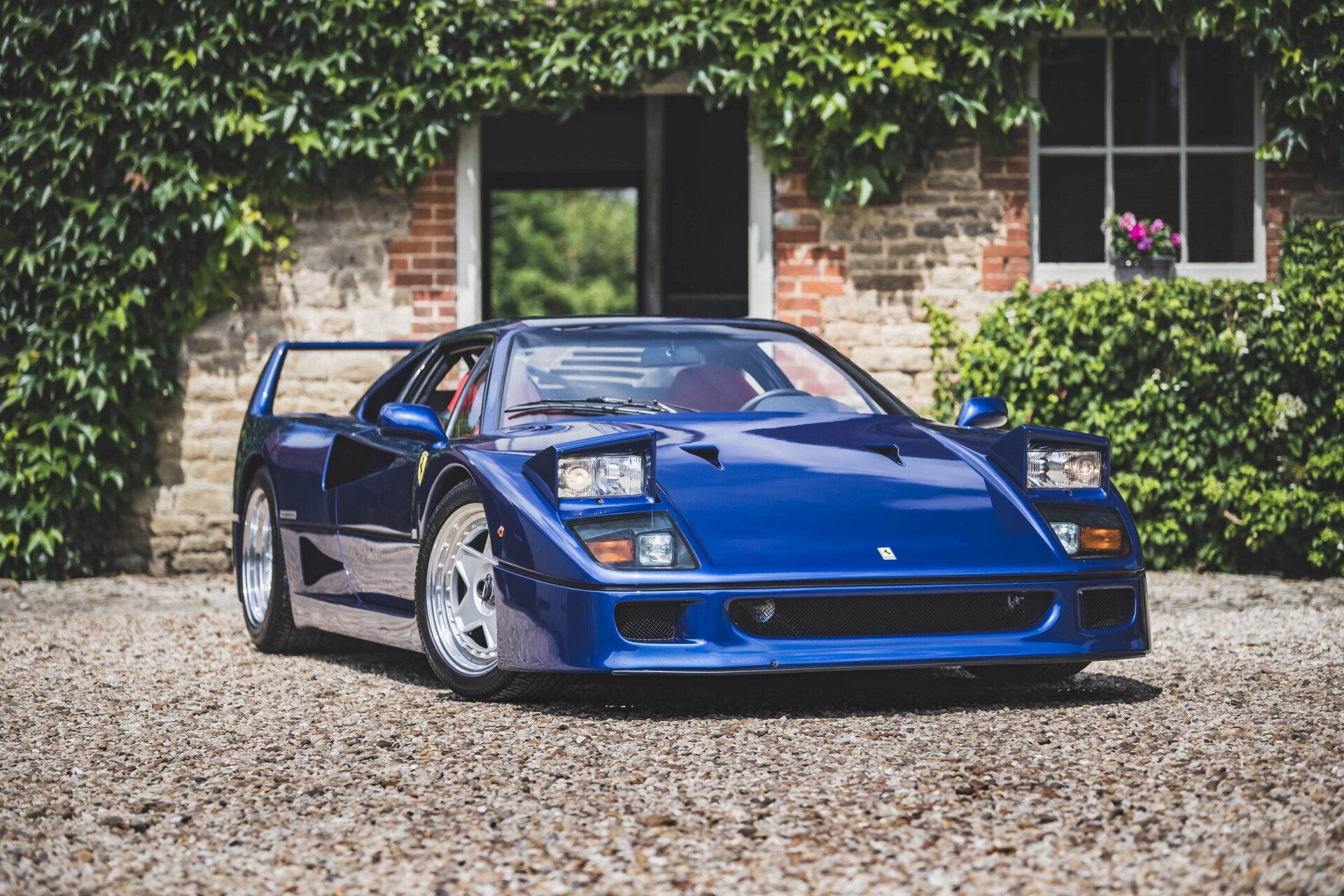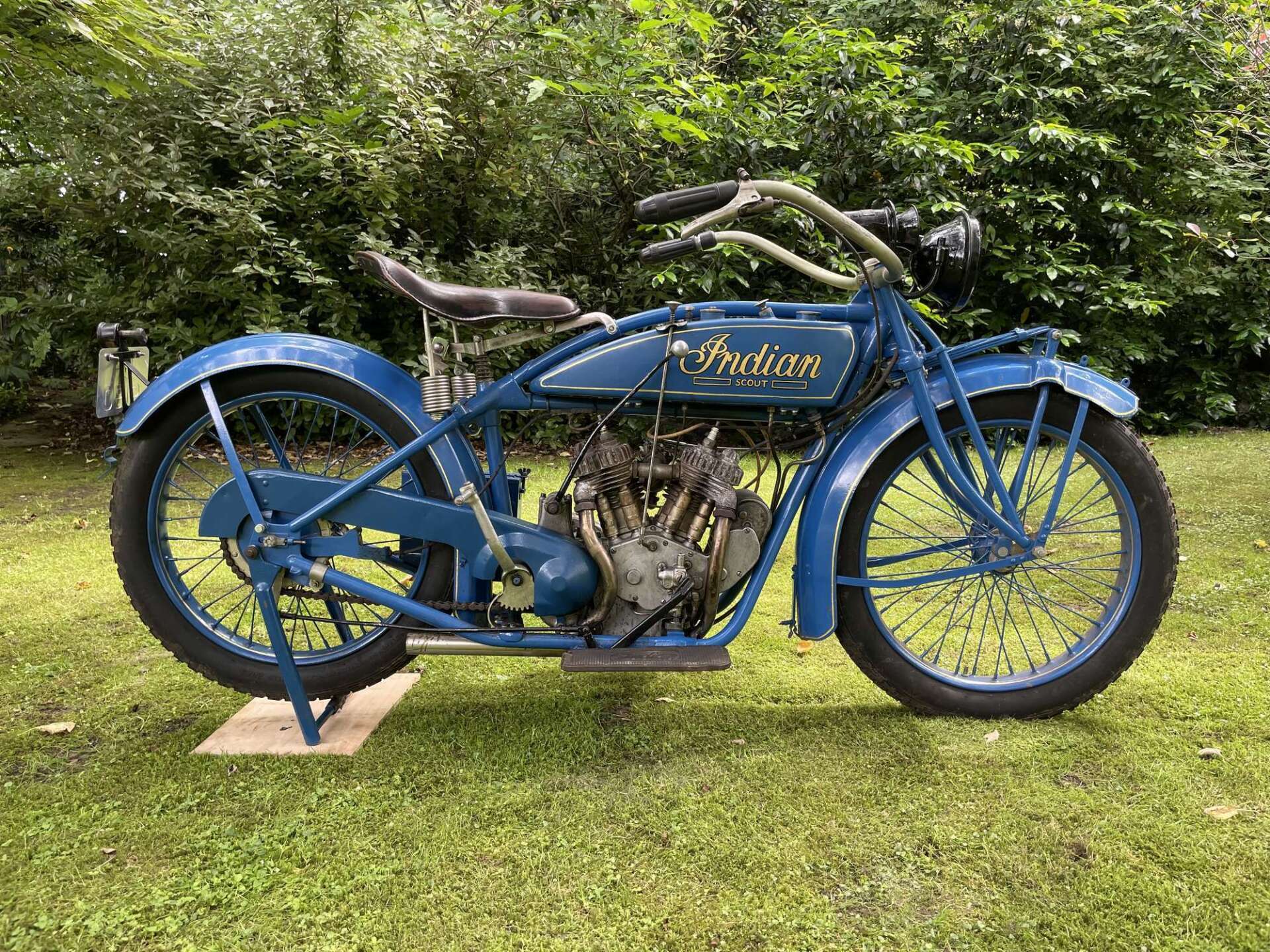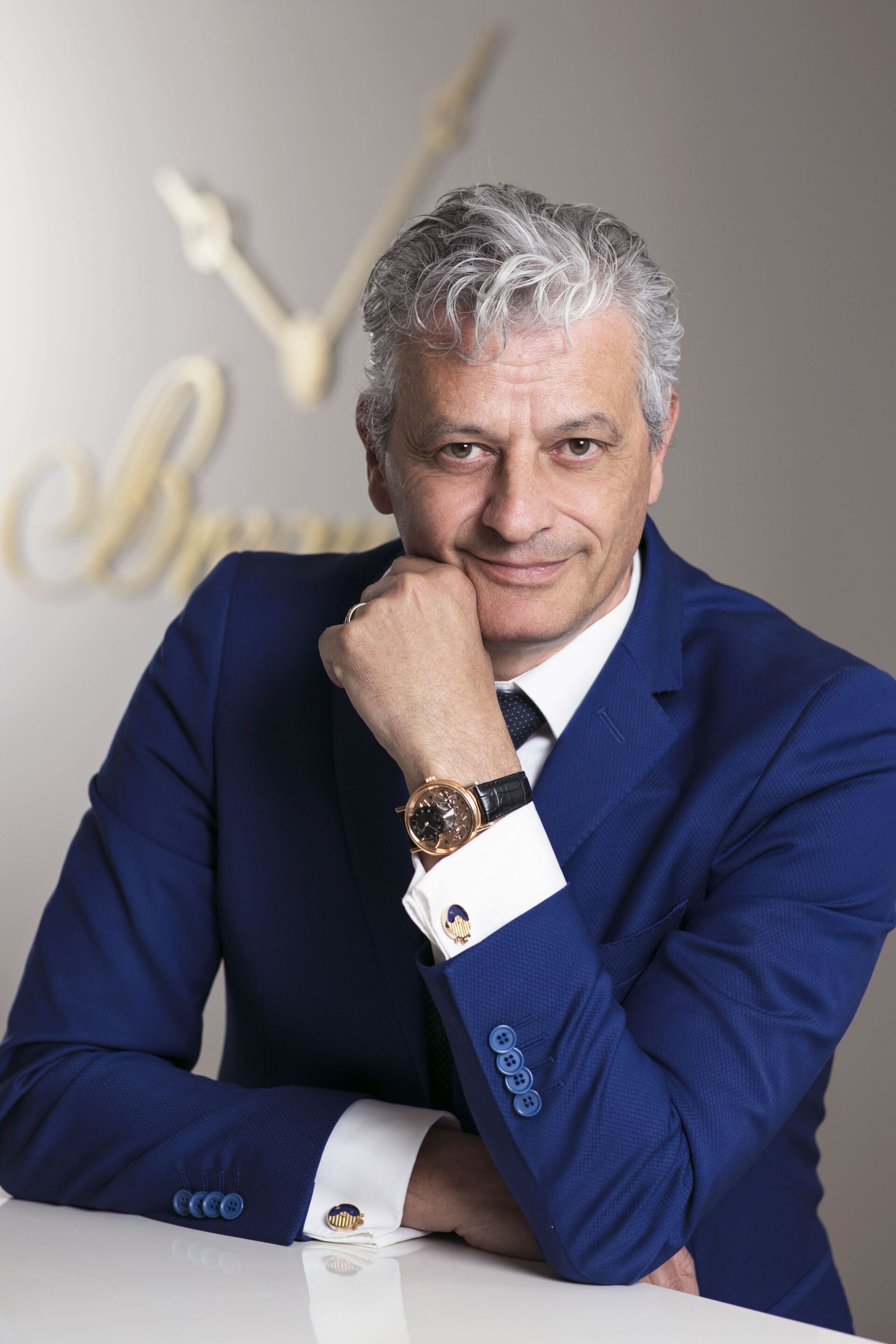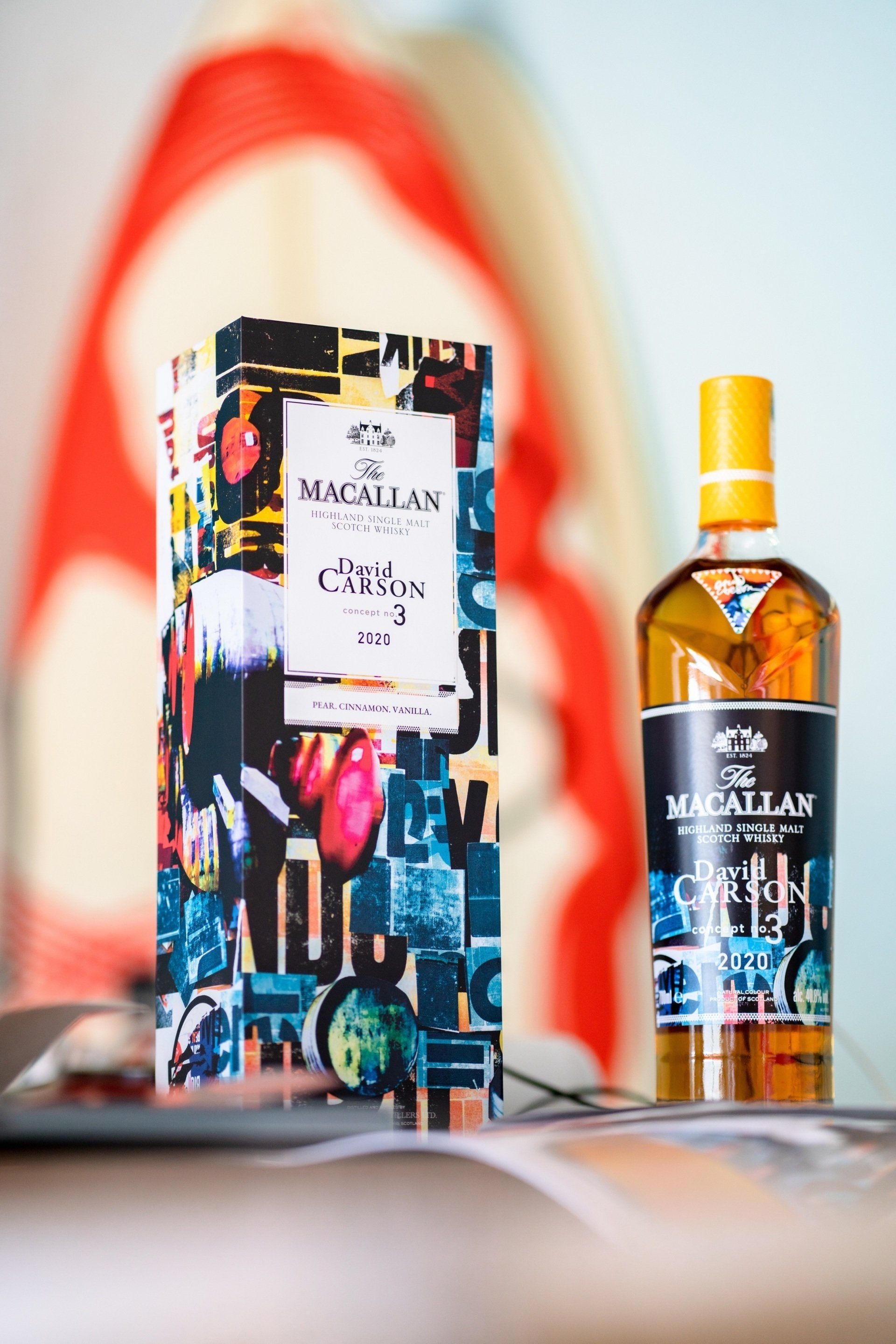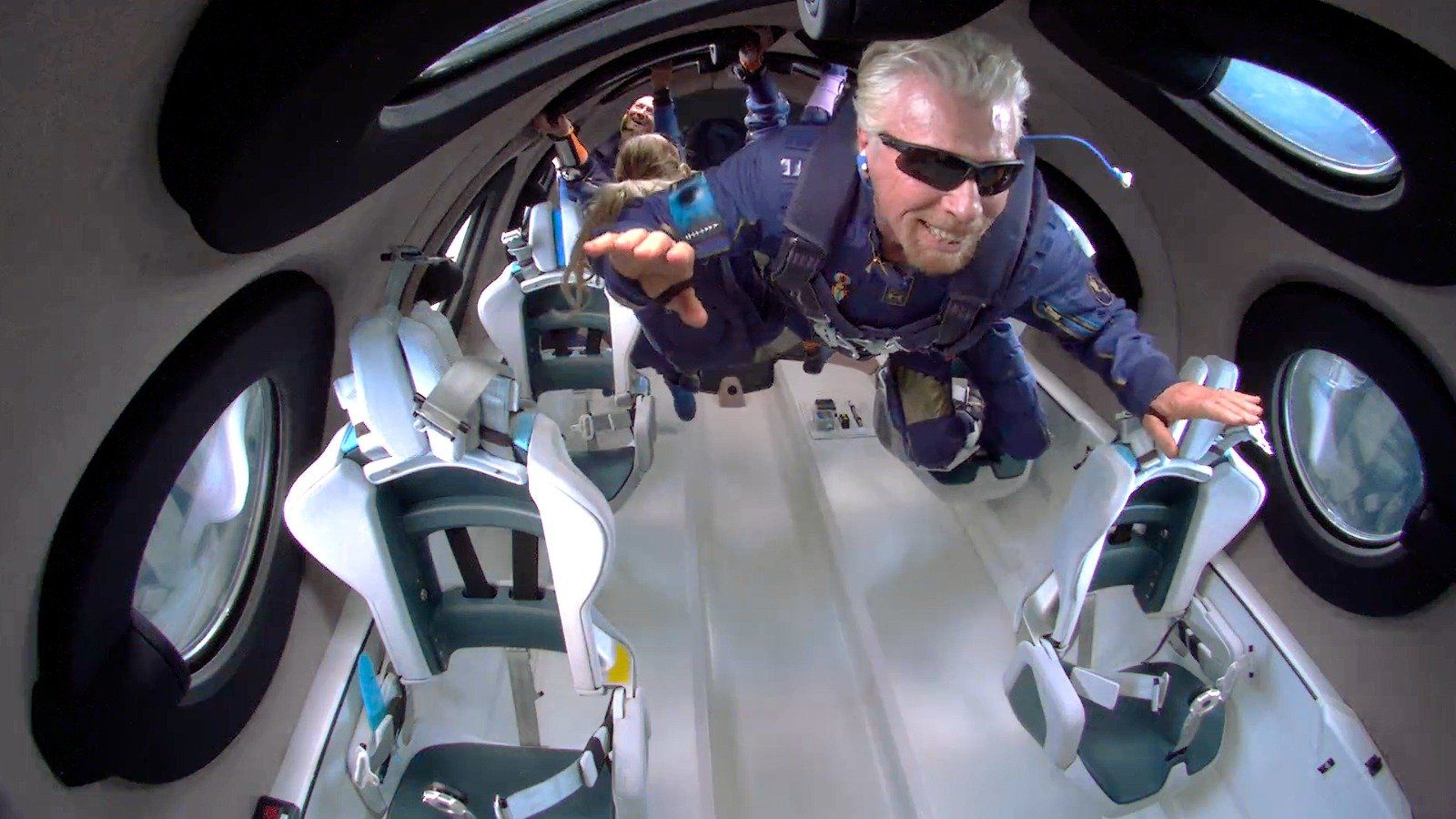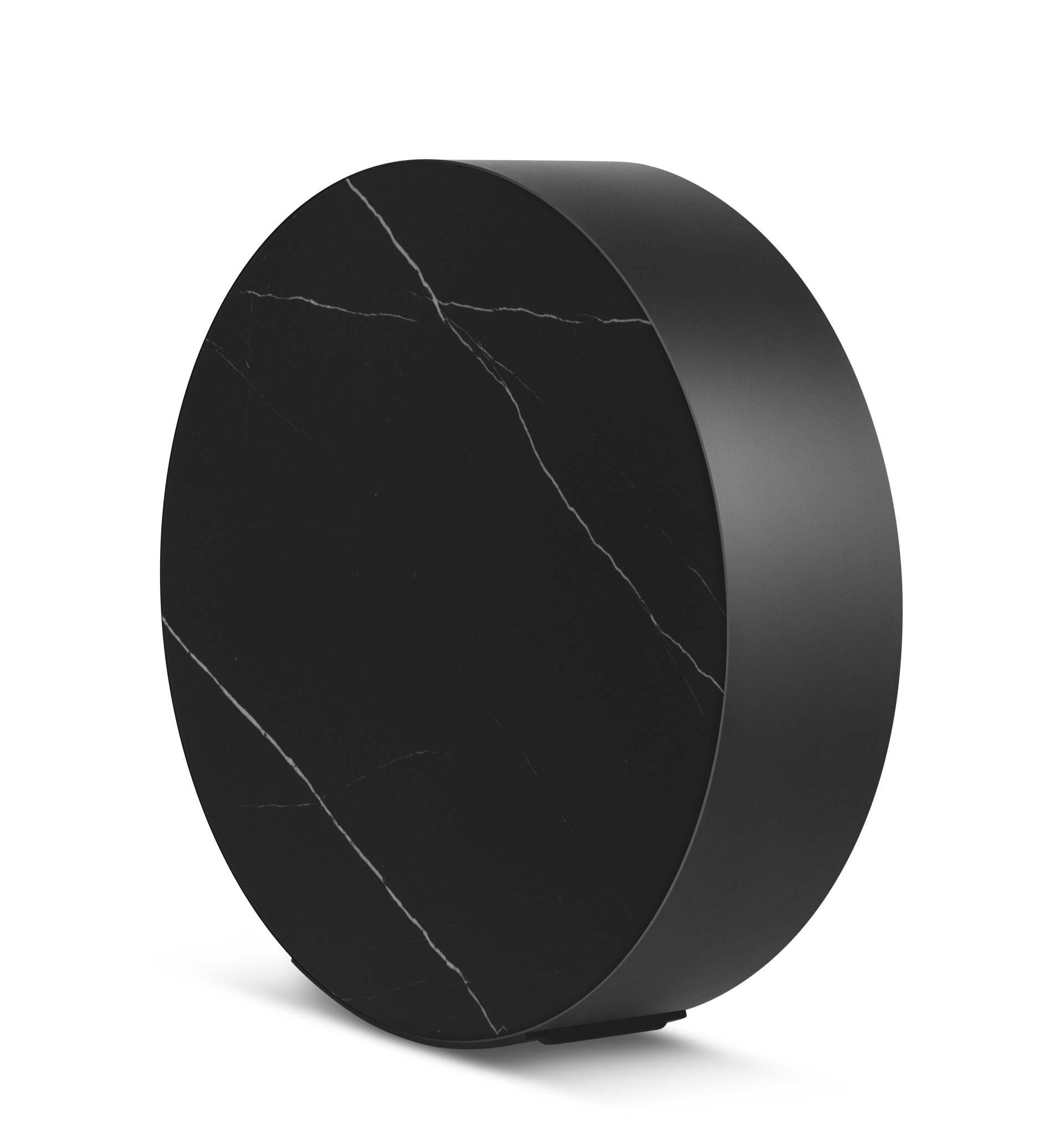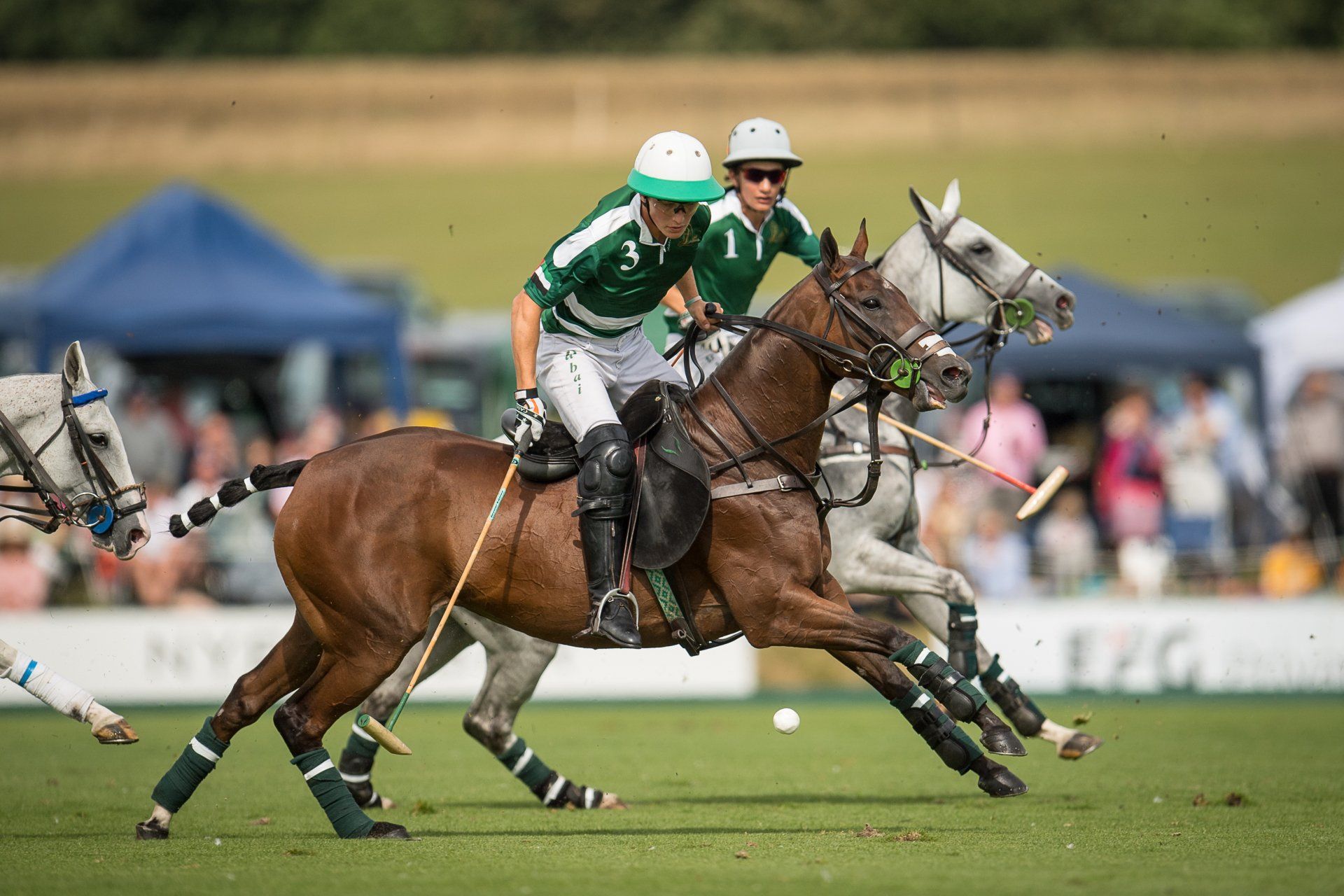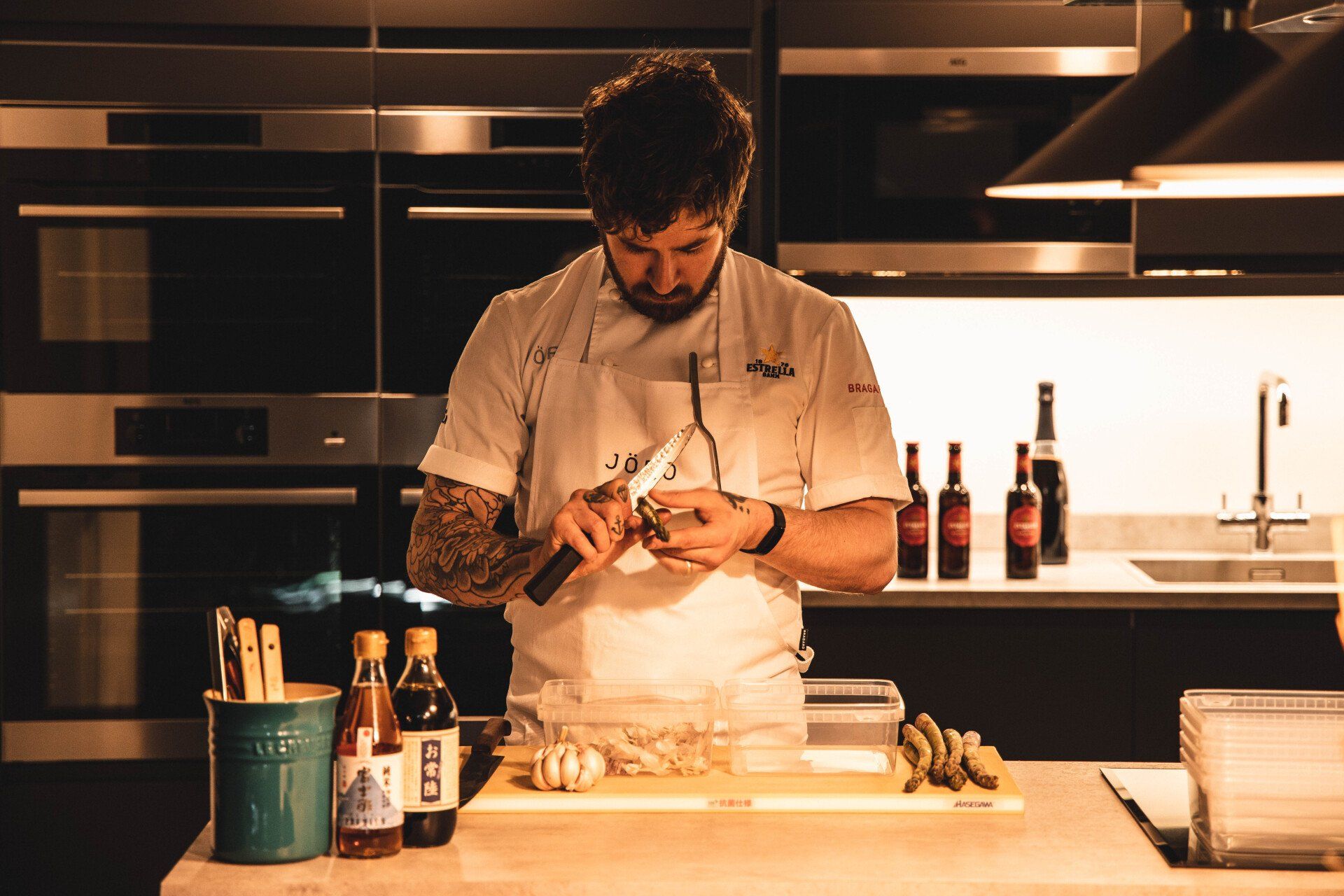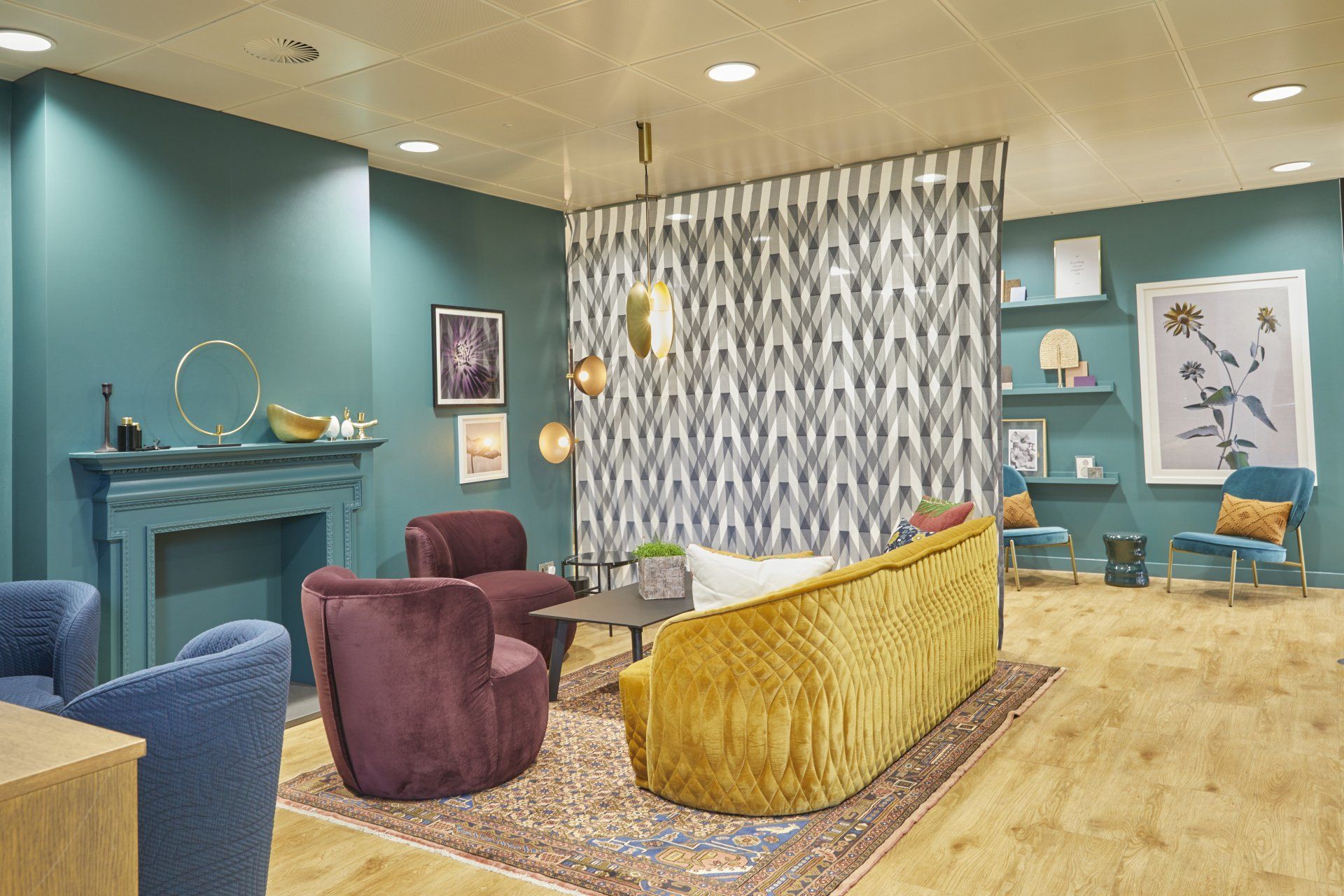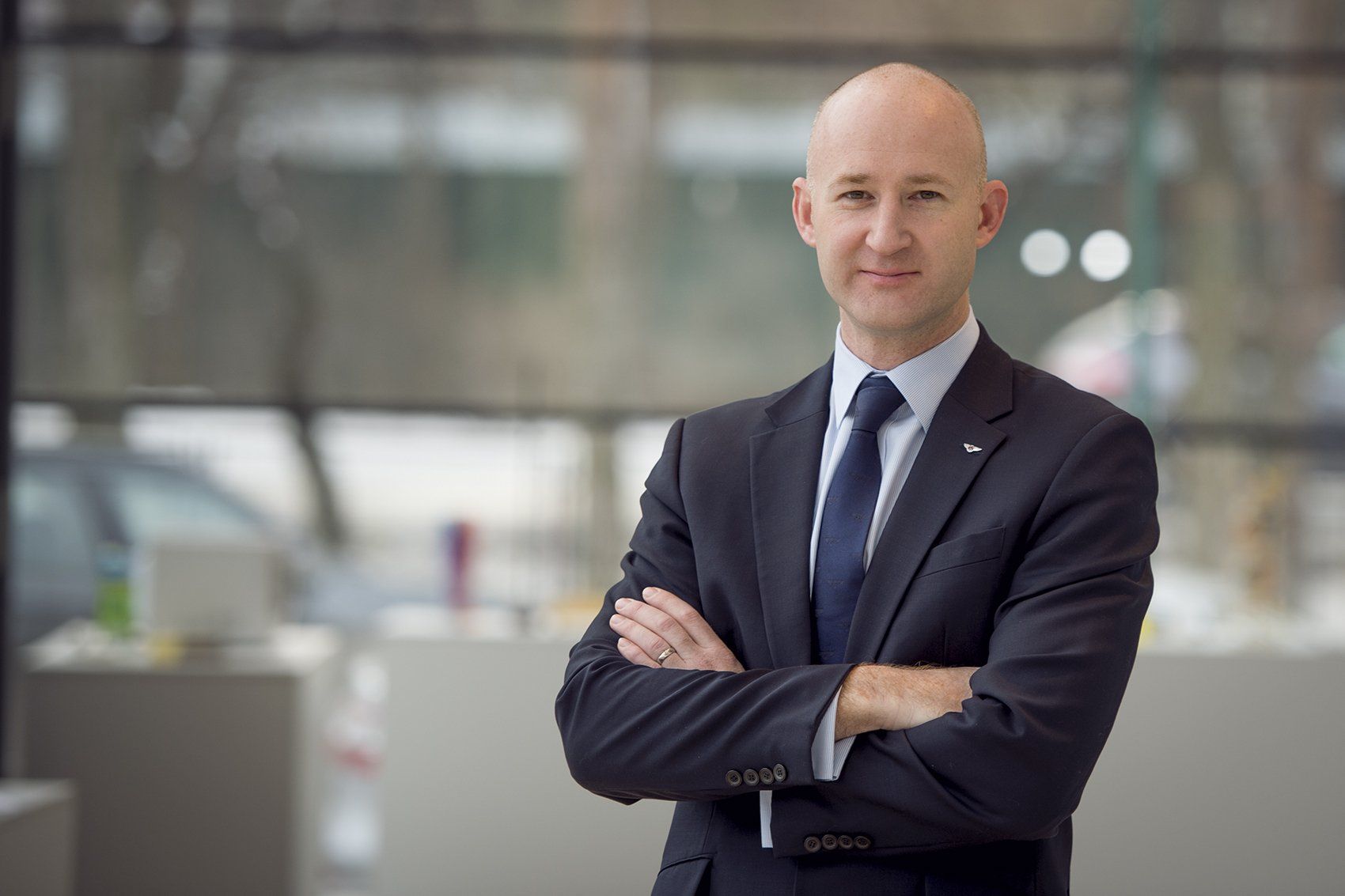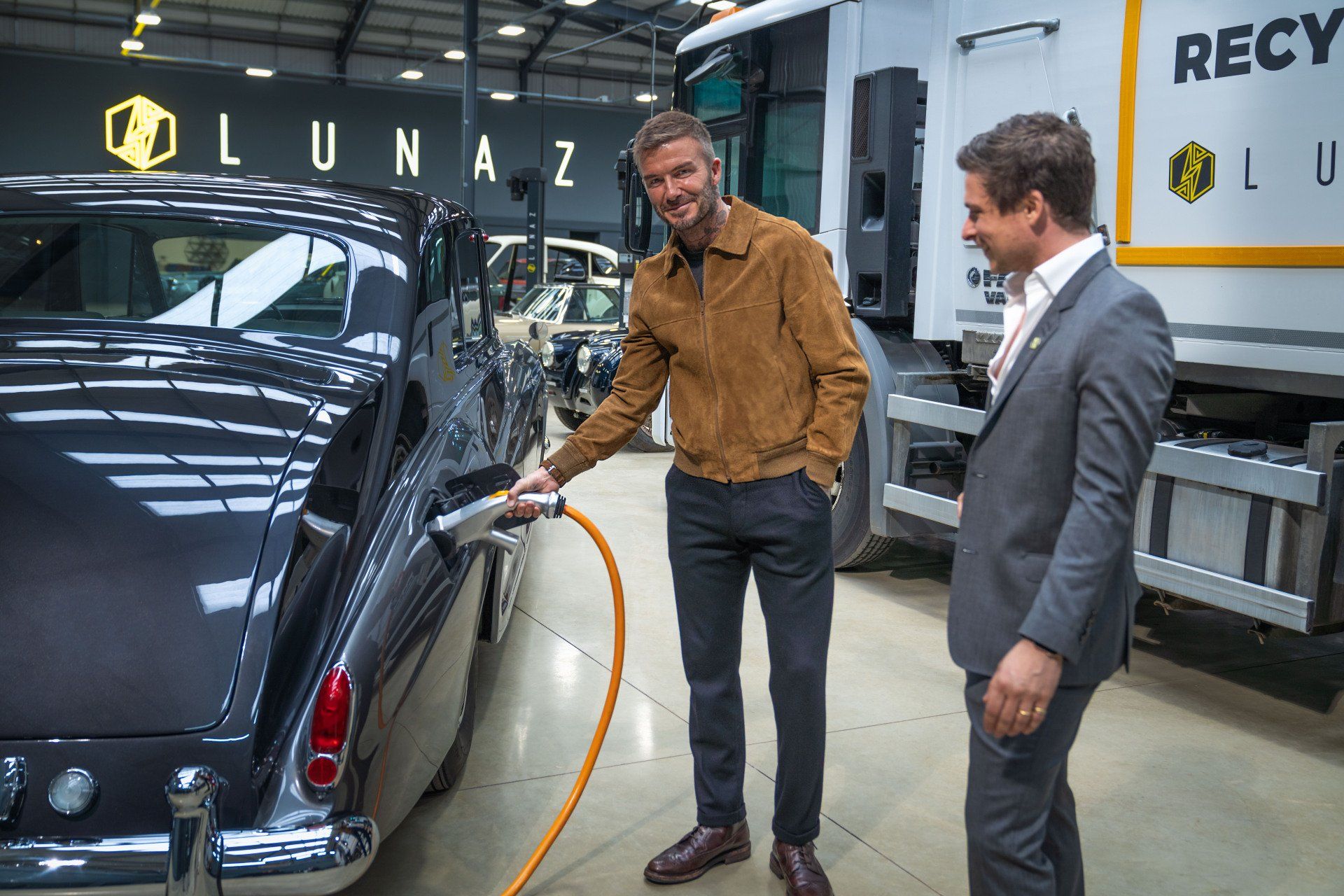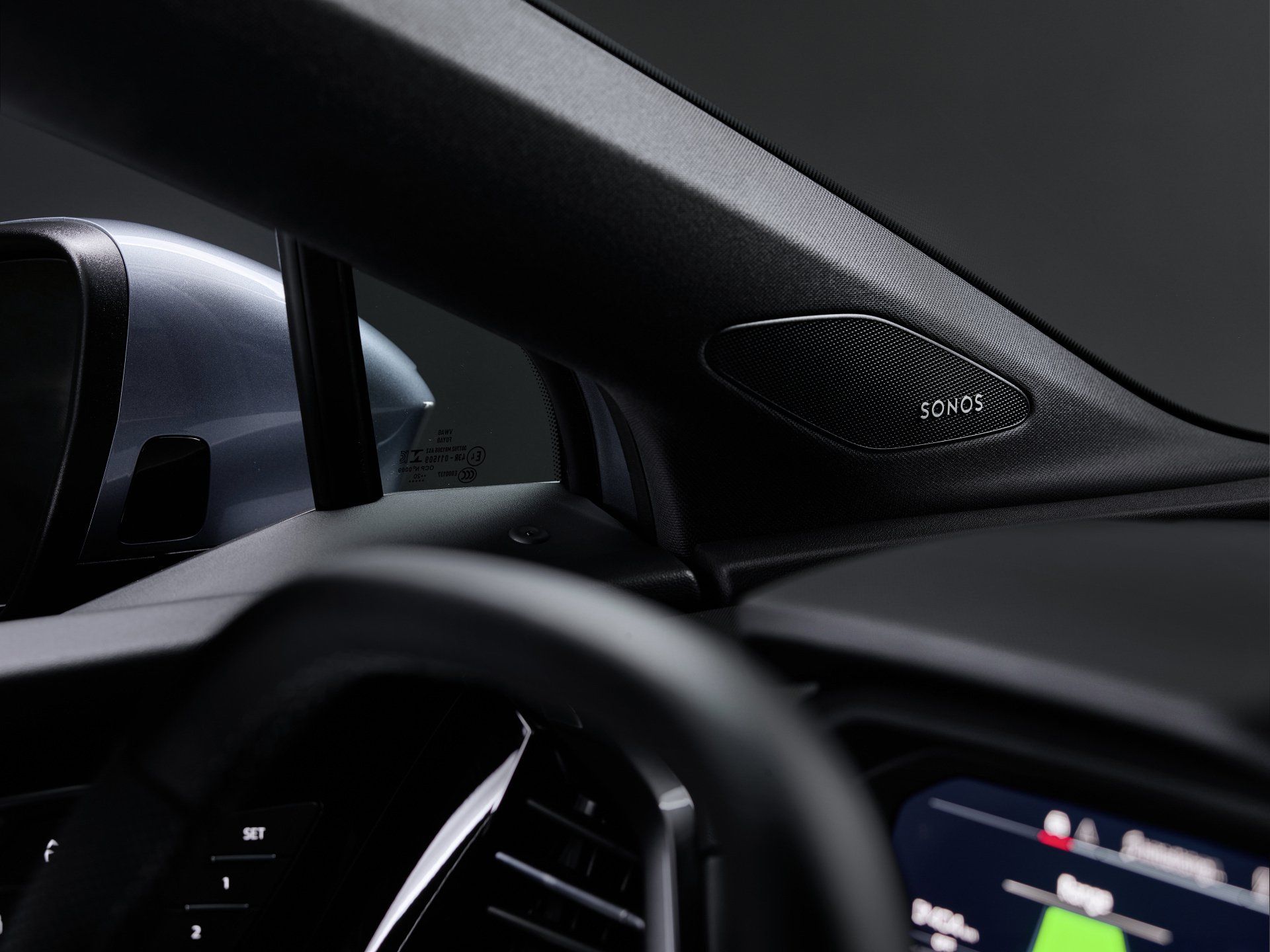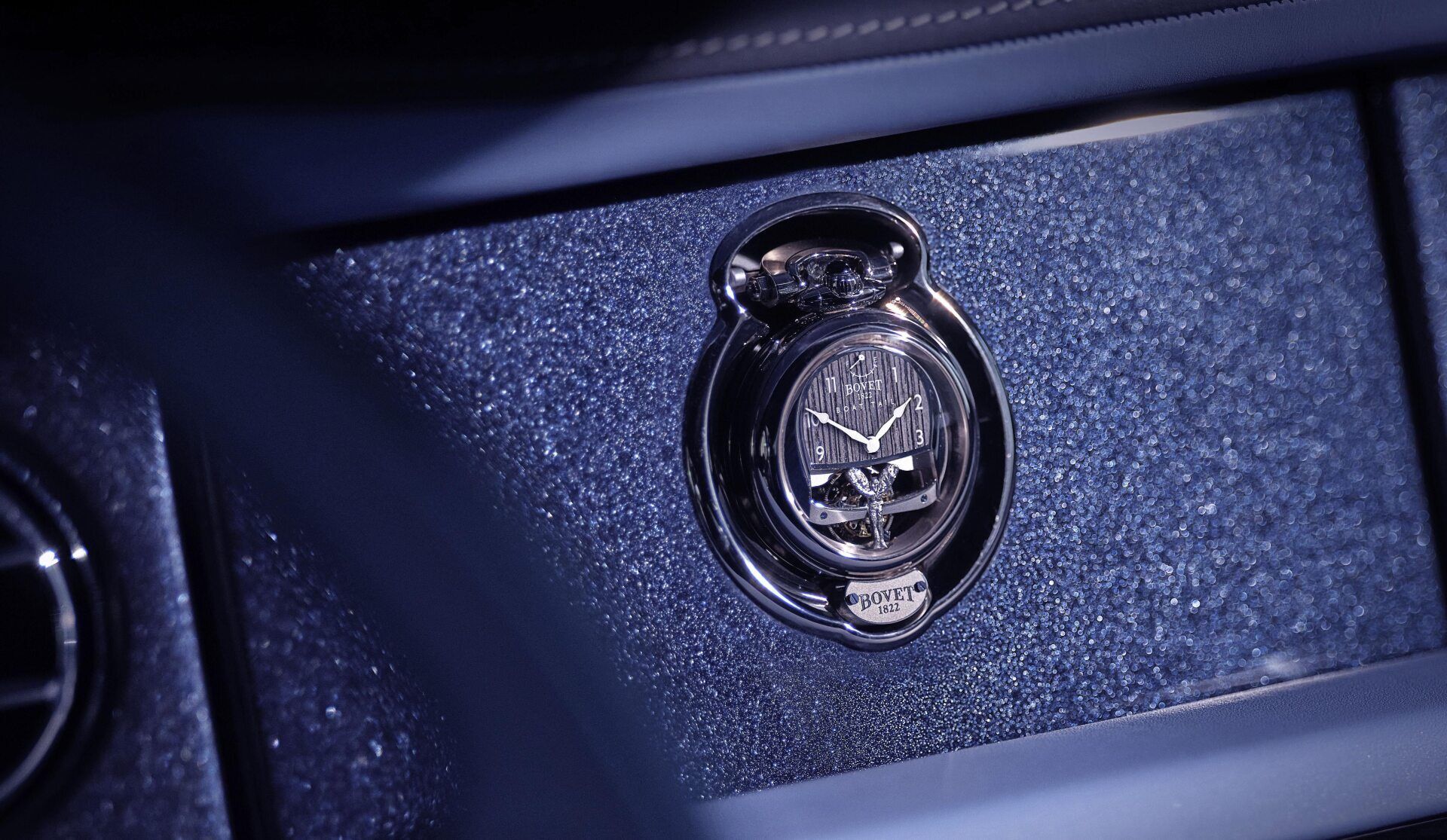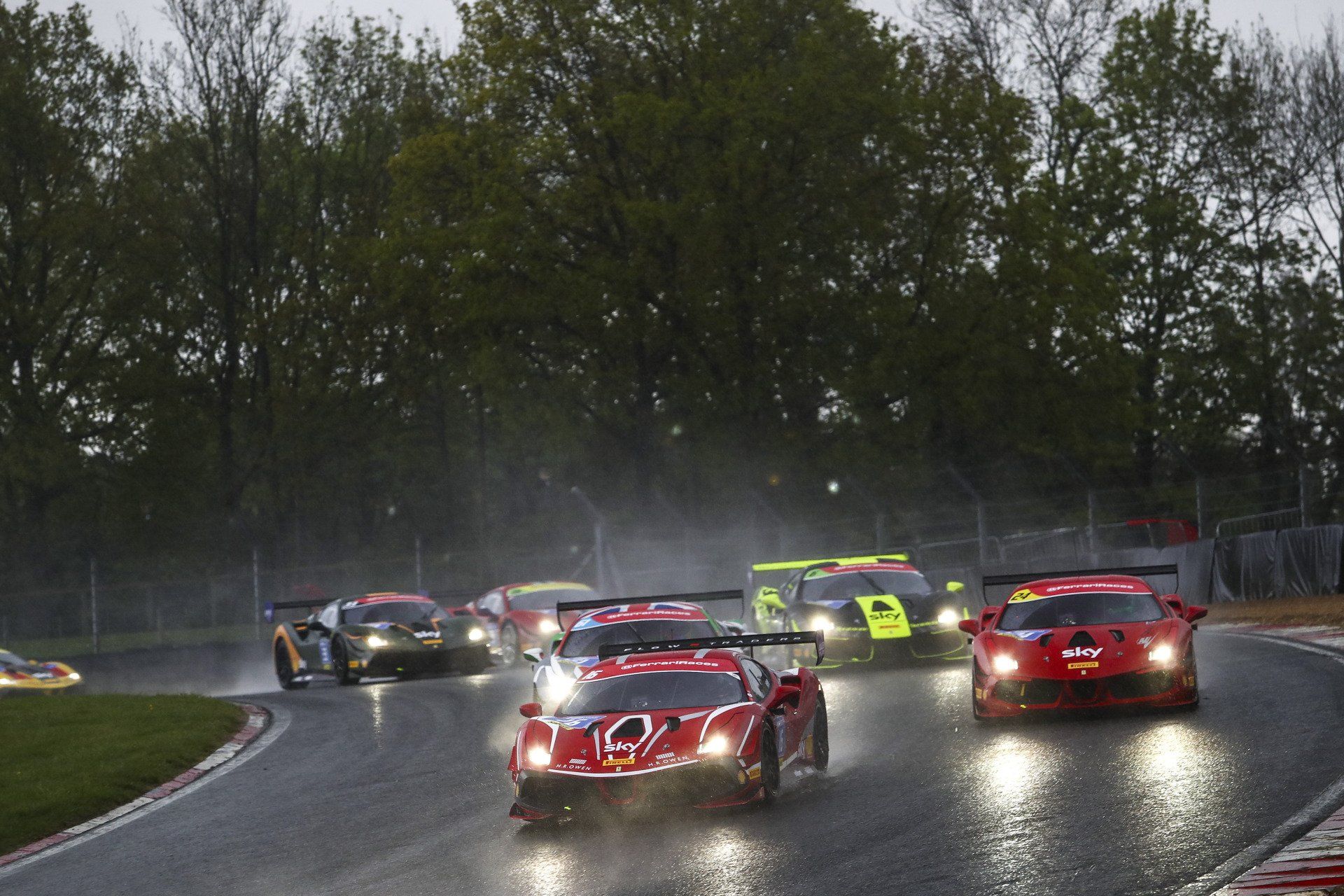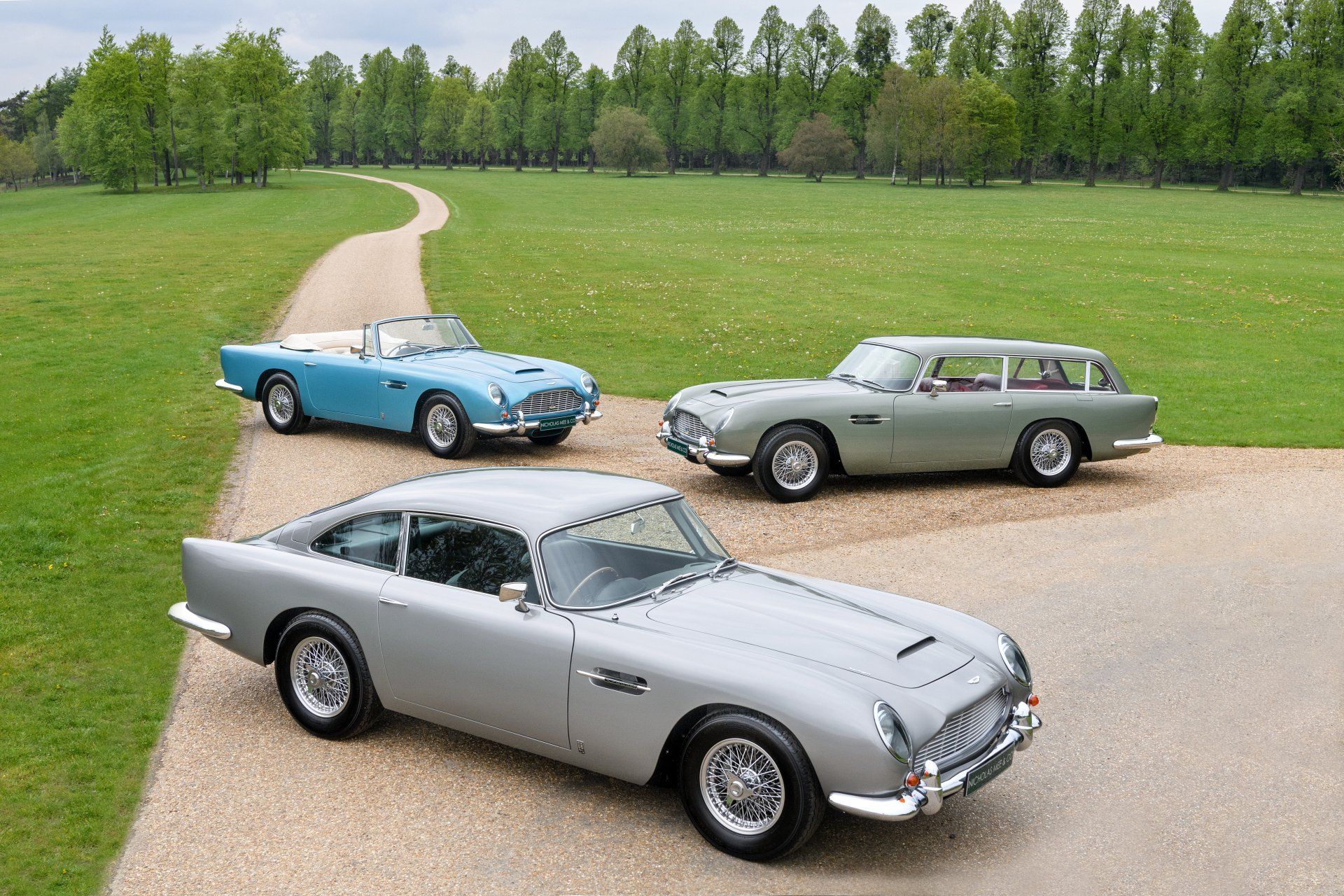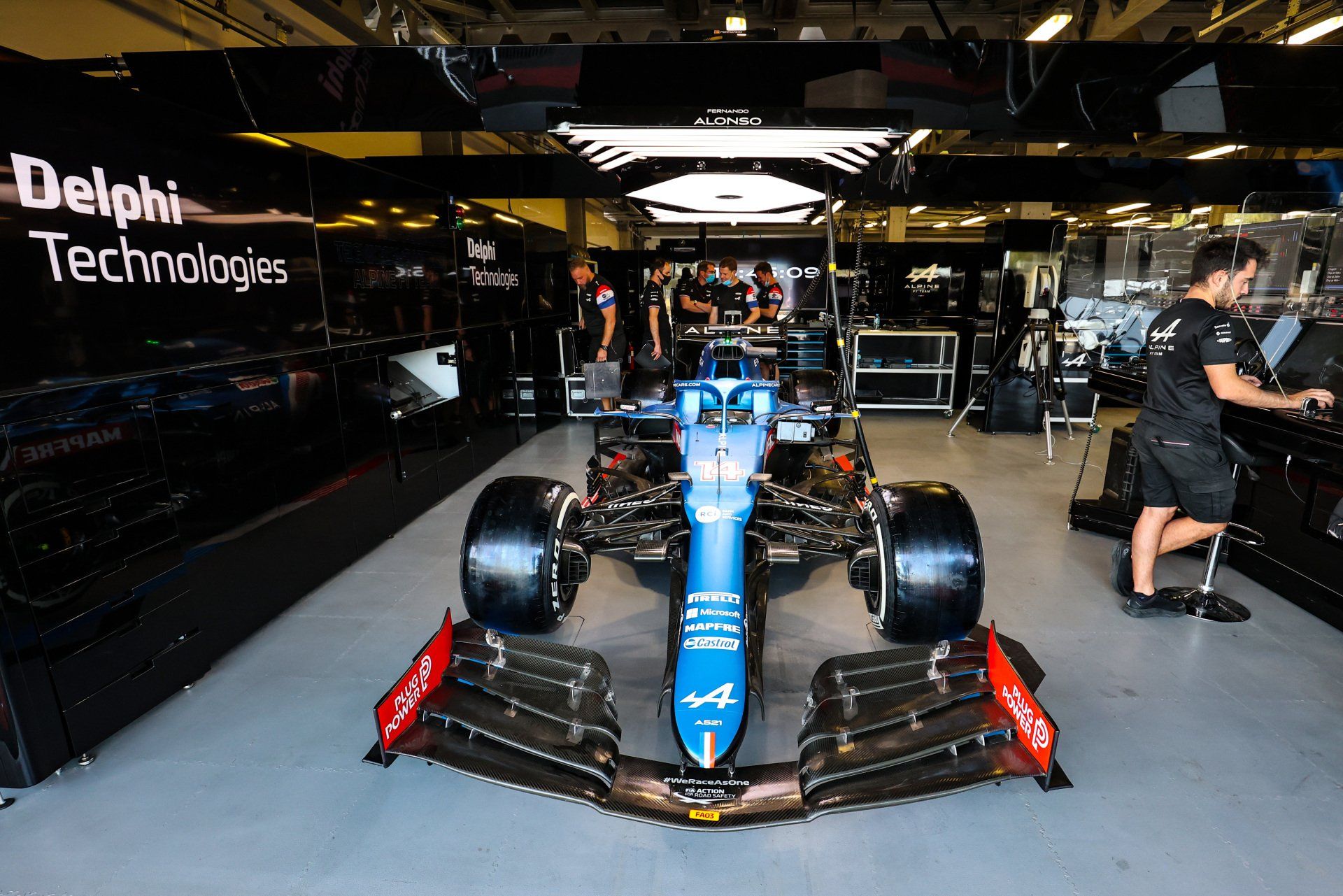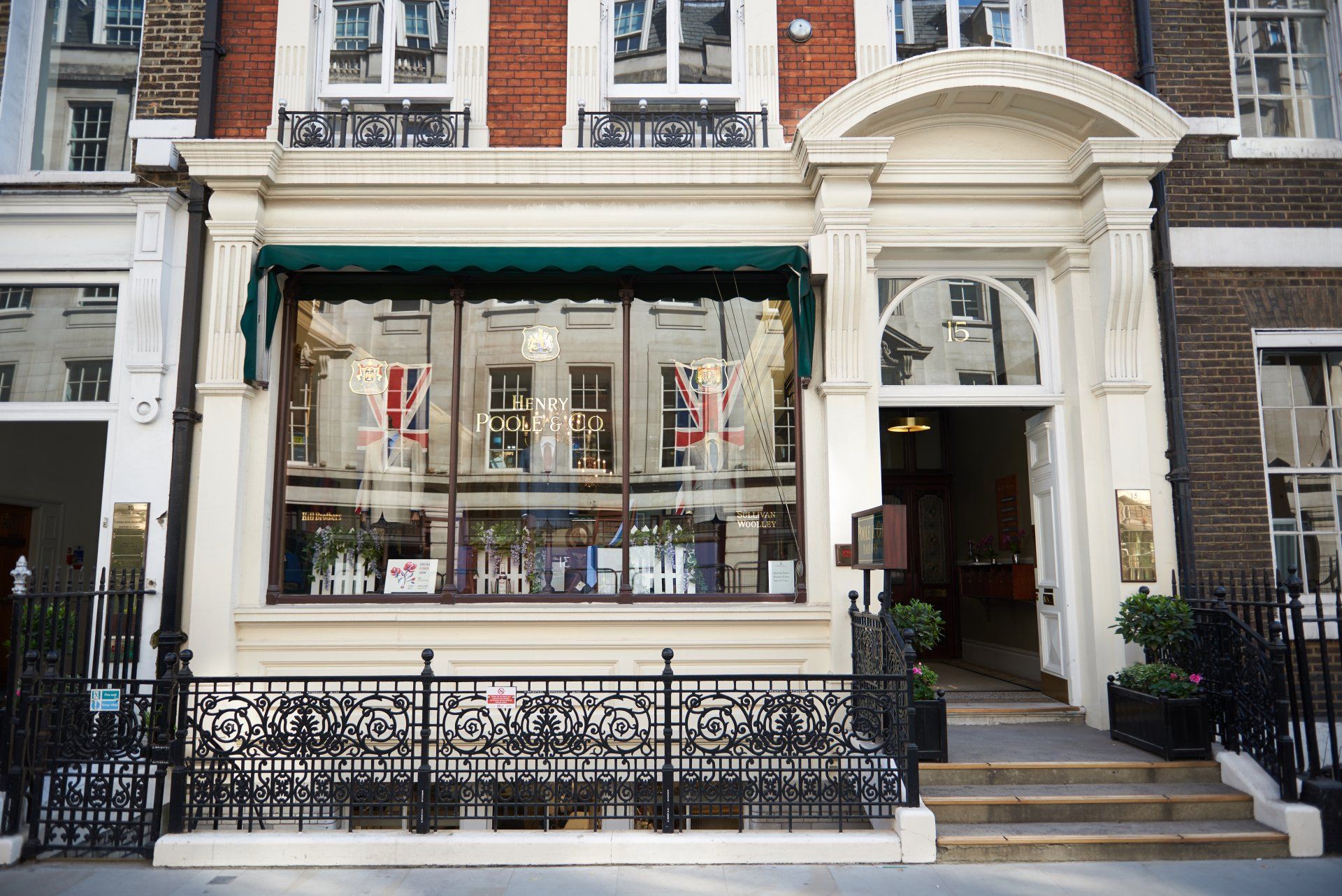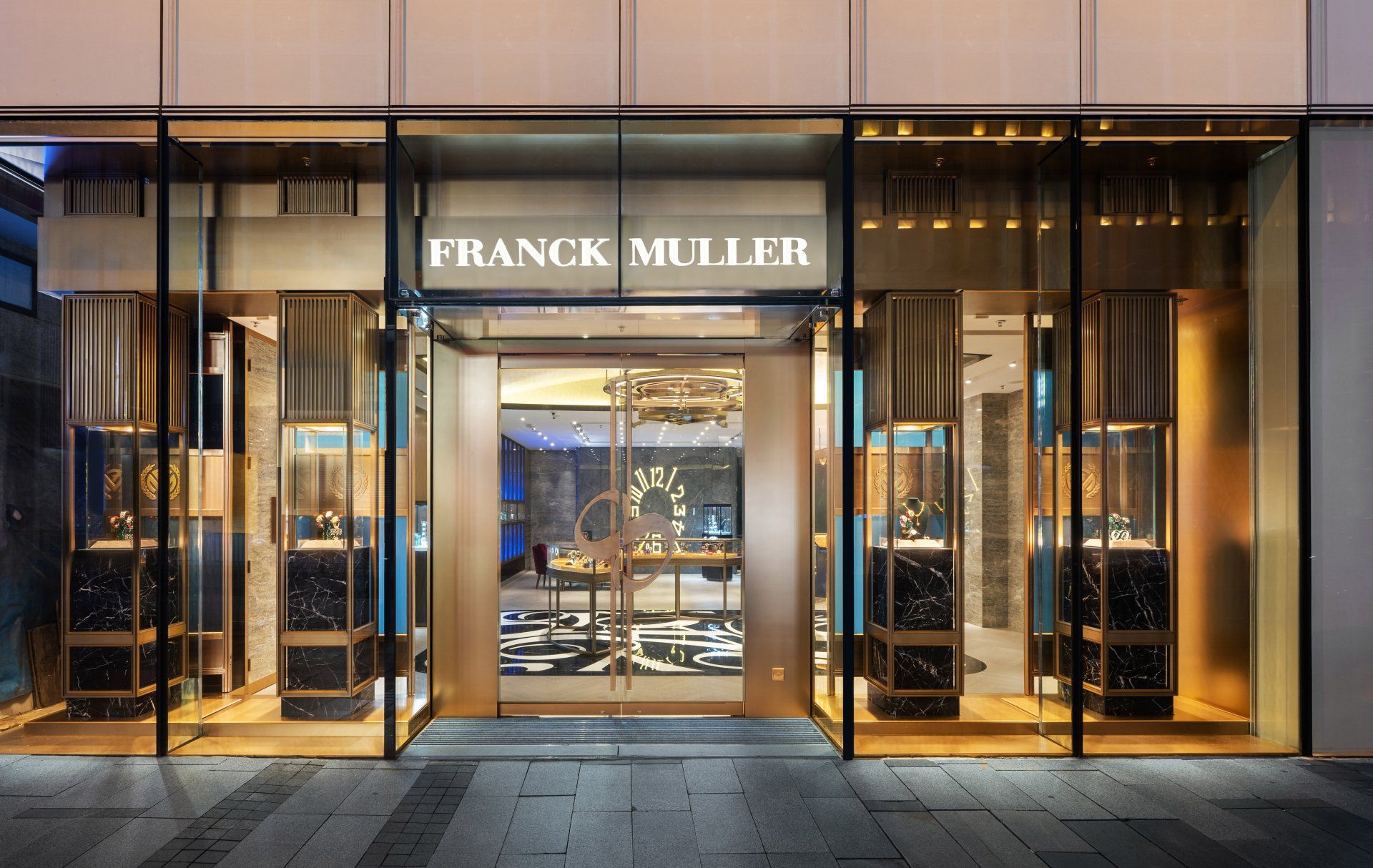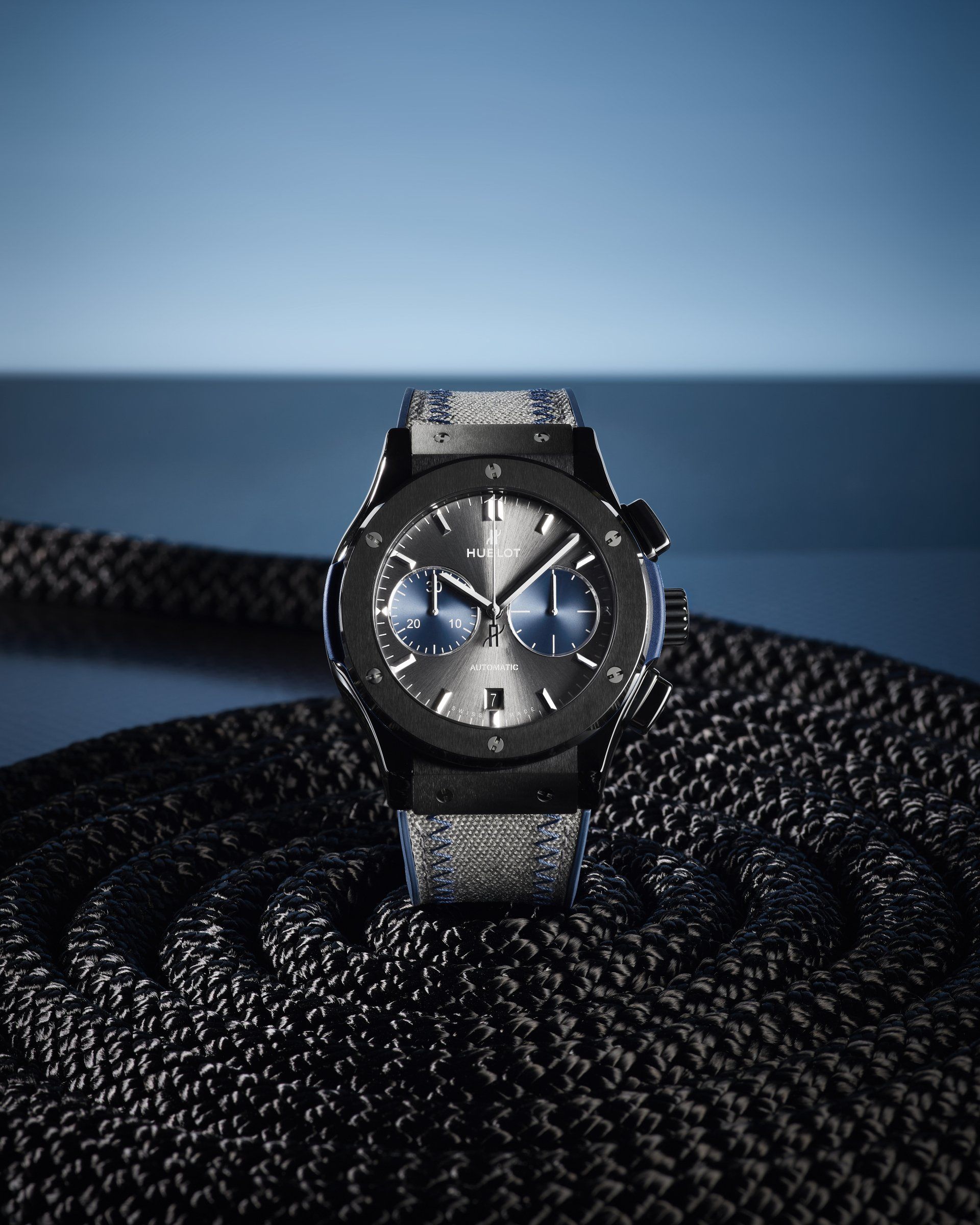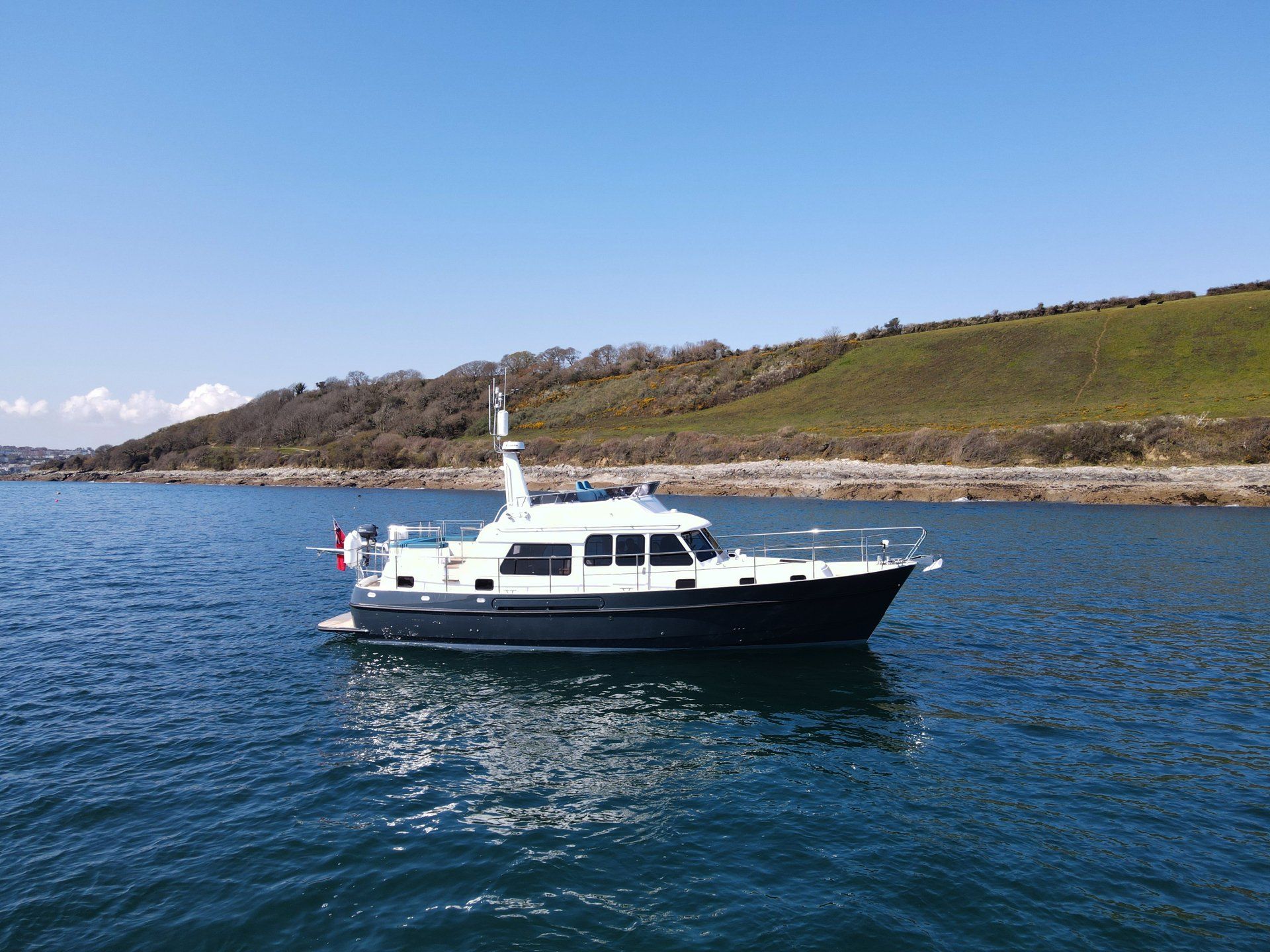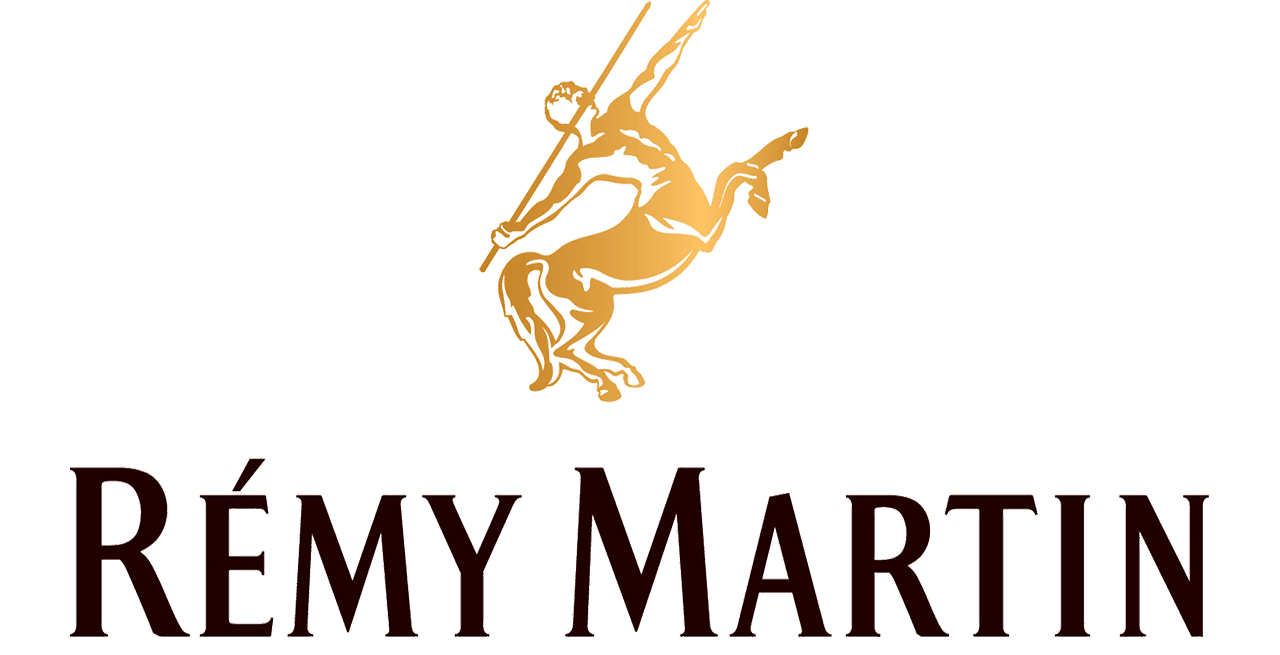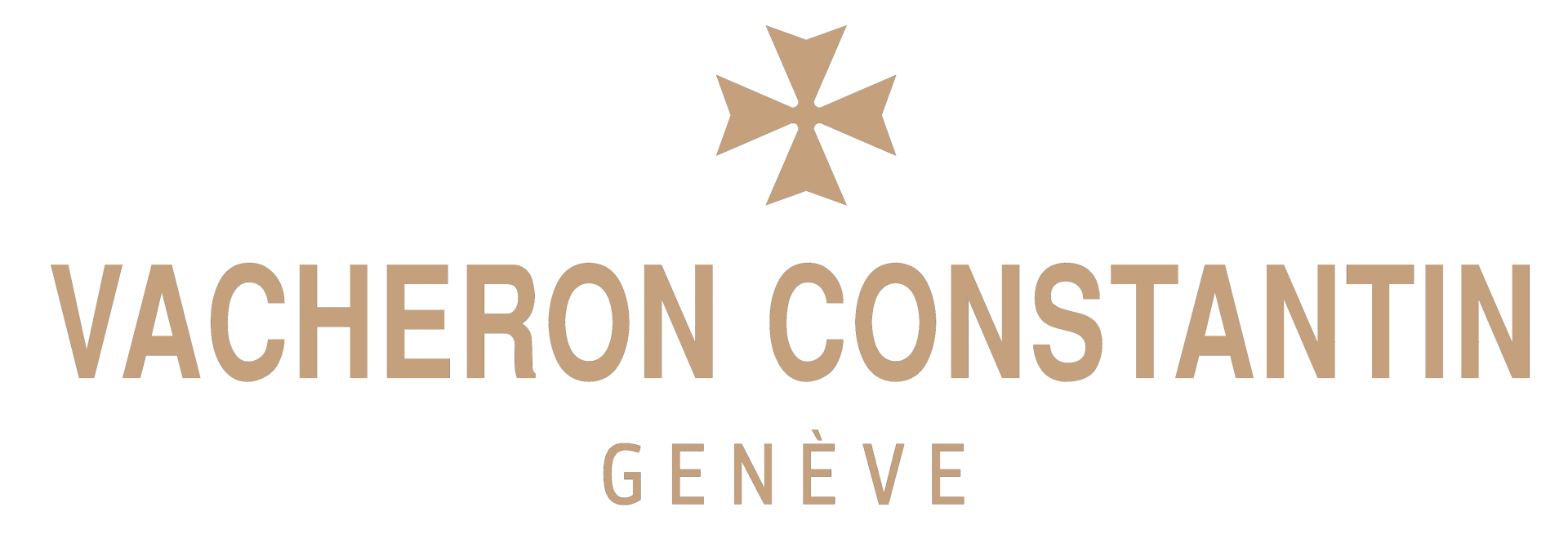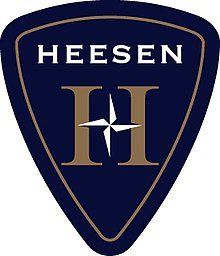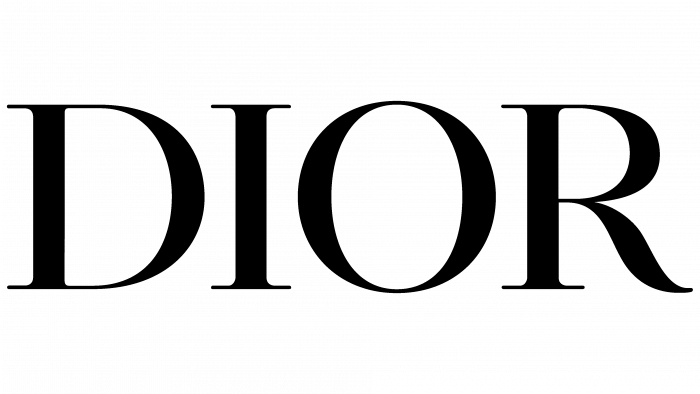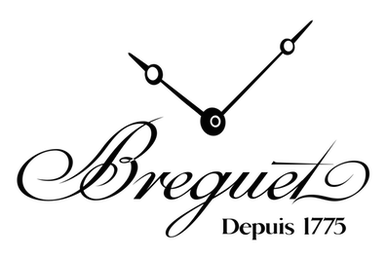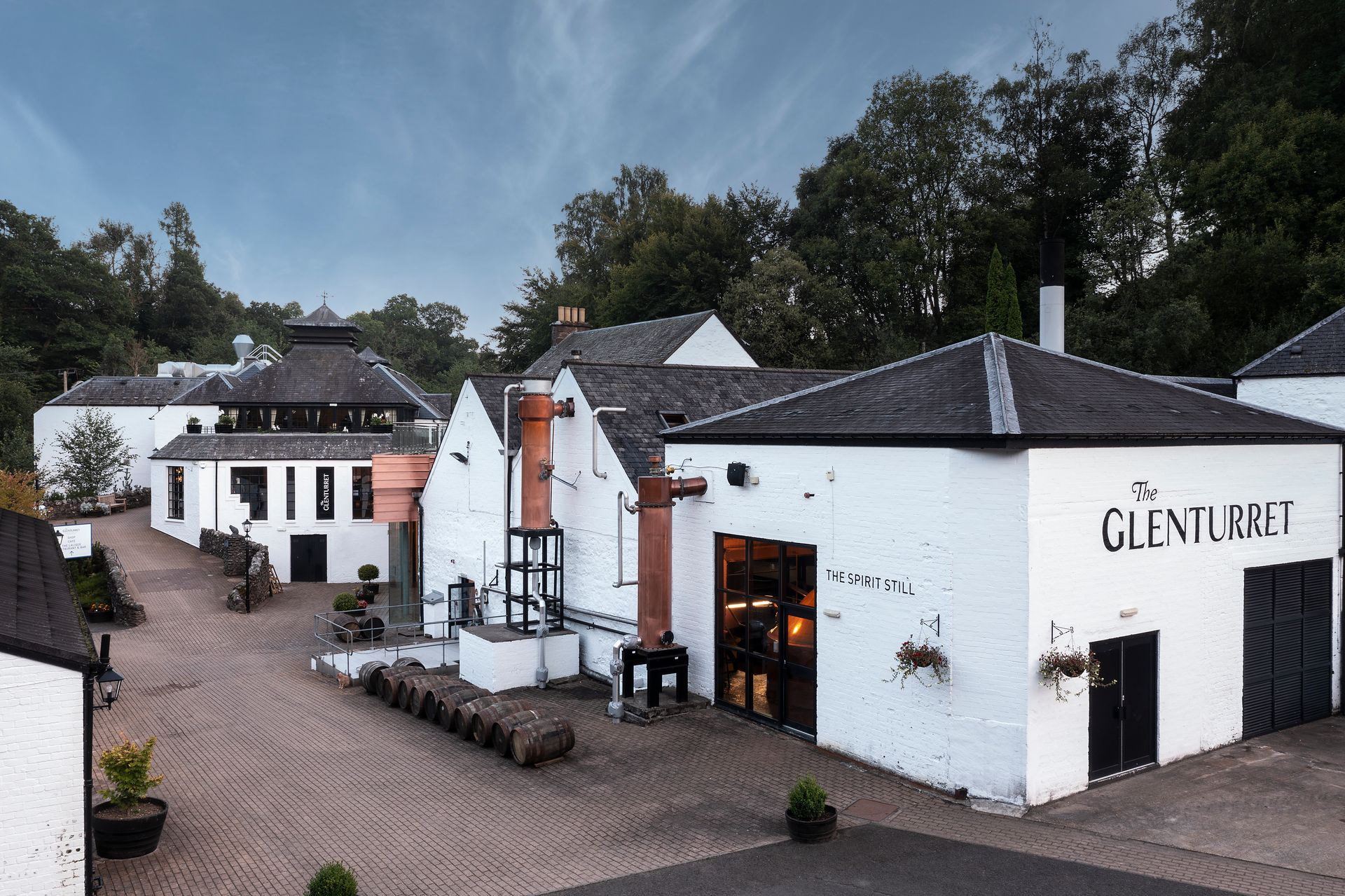
The Glenturret Lalique With Mark Donald
Q1: Tell us about your background and journey into the culinary world.
Unorthodox, I don't have any formal qualifications and did not attend culinary school, but that's not to say I didn't receive an education or training.
My career started with a job in a kitchen washing the dishes and progressed from there. I worked hard and learnt everything I could in each job, taking any opportunity given. Each time I moved jobs, I moved up into the next position. Sometimes, a move backwards in title was a move forward due to the establishment. My journey was hands-on.
Q2: What inspired you to become a chef and pursue this career?
I always wanted to follow a more creative path. My first choice was to study drama and become an actor. I was a bit of a joker in our crew, and I actually started working in a kitchen for extra cash while I was applying to university.
It just kind of stuck. I love the theatre of the restaurant world and the camaraderie in the kitchen. Still, the discipline and organisation appealed too. In a way, the kitchen blended everything together and gave me a creative outlet at the same time.
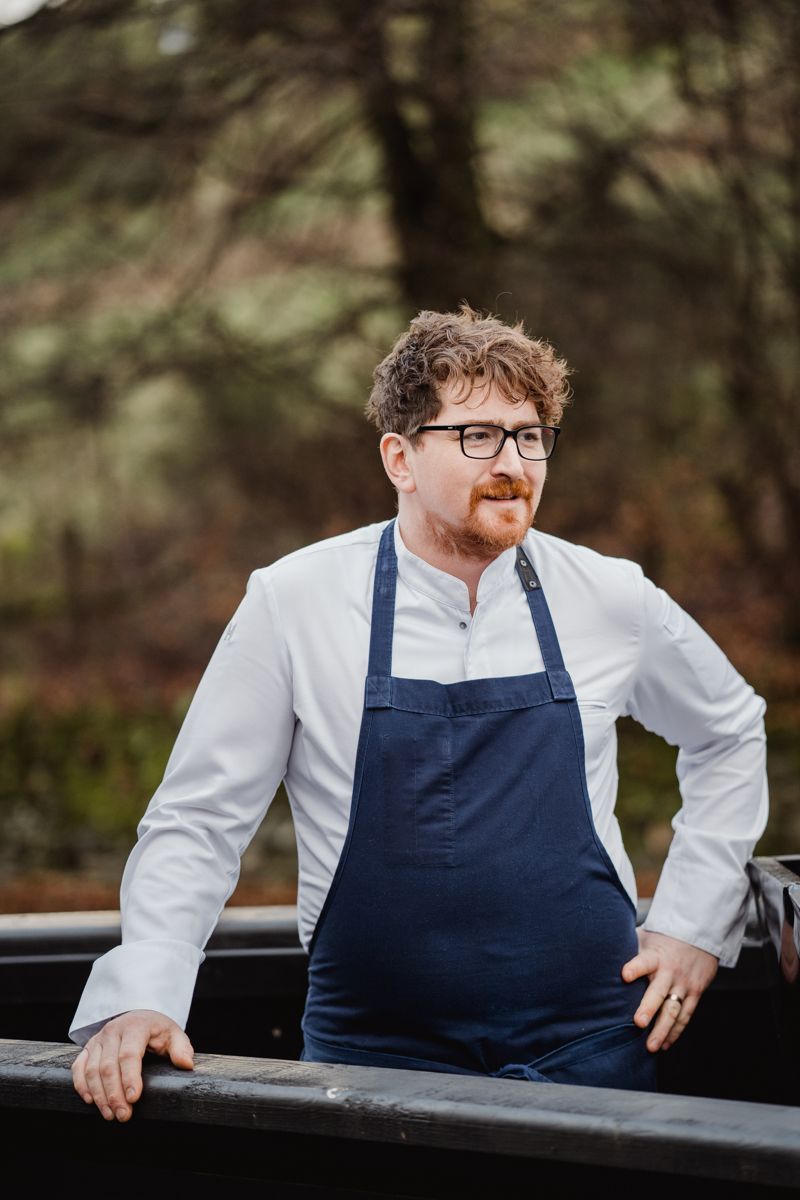
Q3: Your culinary experiences in Copenhagen, London, and Australia are quite diverse. How have these experiences influenced your cooking style and approach?
There are positives and negatives in the journey, and I have learnt from each and retrospectively enjoyed them all. Different countries and locations have different vibes, too, as well as produce, guest culture, etc. I believe that diversity is pretty essential, it changed not only how I cook but also how I manage.
If I had stayed, for example, in the London Michelin scene, then who knows what I would be like today? Moving around not only different establishments and styles but different cultures, I think, has made me a better chef in many ways. The intensity of London, the appreciation of wild food in Copenhagen, and the lightness and fun of Sydney all contributed in their own way. Travel has to be the greatest gift for a chef, but also the development and evolution of self.
Street food, different ingredients or even nights out all contribute creatively. One of the dishes I have on my lunch menu is an ode to nights out after work in Sydney.
The Golden Century was a big chef late-night hangout with lazy susans piled high. I came back from holiday in Australia a few months ago and, of course, revisited the restaurant, so back home in Scotland, I introduced a wood pigeon dish with white asparagus and XO cockles on the lunch menu directly inspired by the XO pipi’s dish I ordered every time I was there.
Q4: The Glenturret Lalique is located inside a distillery. Do you use whisky in your cooking?
To a degree, yes, we do, but not the classical whisky sauce style of cooking - it's less traditional. We use not only the whisky itself but other elements of the distillation and whisky-making process, extracting sugar syrup from the cooked barley they use to make the whisky or cooking with the peat for a ‘tody’ but ours is with lobster heads and bodies. There are other touch points and nuances throughout the meal, but they are very carefully curated. It is not a whisky menu.
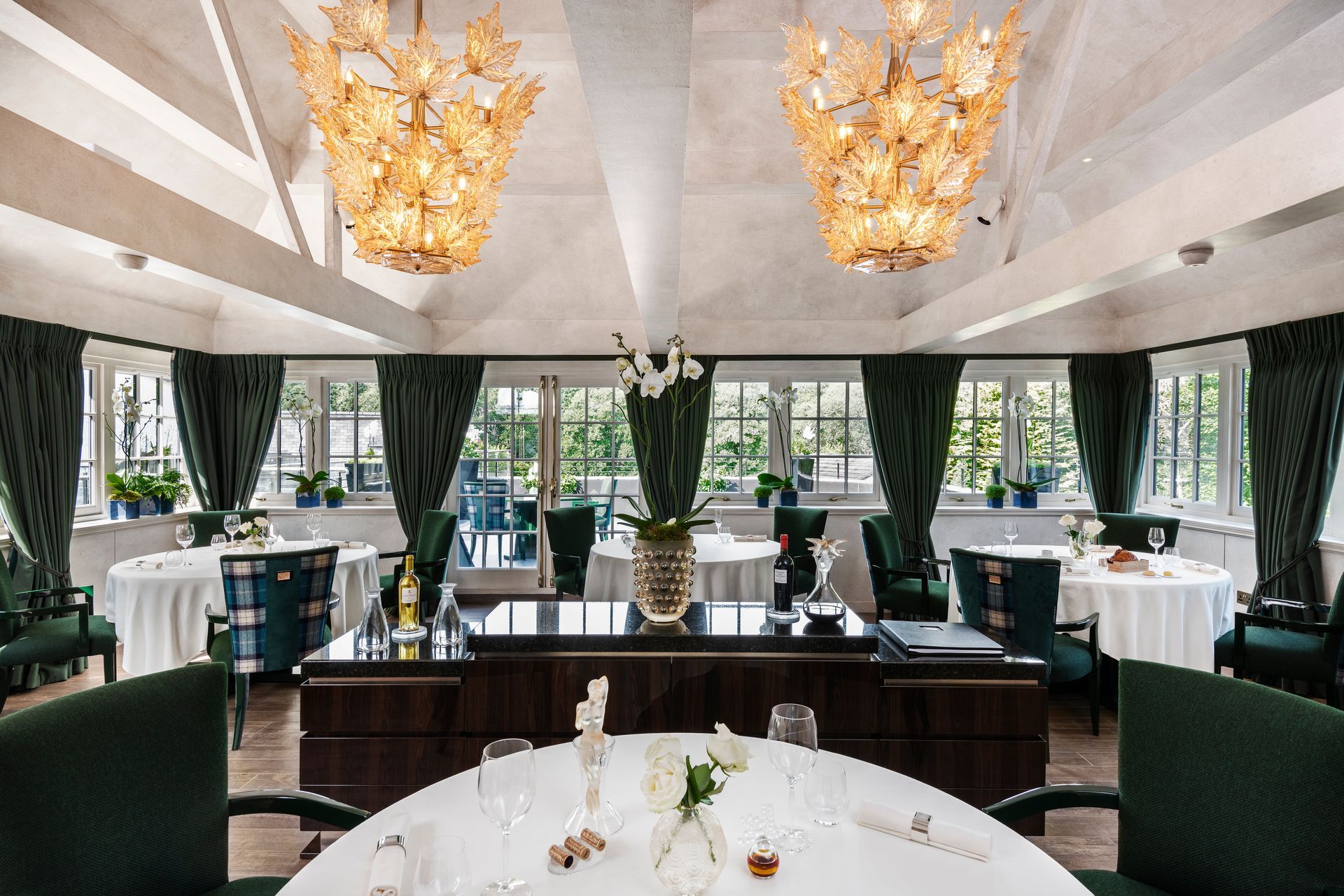
Q5: How does the distillery influence your menu?
The Glenturret is the oldest working distillery in Scotland, and they have a motto ‘By hand and heart”, and I feel those words they could easily apply to my approach to cooking. I’m not a young boy who is looking for glory. It's more about authenticity, cooking with a sense of where I am, a sense of place, and for me, after all the travelling, that is a return home.
It’s a great team here, from whisky makers and retail collaborations to phenomenal wine lists and cocktail creations. It's a dynamic hub, everyone pushing forward with enjoyment and from a place of legacy and respect for what is around us. We are all on the same path and it's nice to have influences that are not just culinary. It's fun - that Glasgow humour is never too far away, but it also has a heart connection to where I am.
Q6: When diners visit the Glenturret Lalique, what can they expect?
Depends on what you are looking for - you can enjoy a whisky tour followed by lunch or dinner or just come to eat.
The restaurant has 28 seats max, and we do not turn tables. The room is beautiful, with cool music and an engaging, friendly service that is knowledgeable and efficient but in no way pompous. For dinner, we serve a tasting menu, and the plateware is a mixture of local artists and bespoke pieces made for us by Lalique.
Lunch is served in the bar and a more casual informal setting, but all from the same kitchen.
Q7: What are your signature dishes?
I don’t really have any, but there are some that are quite nostalgic to me, so more of a link to Glasgow and Scotland.
The Tattie Scone is an essential fried breakfast friend - a delicious thin slice of potato bread perfectly designed to crisp once it has soaked up all the flavour from the salty bacon oil left in the pan.
Ours is slightly different, lighter and, for a complete twist, served with truffle and a rather large dollop of caviar - Tattie scone but not as you know it. Likewise, a nice hot toddy (whisky, ginger, honey and hot water) can ward off many a cold. Our lobster toddy is a warm broth cooked with lobster heads and body served with ‘lobster knuckle sandwich’, and that's another story.
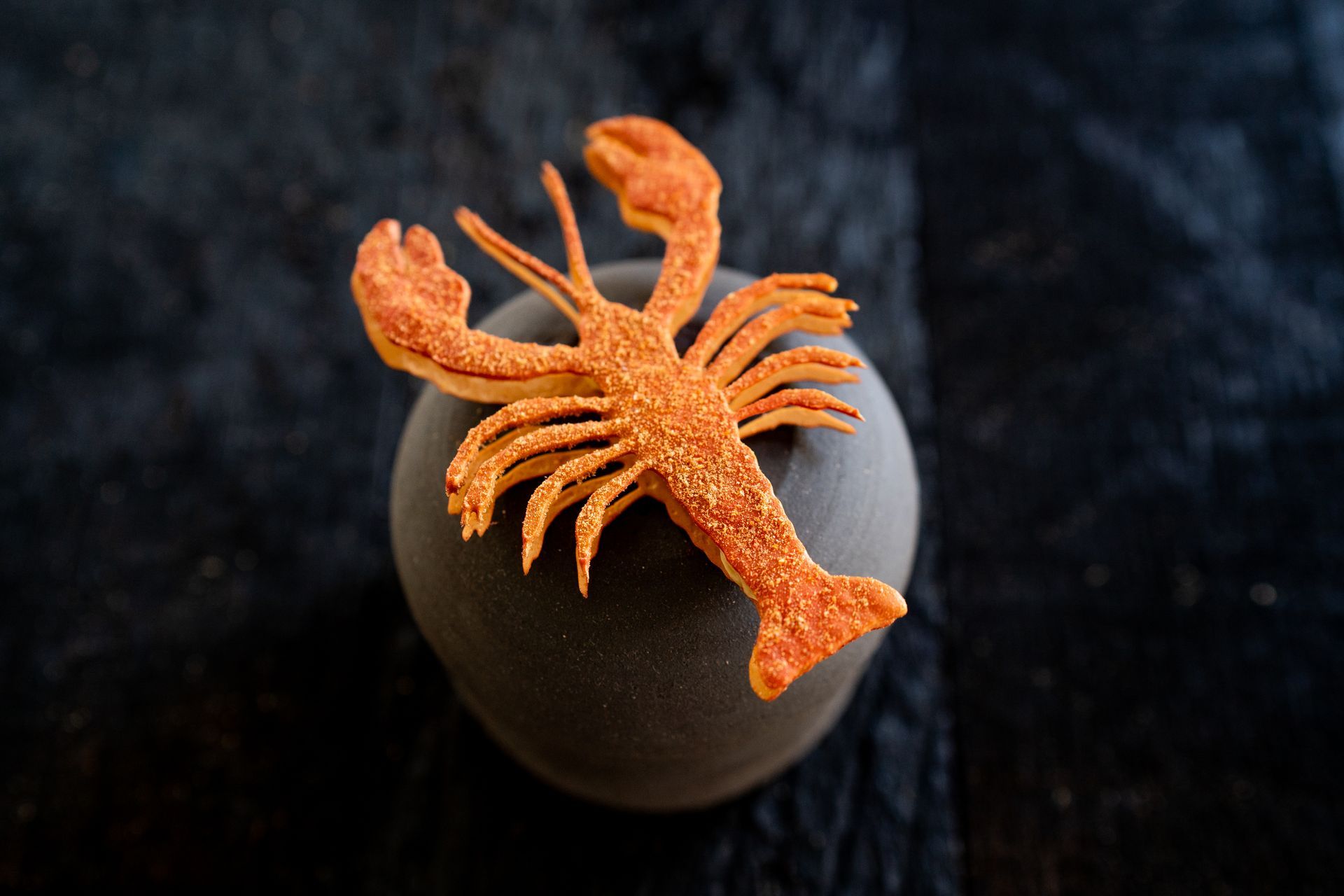
Perhaps the bread is more of a signature. Bread is served as a course. After a few tastes and bites, we serve the bread, and it's a thing. The symbolism of breaking bread together sets an energy that I think is important.
A malted barley sourdough using whole malted barley from the distillery; the whole process takes 3 days. The bread is glazed with a reduction of malt syrup and served with four accompaniments: butter we culture and make in-house, smoked brown butter, highland vinaigrette and honey from my neighbour Mary.
Bread is a bit of a feature throughout the menu with the Tattie Scone, and in the lobster course, there is a bit of a play on a knuckle sandwich and then the bread course. If I were Rabbie Bruns, I would write an ode to the bread, and we could pipe it in as we bring it to the table.
Q8: Looking back on your journey in the restaurant world, what advice would you give to your younger self as you were entering this industry?
Get more sleep. Also, take more notes, collect more recipes on the computer as you go - back yourself more - travel more - believe in the process; it's going to be challenging and absolutely get more sleep!
Q9: What is your biggest achievement to date?
It's about now. Who I am, the jigsaw pieces of my life, have all come together. I have collected and nurtured a fantastic team that makes every day I come to work something to look forward to, and I really appreciate how rare that moment is. I have an amazing team front and back of the house. A Roux scholar, a national chef of the year, and Scotland's best pastry chef, all award-winning in their own right. They are brave, and we enjoy what we do.
All the jigsaw pieces are fitting, and that’s not just luck. We got the first Michelin star after only seven months of opening, and it was a fantastic, a great celebration, but it's the day-to-day with these guys that makes me most proud.
Q10: If you could eat one thing for the rest of your life, what would it be?
Vegetables. A million different flavours with seasonal changes, so there is always something to look forward to and exciting new discoveries when you travel. I would never be bored.
